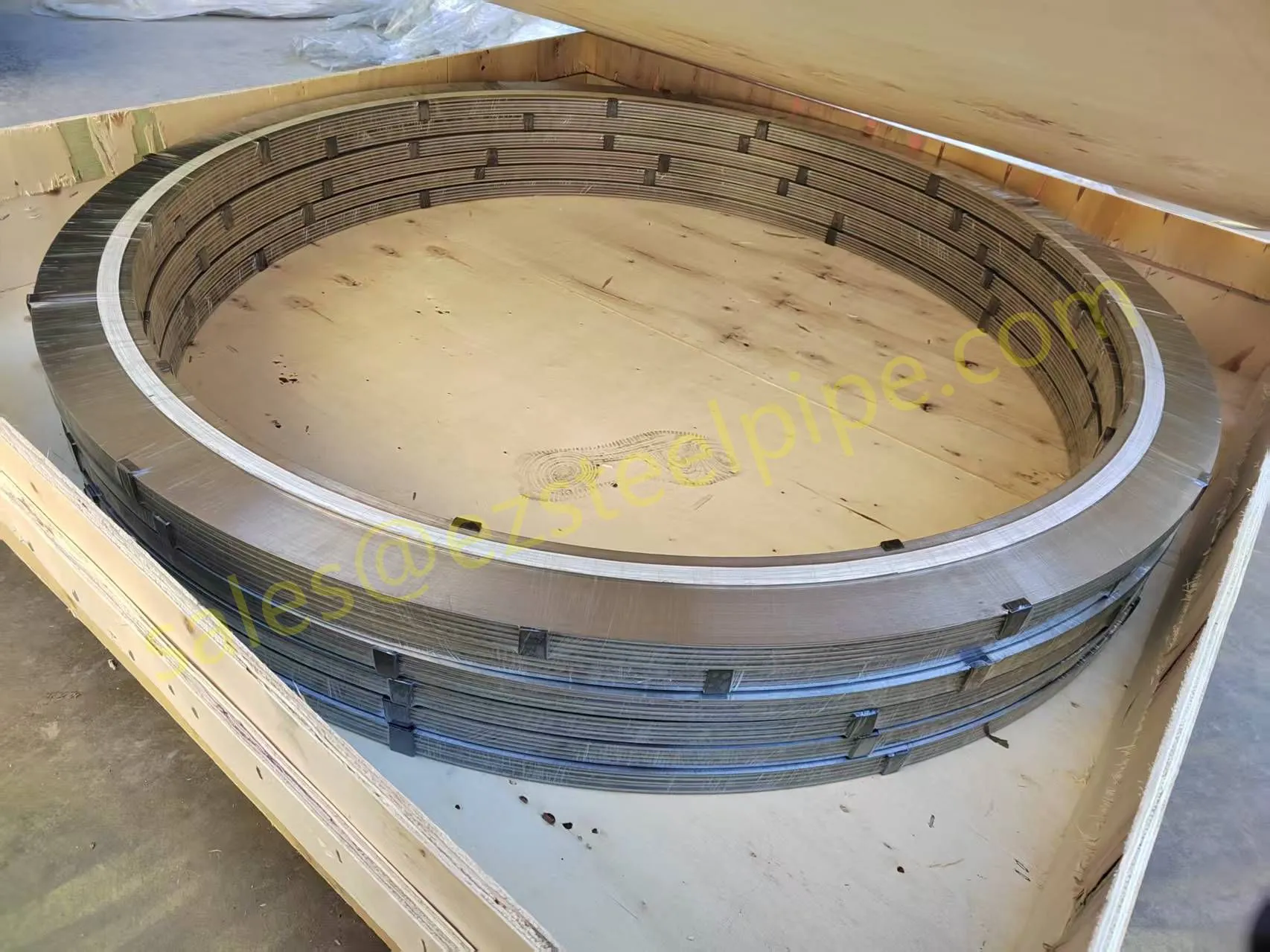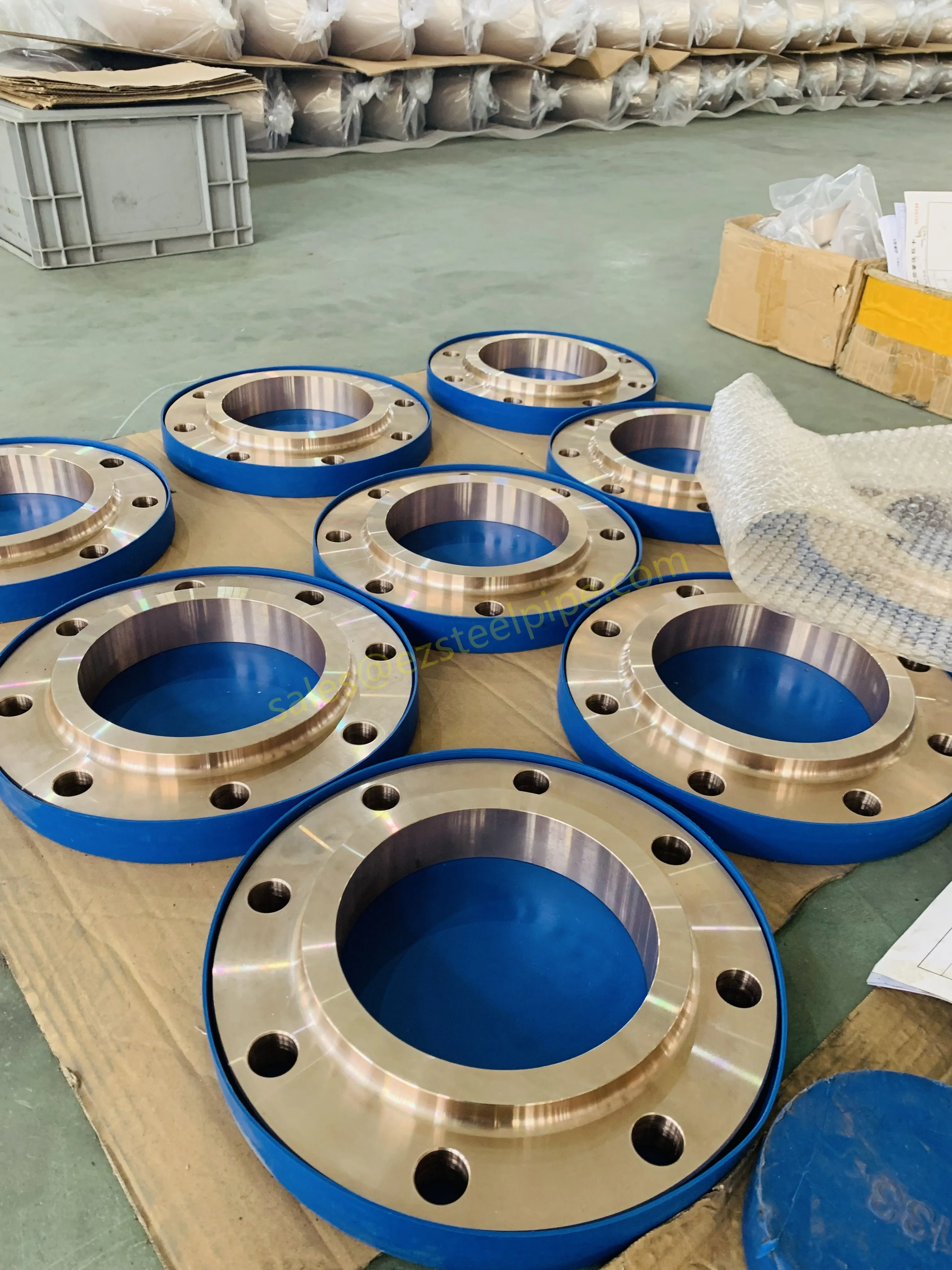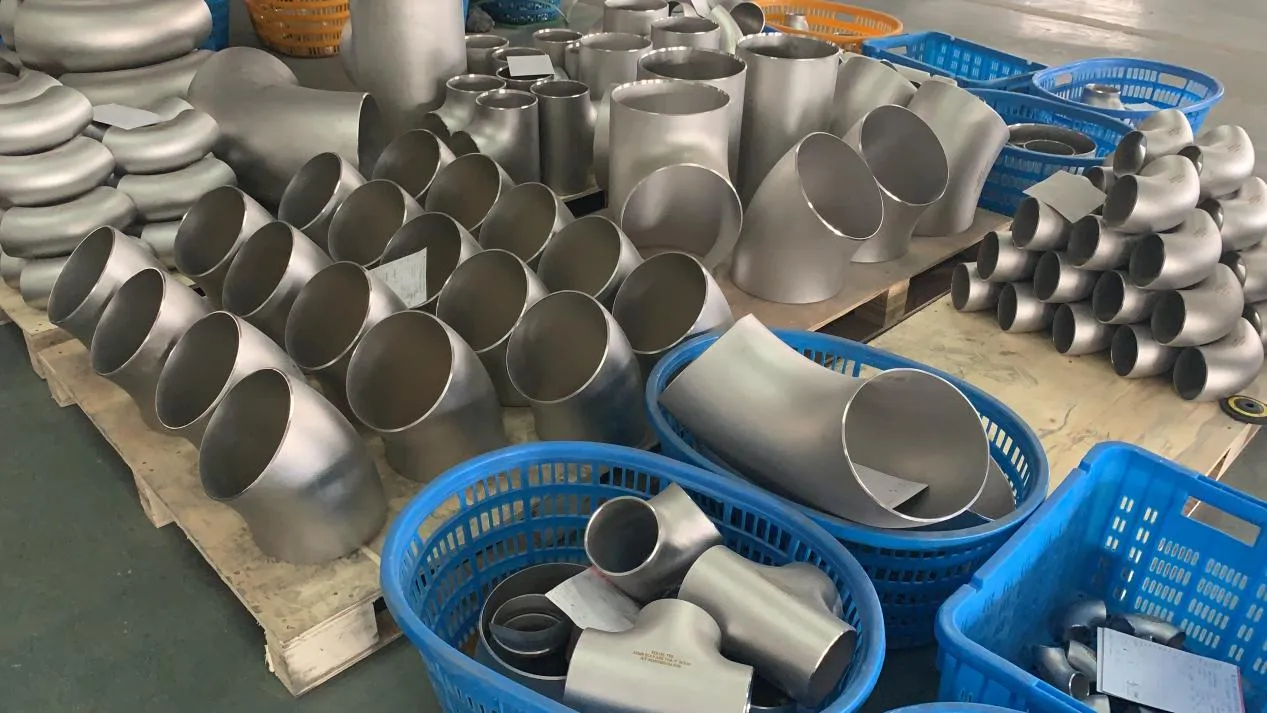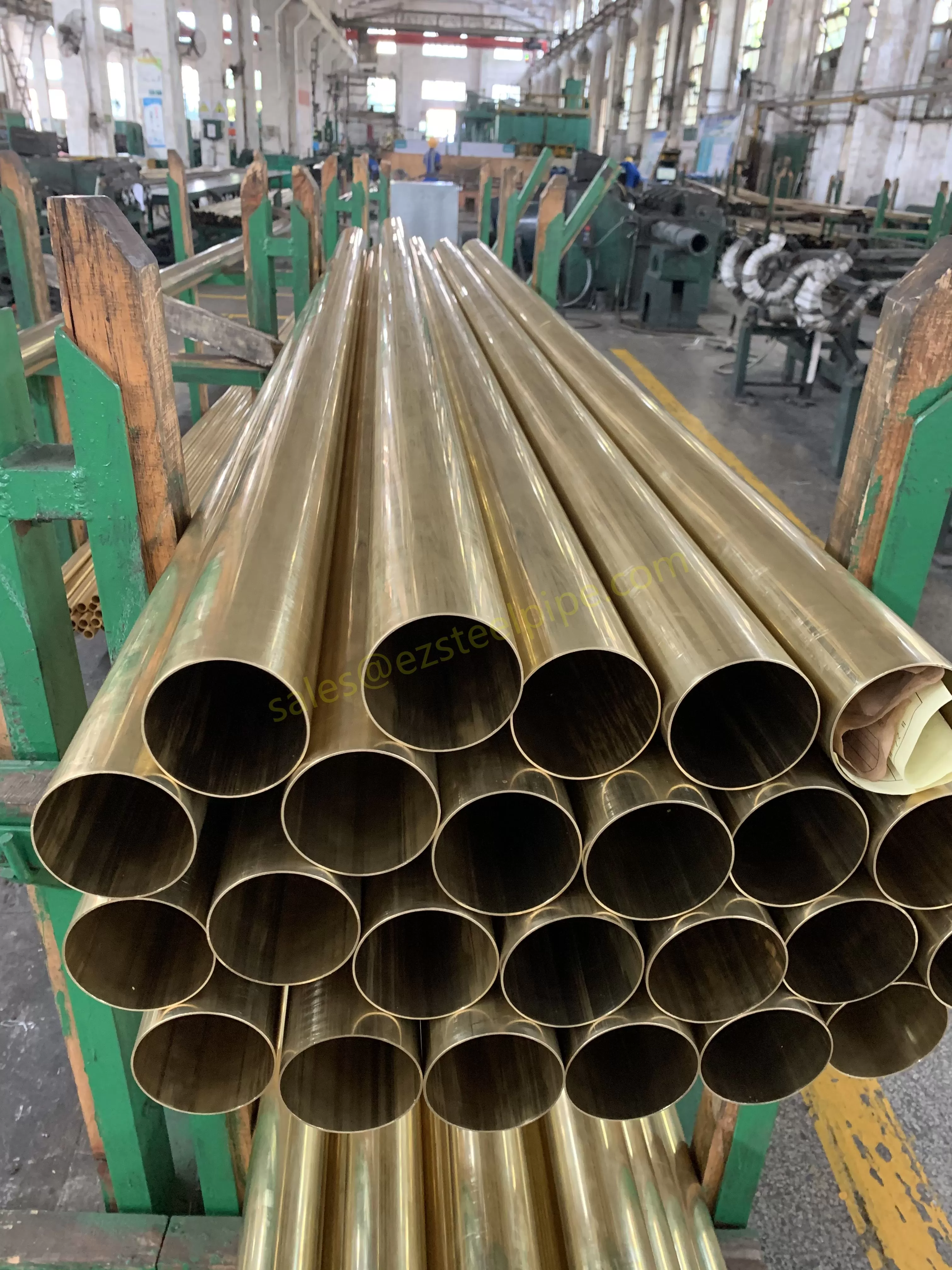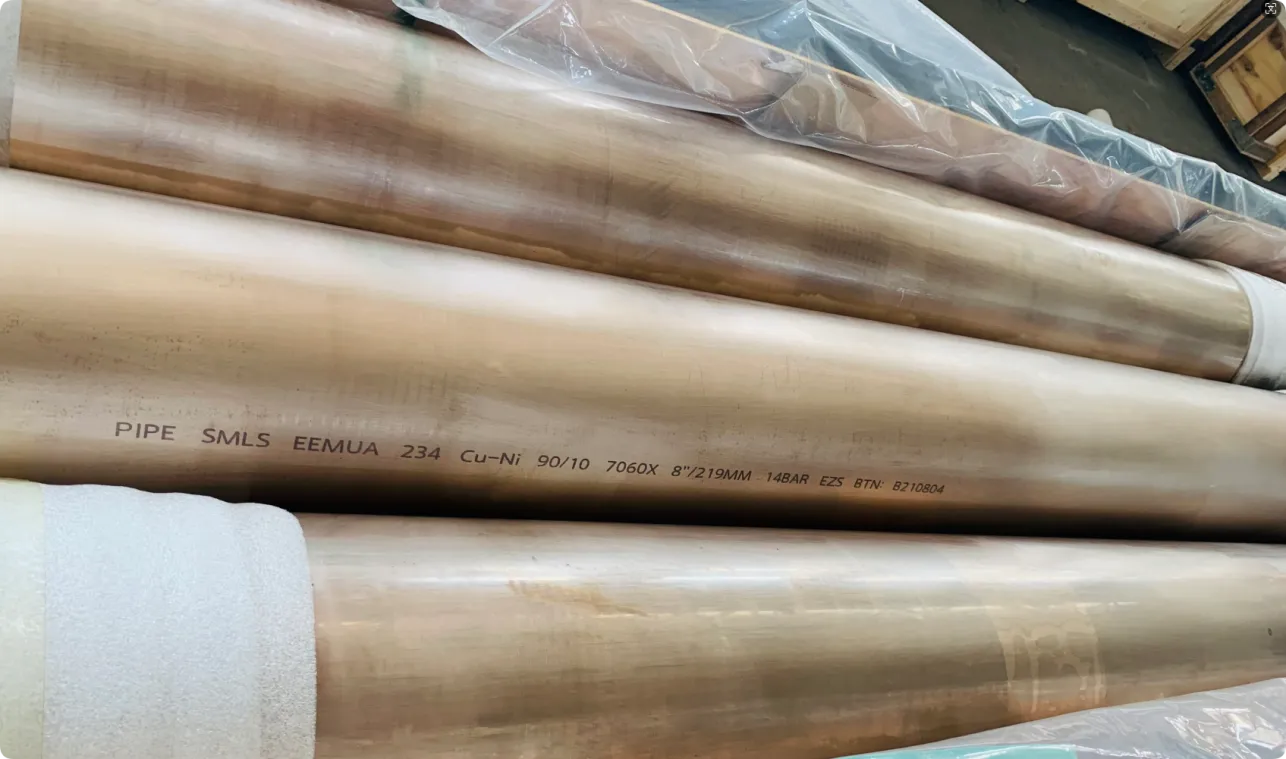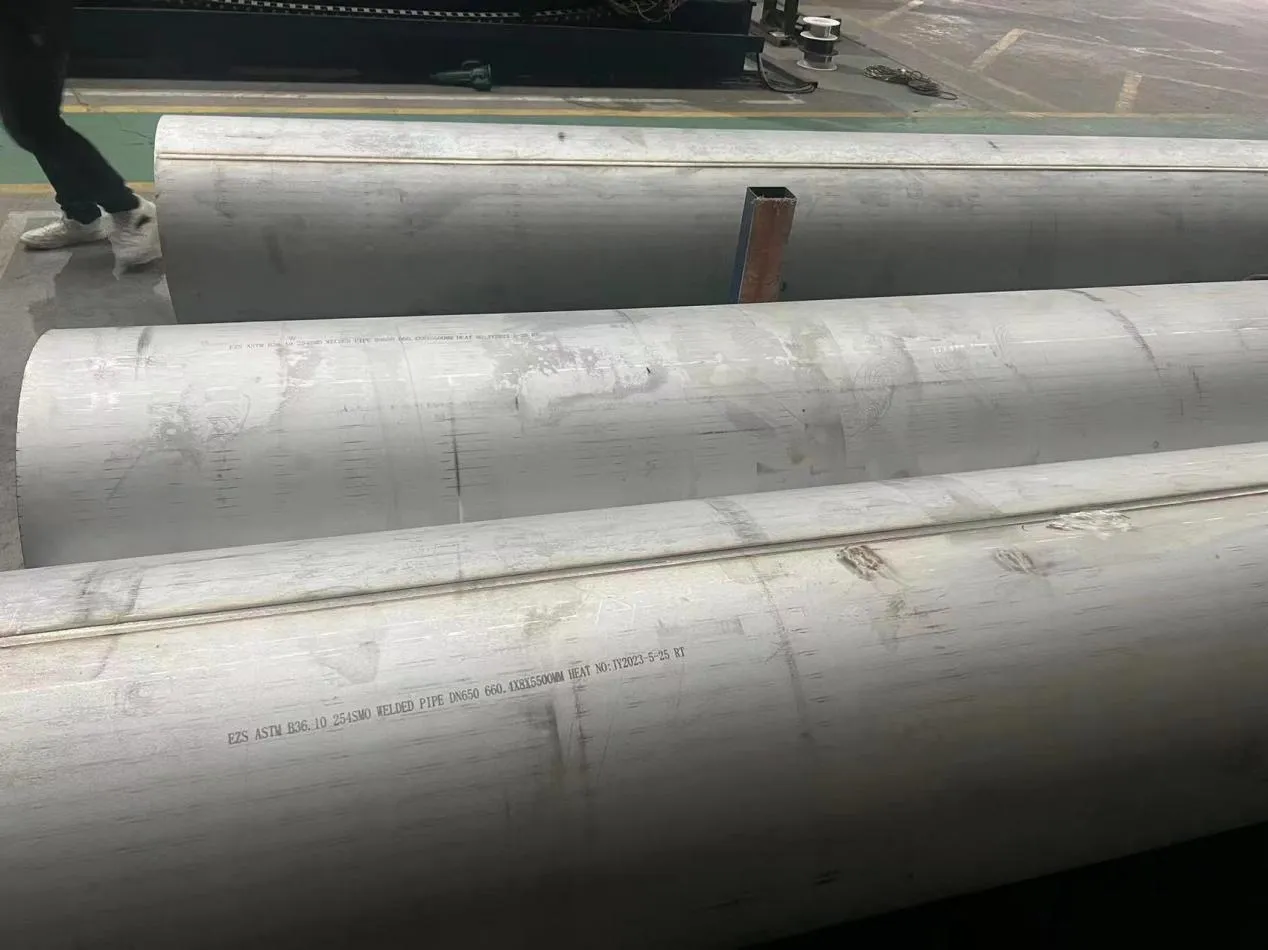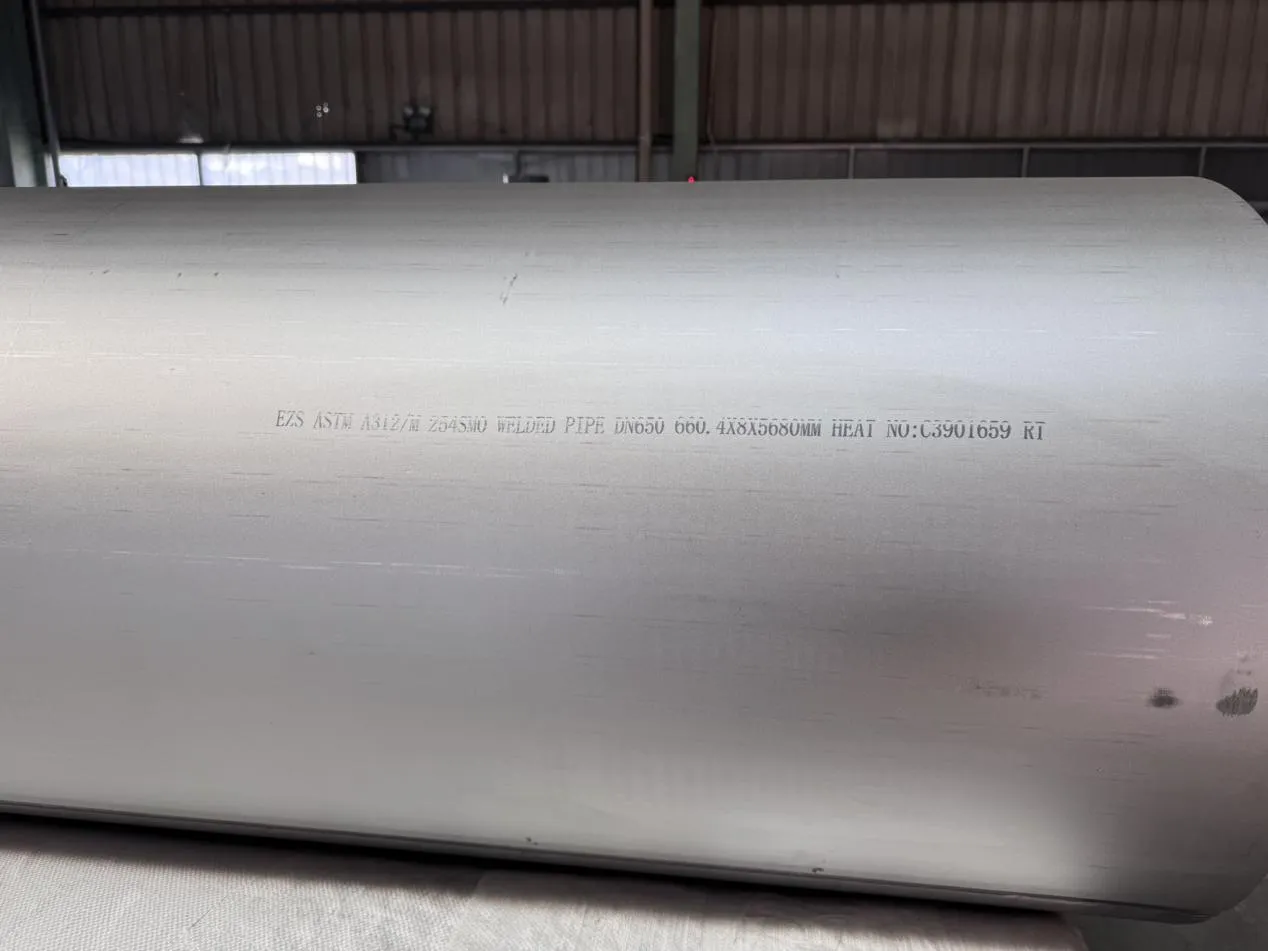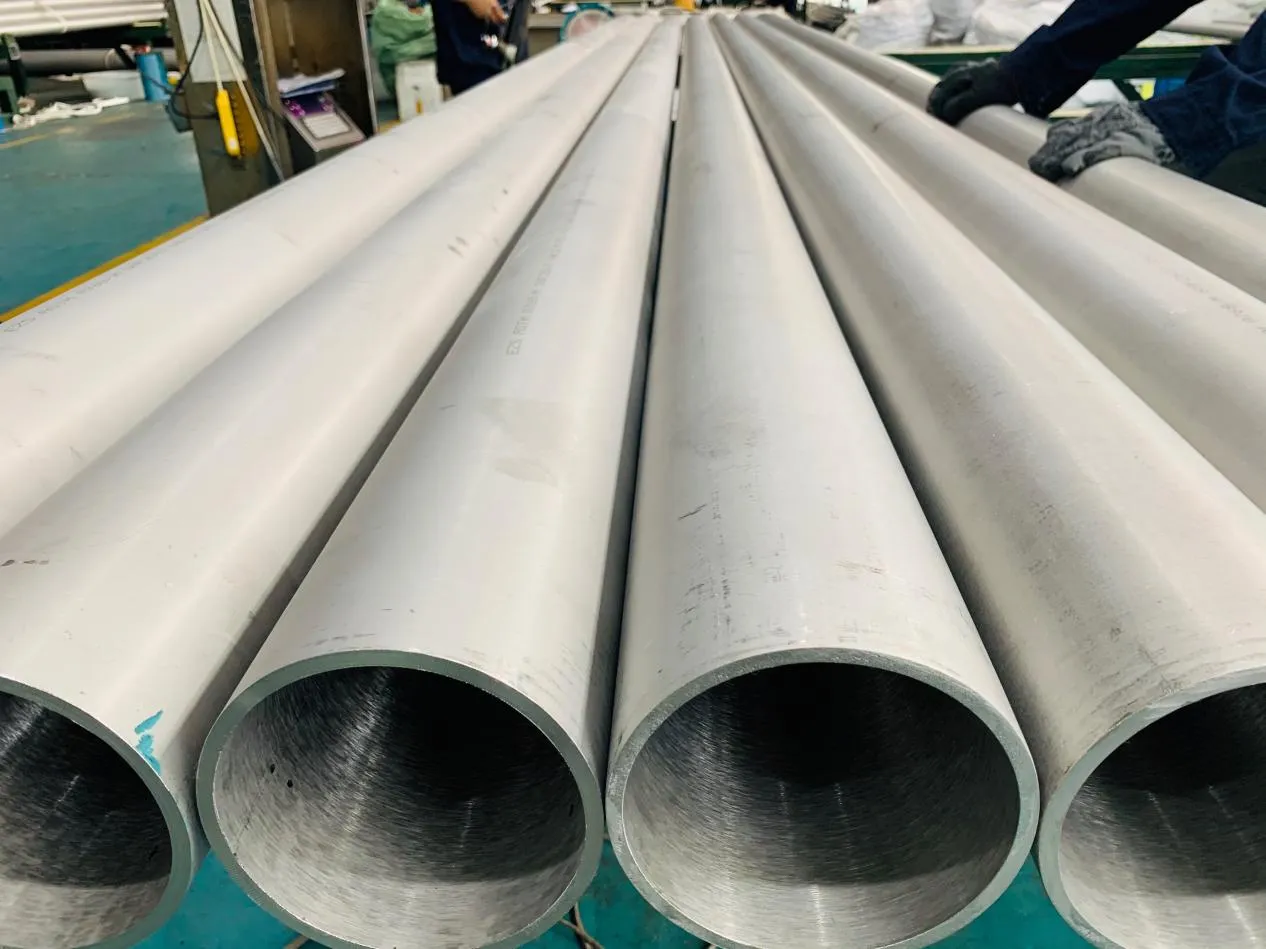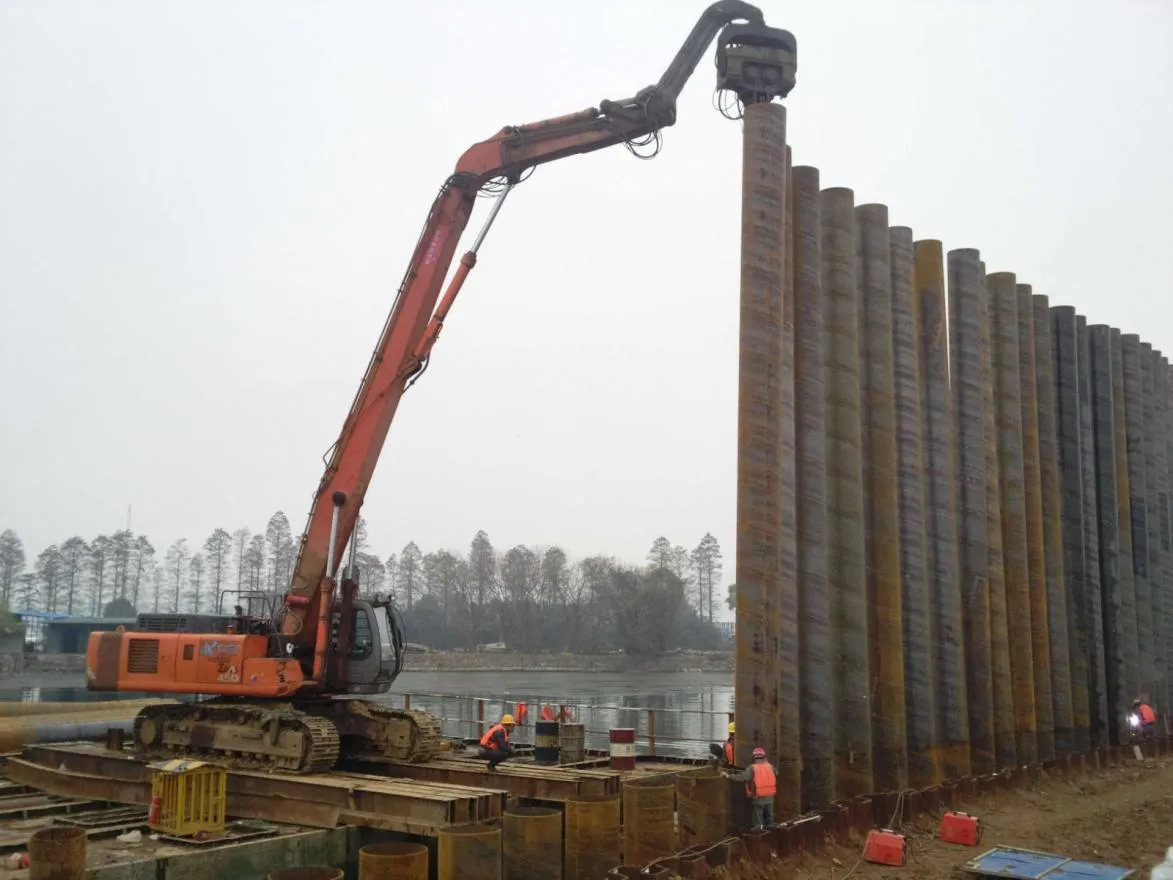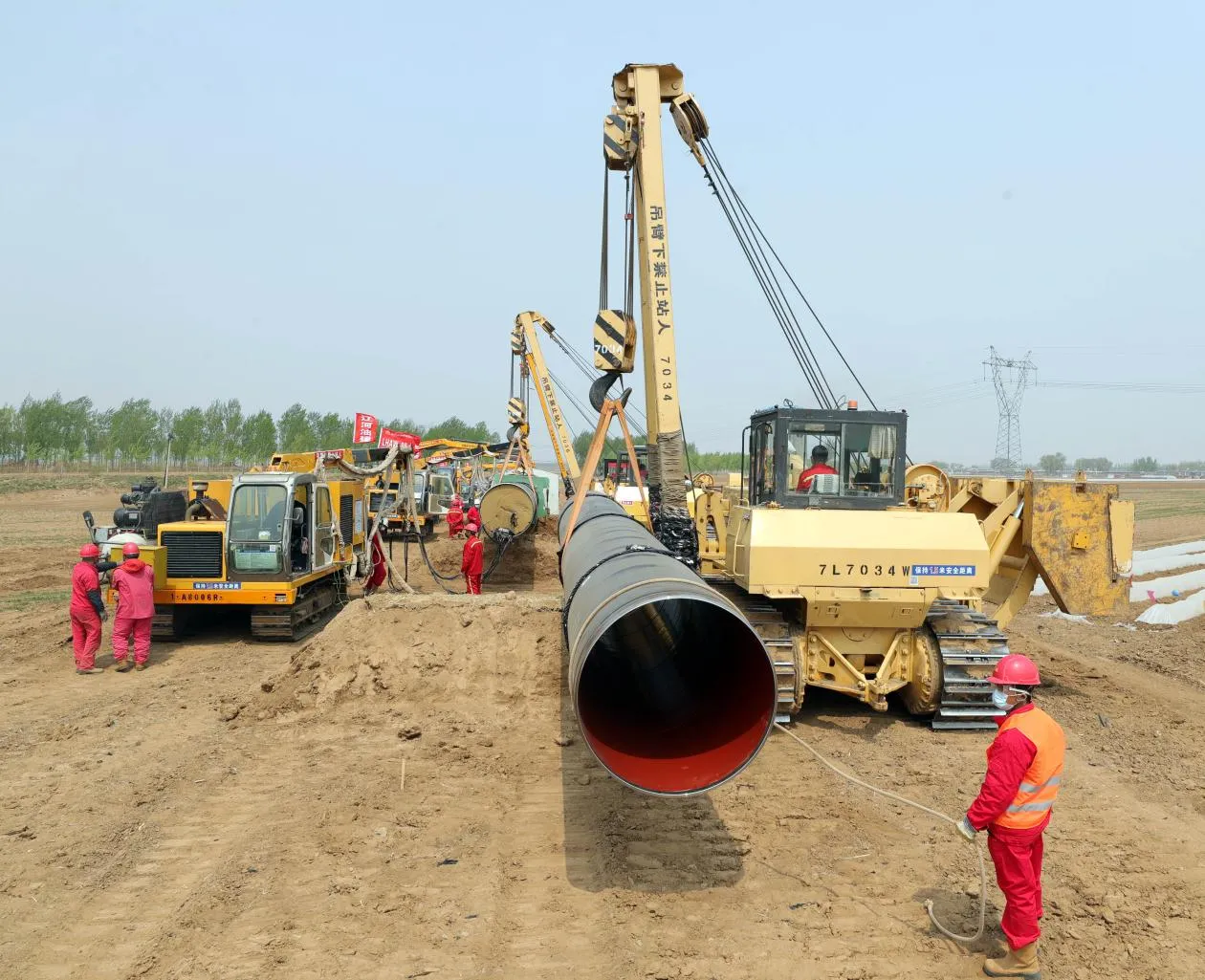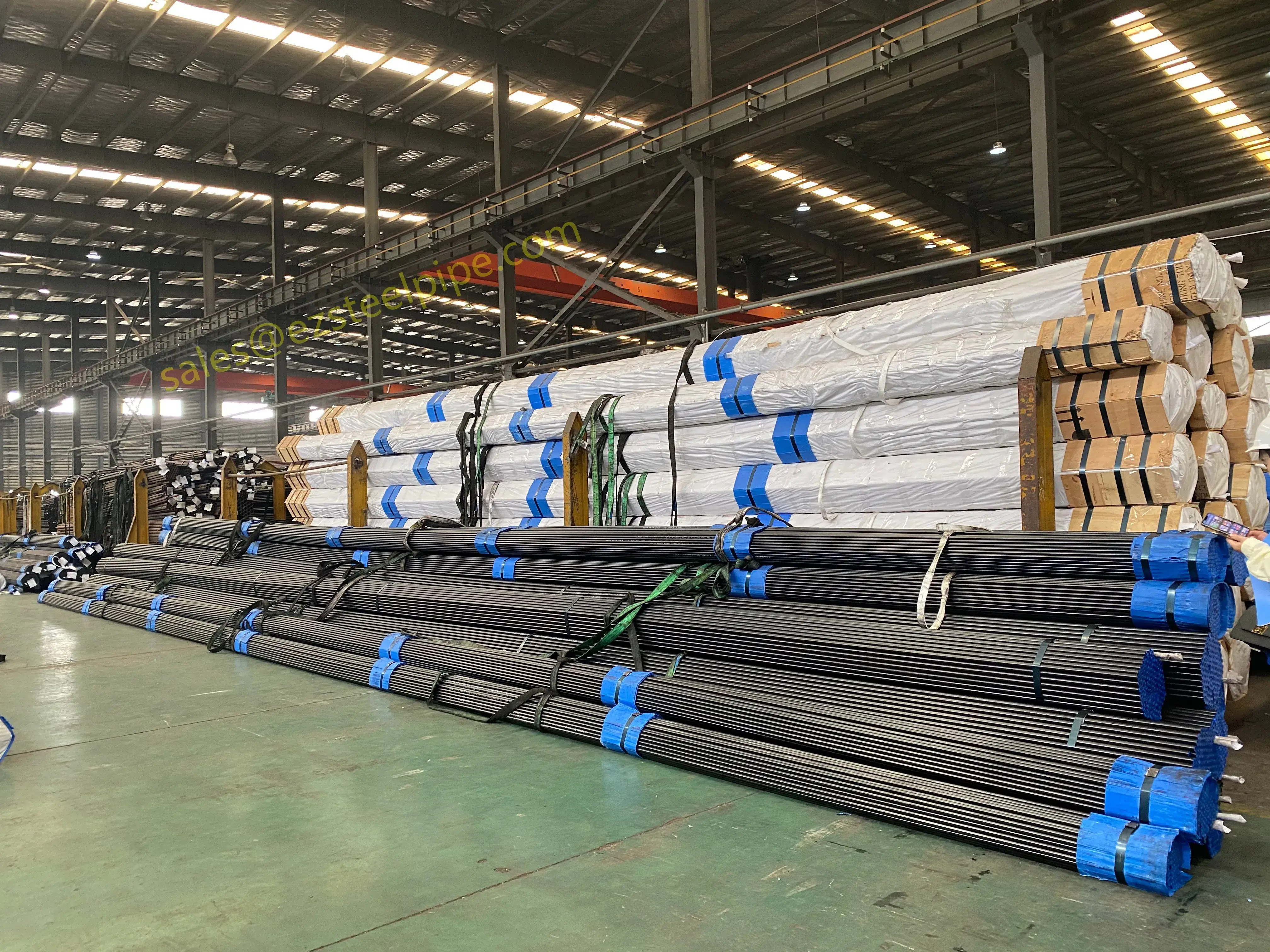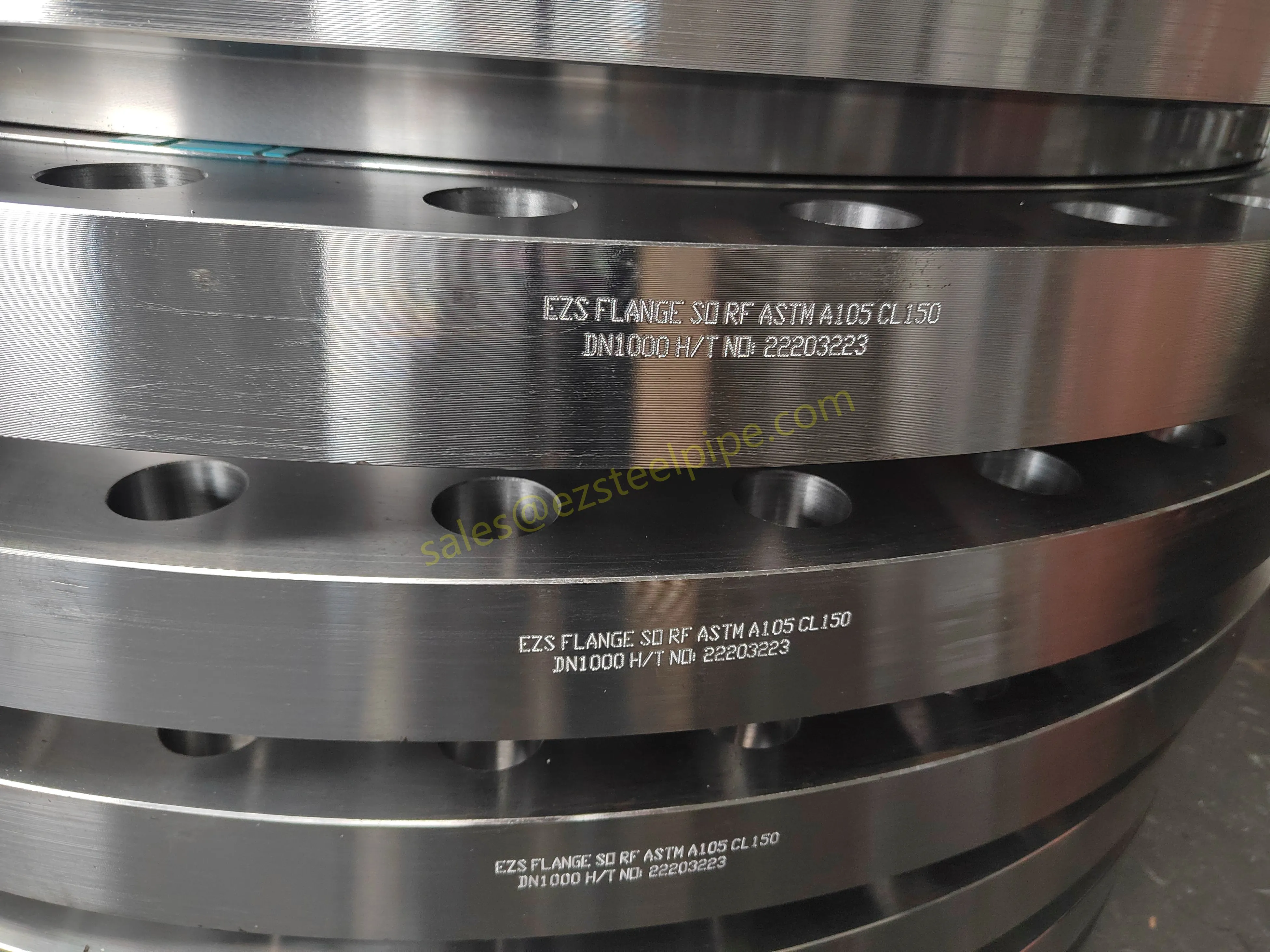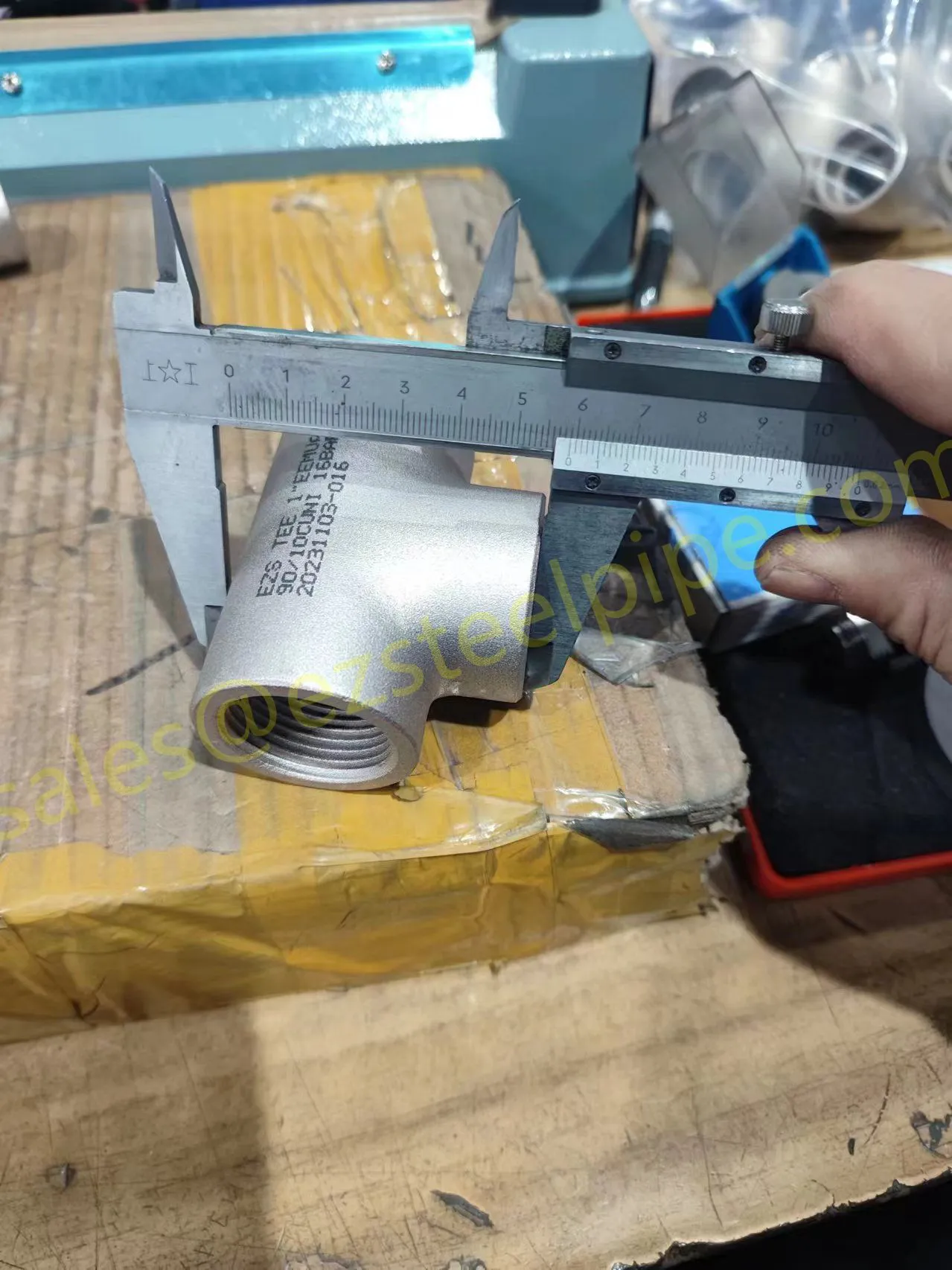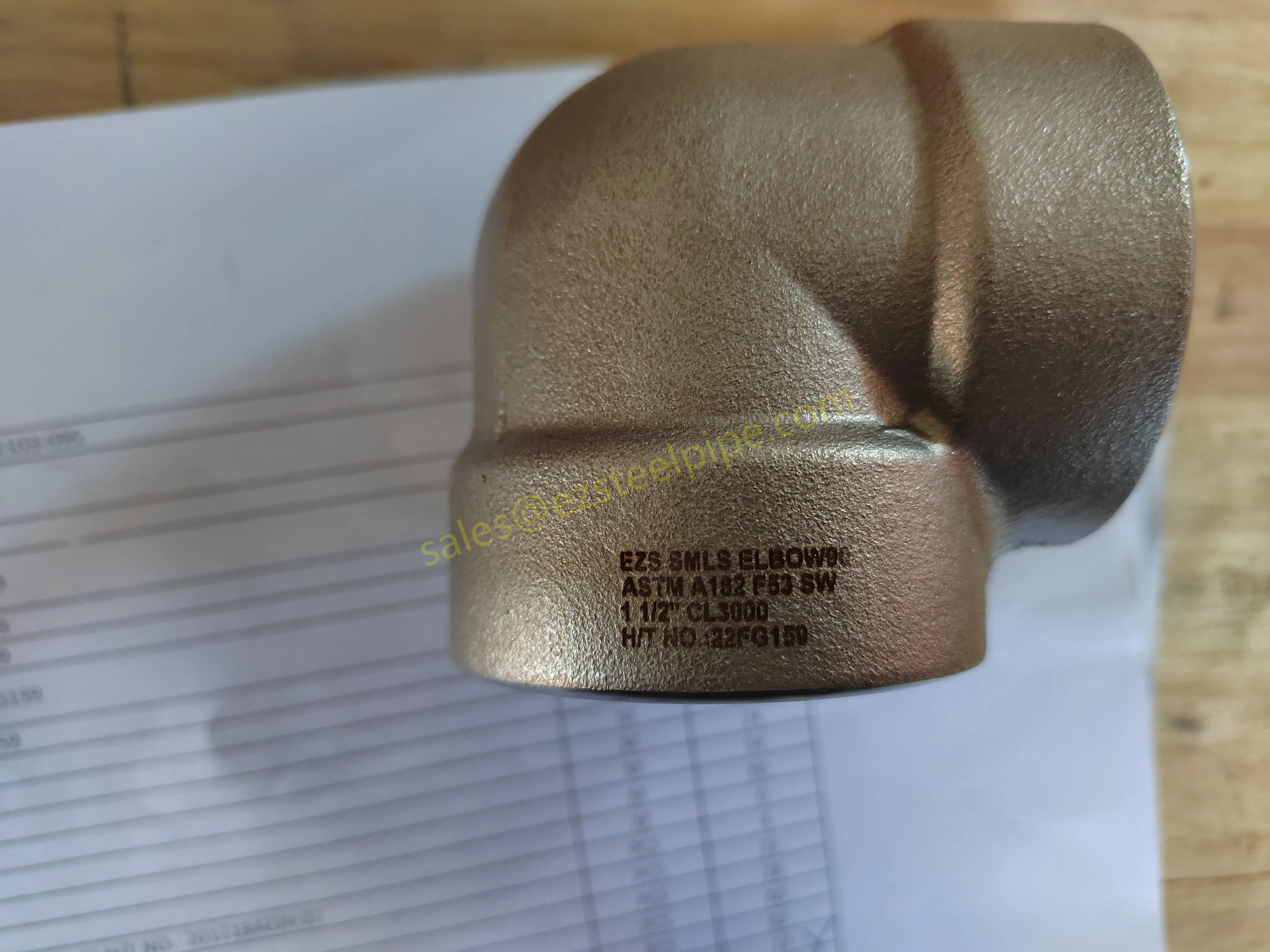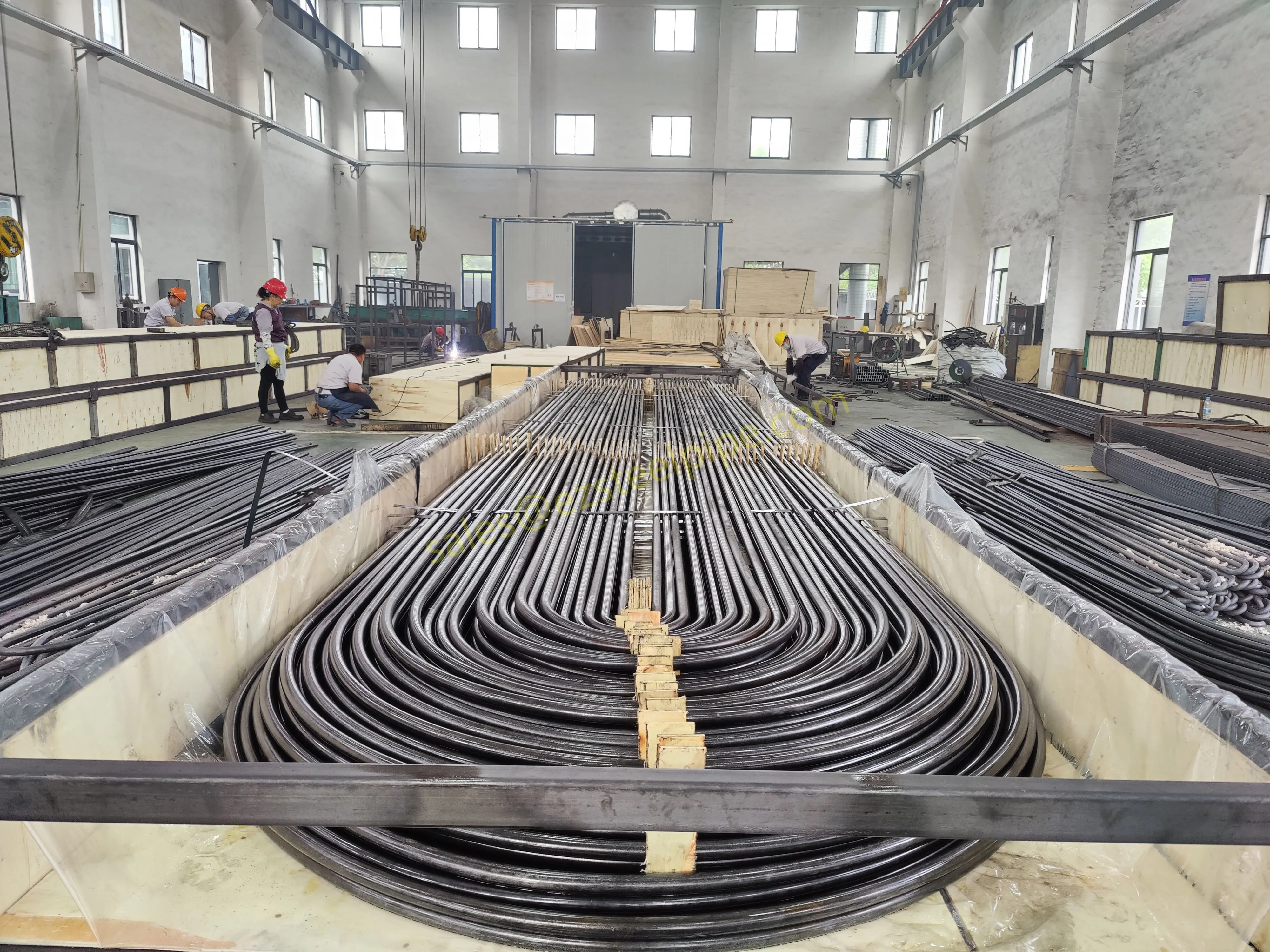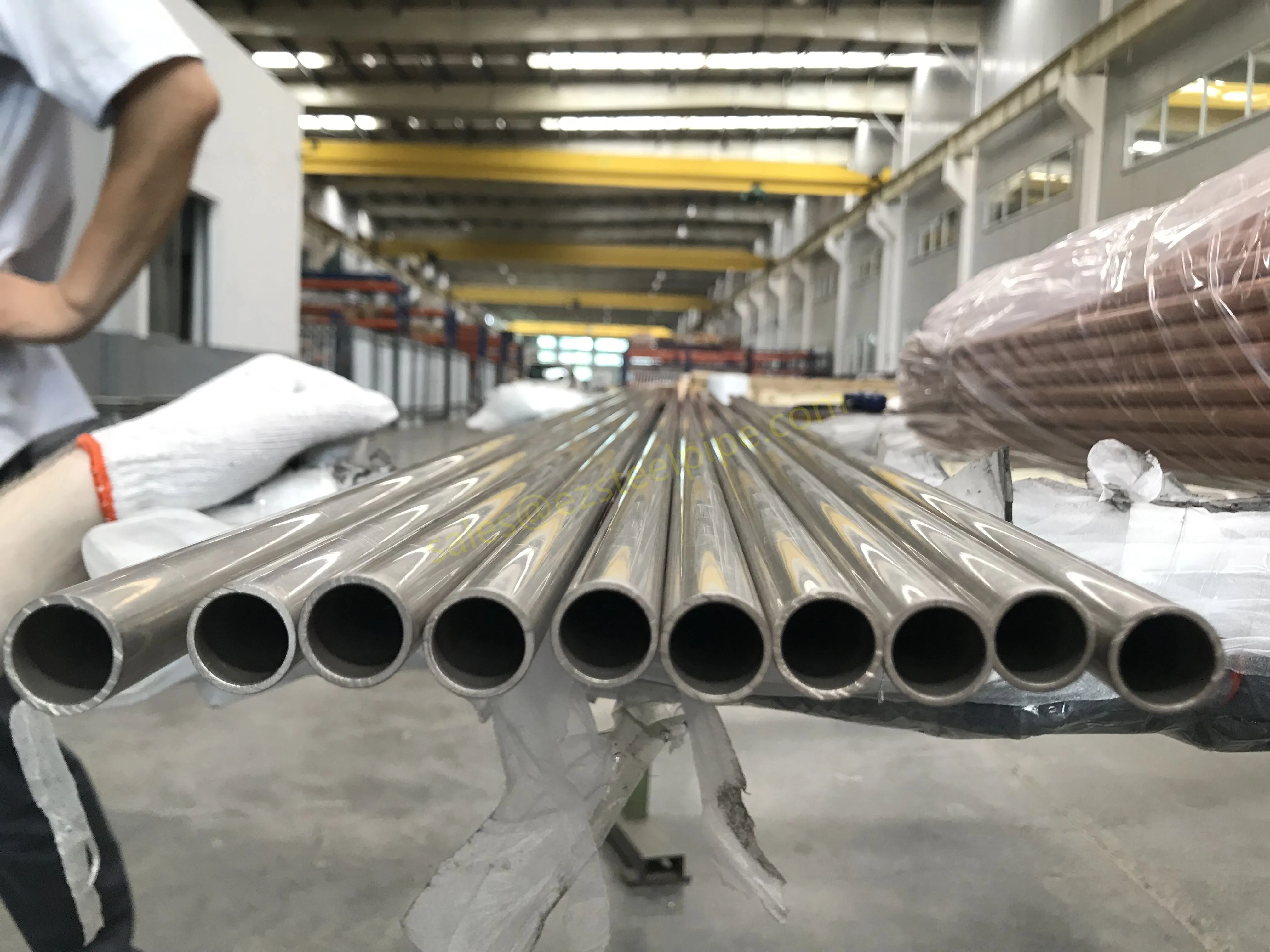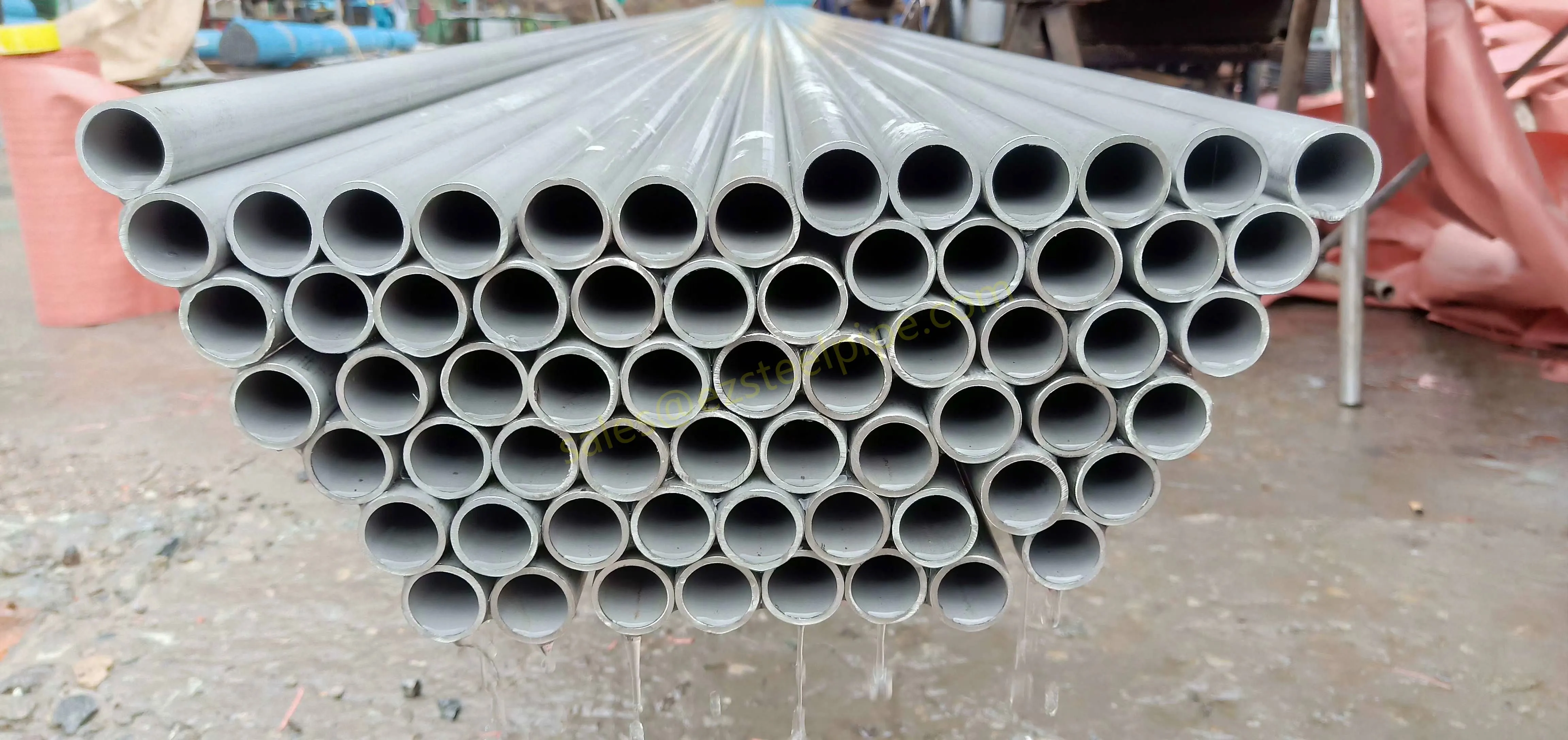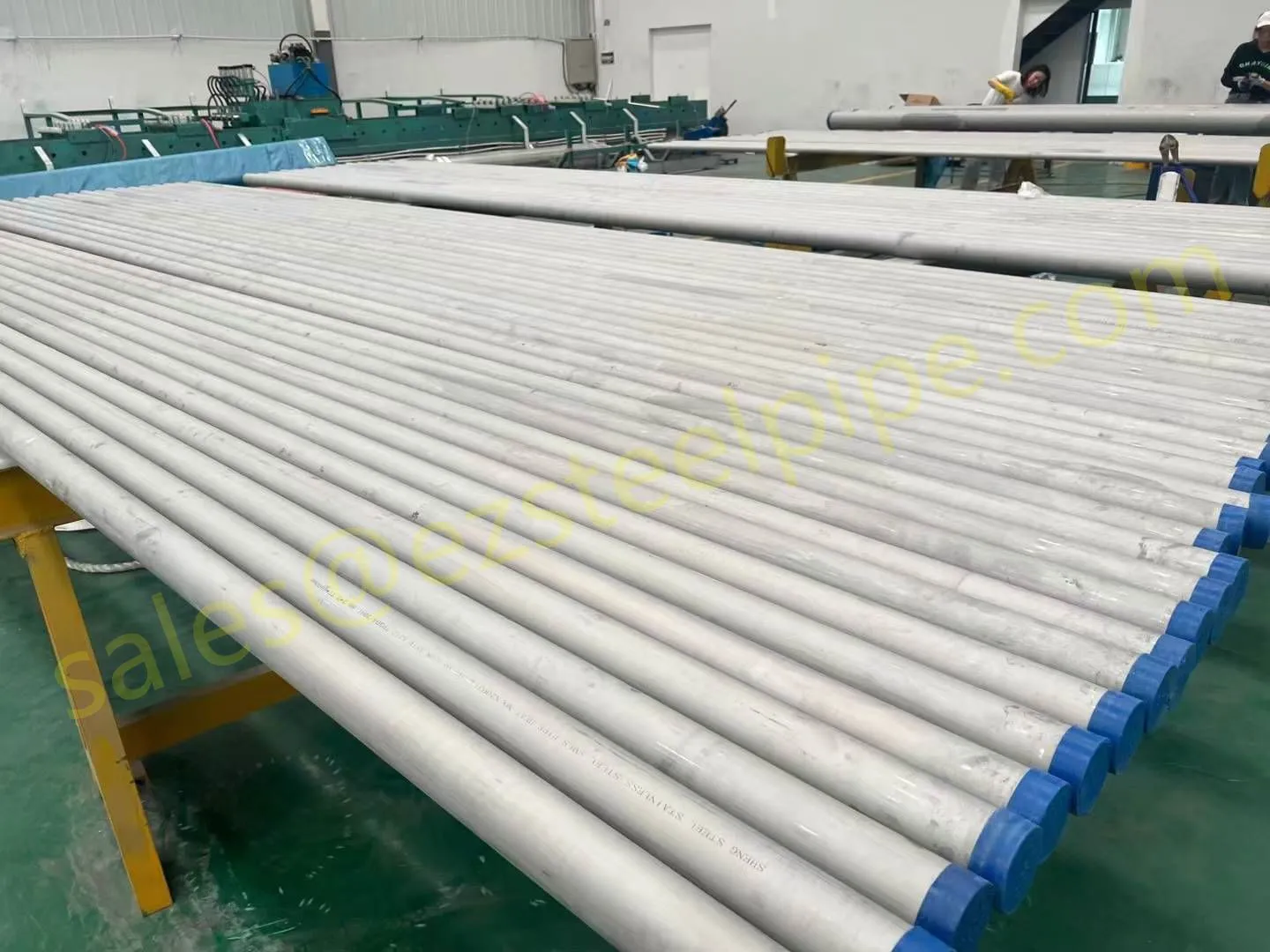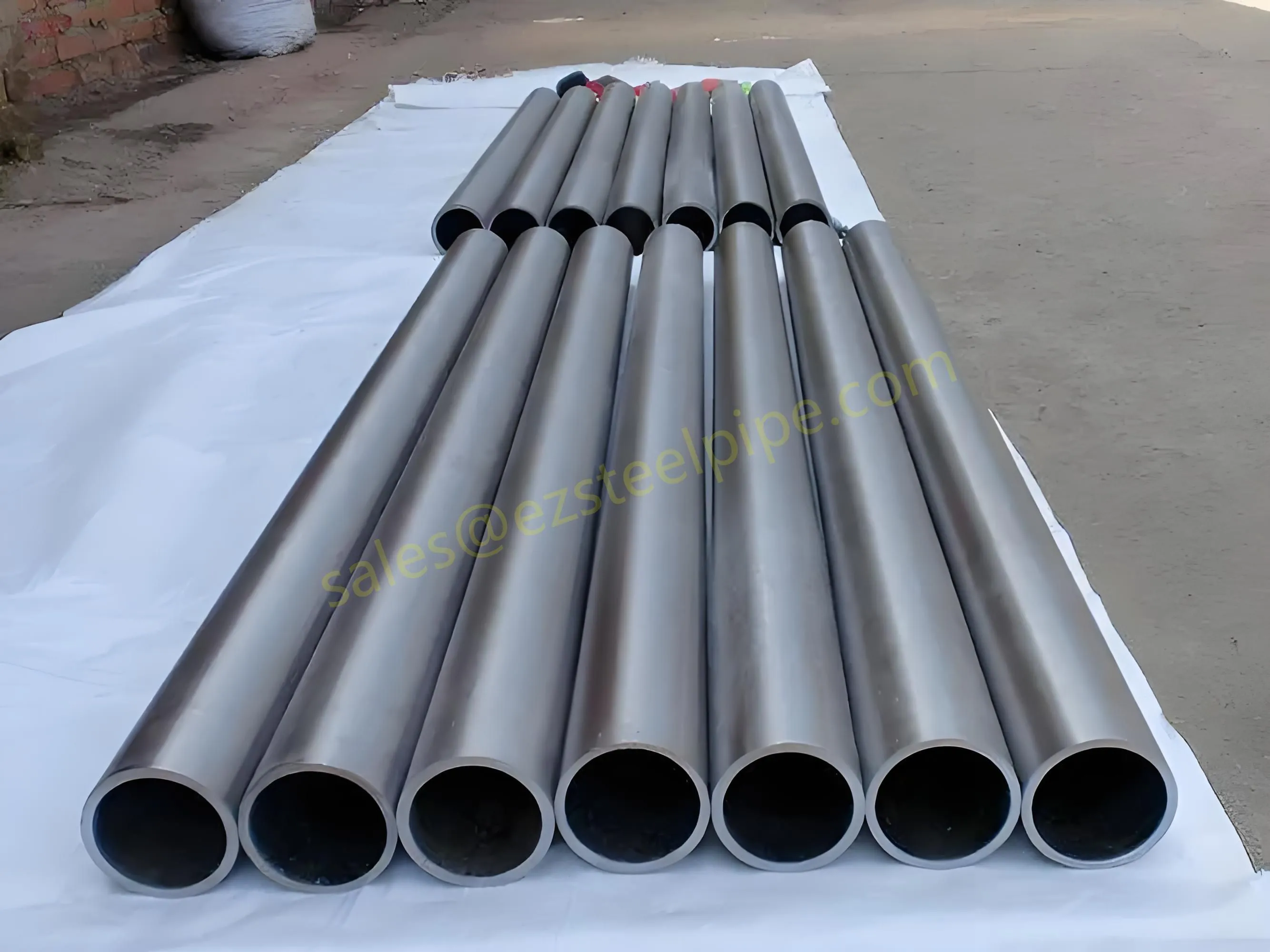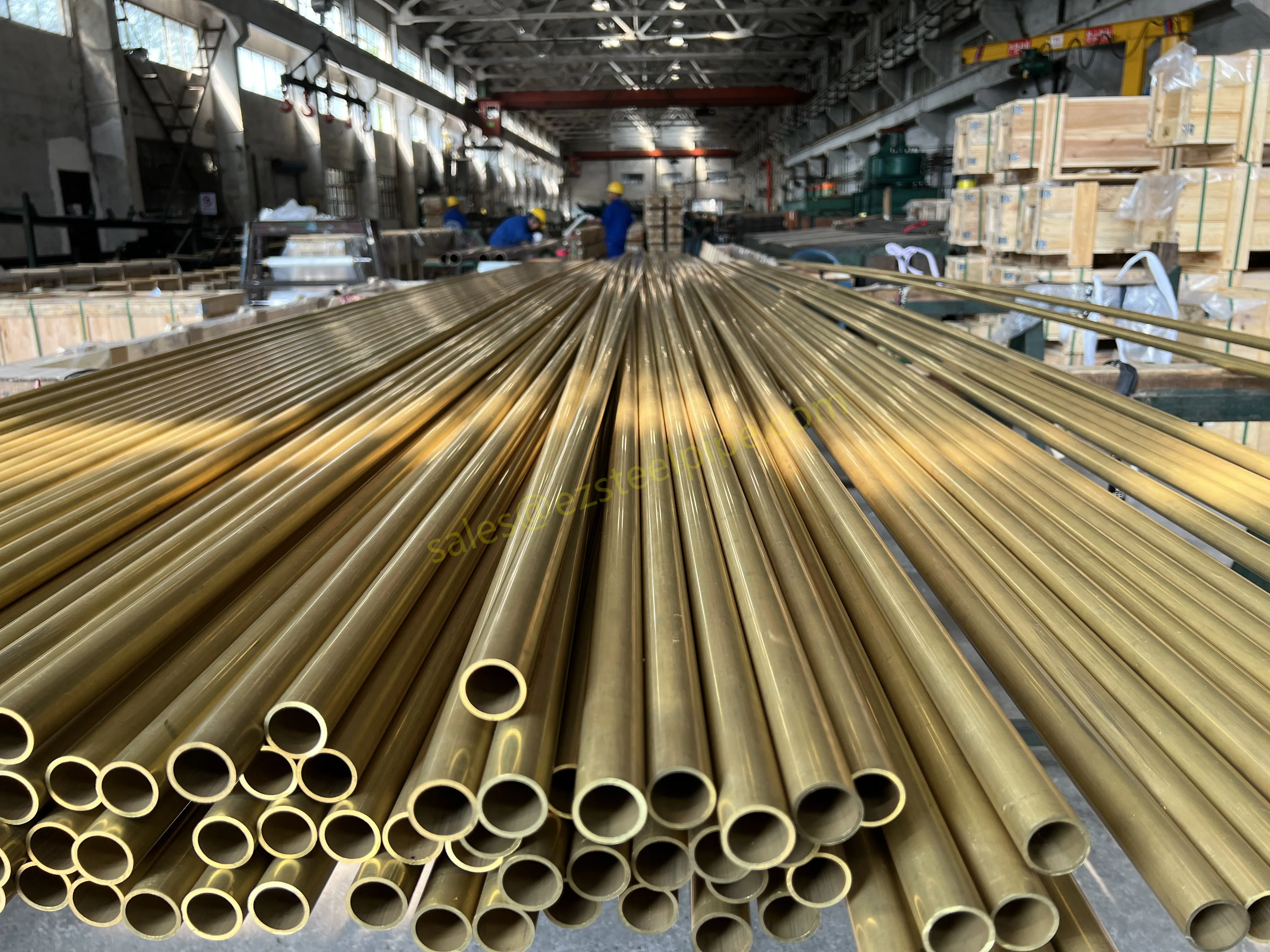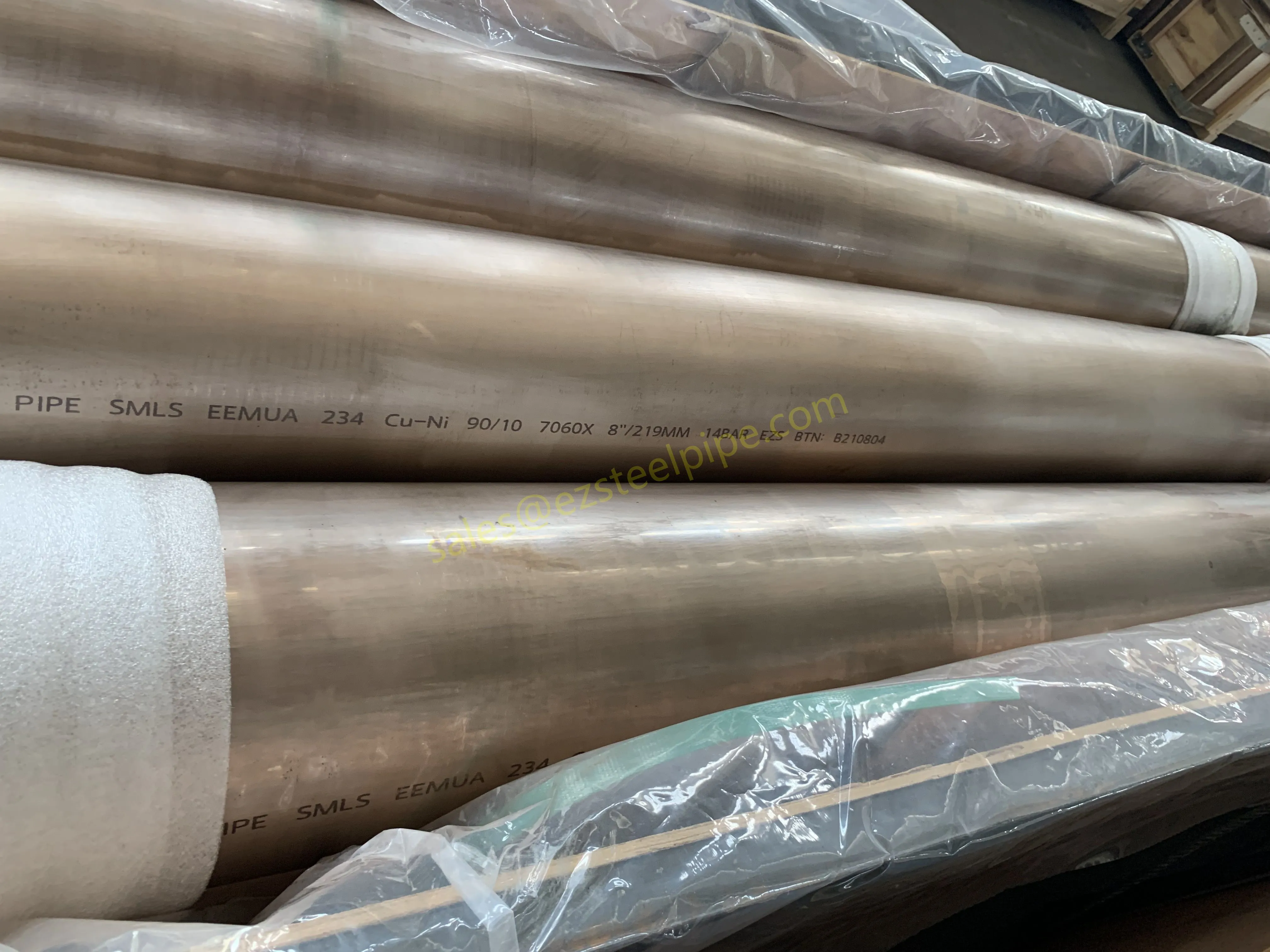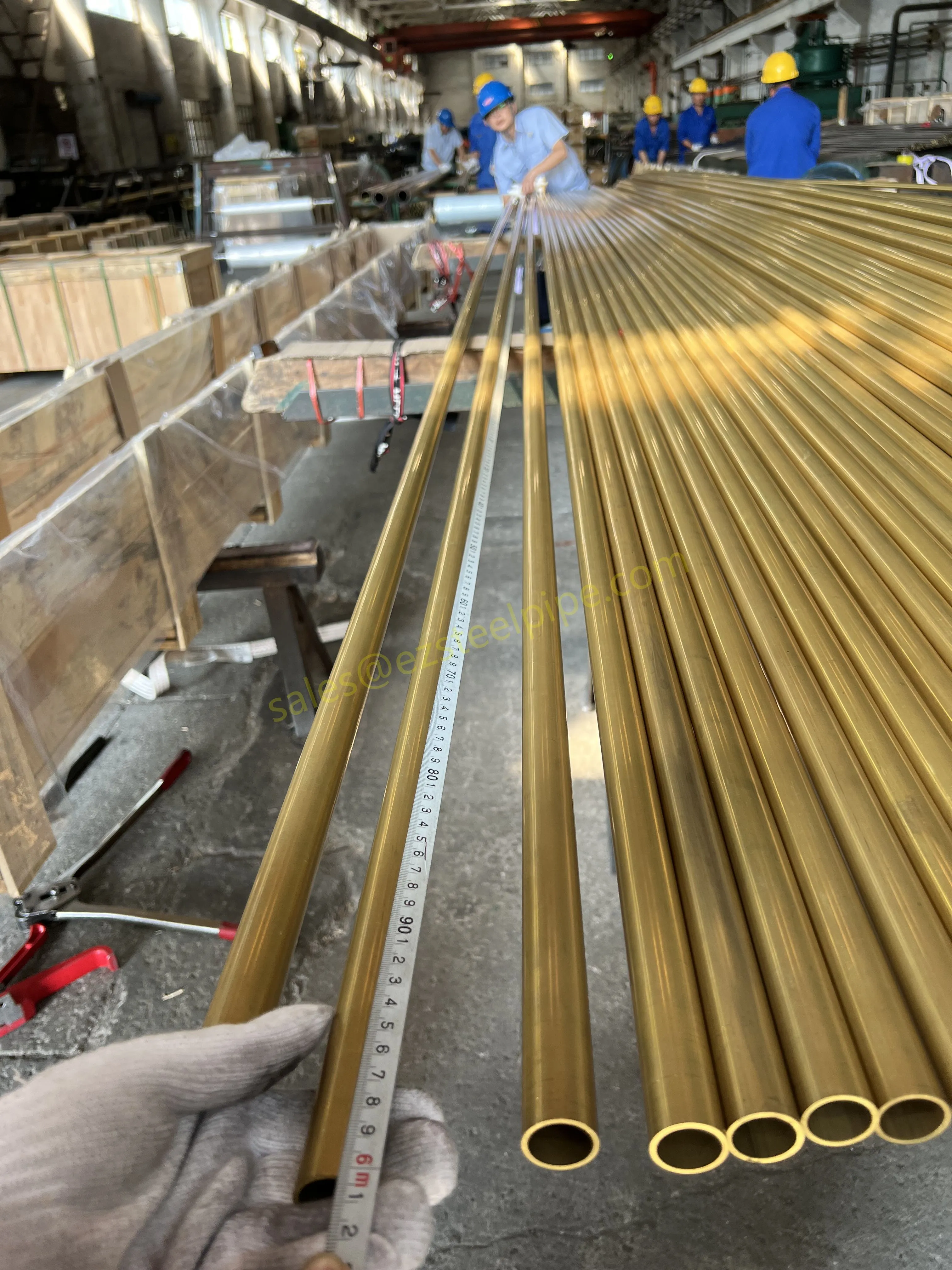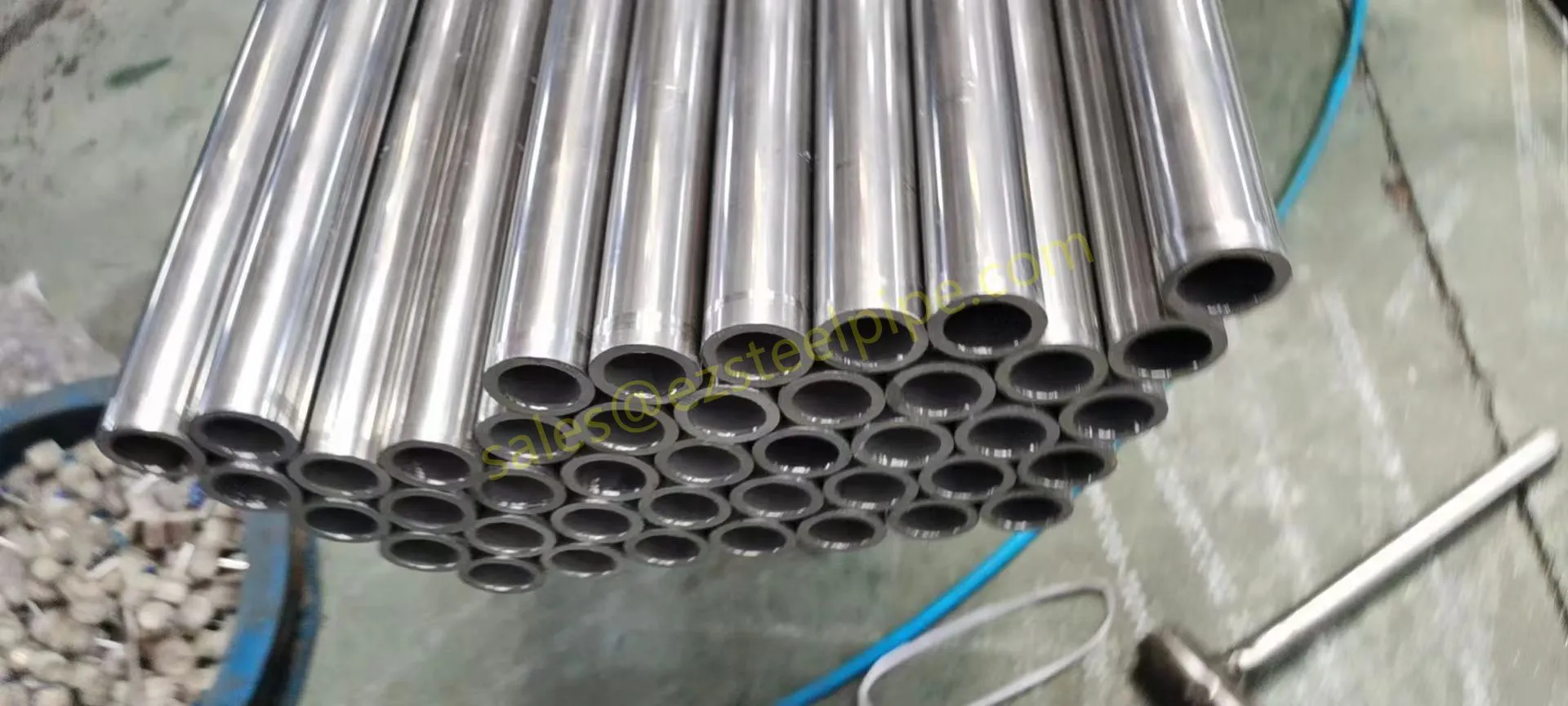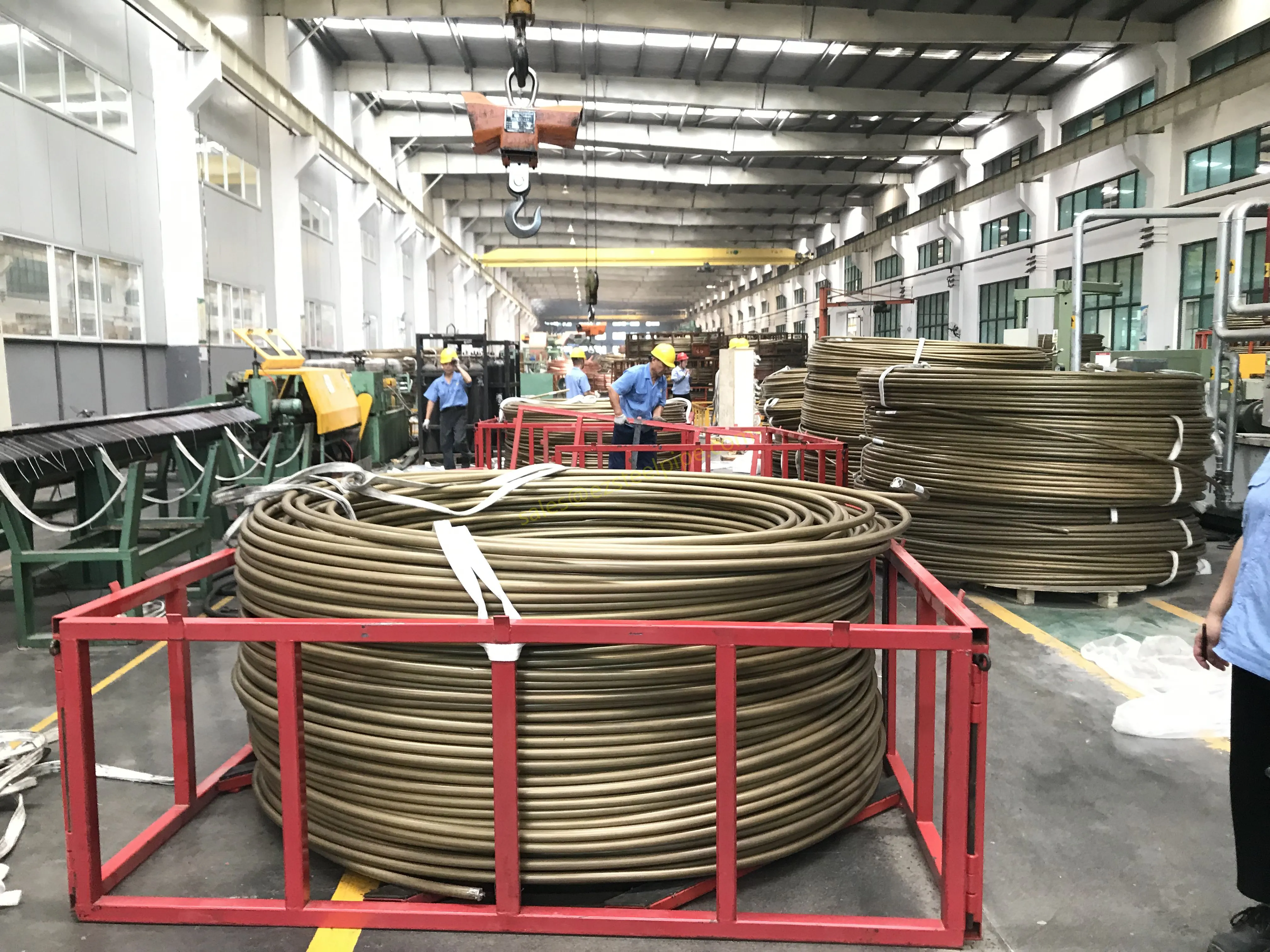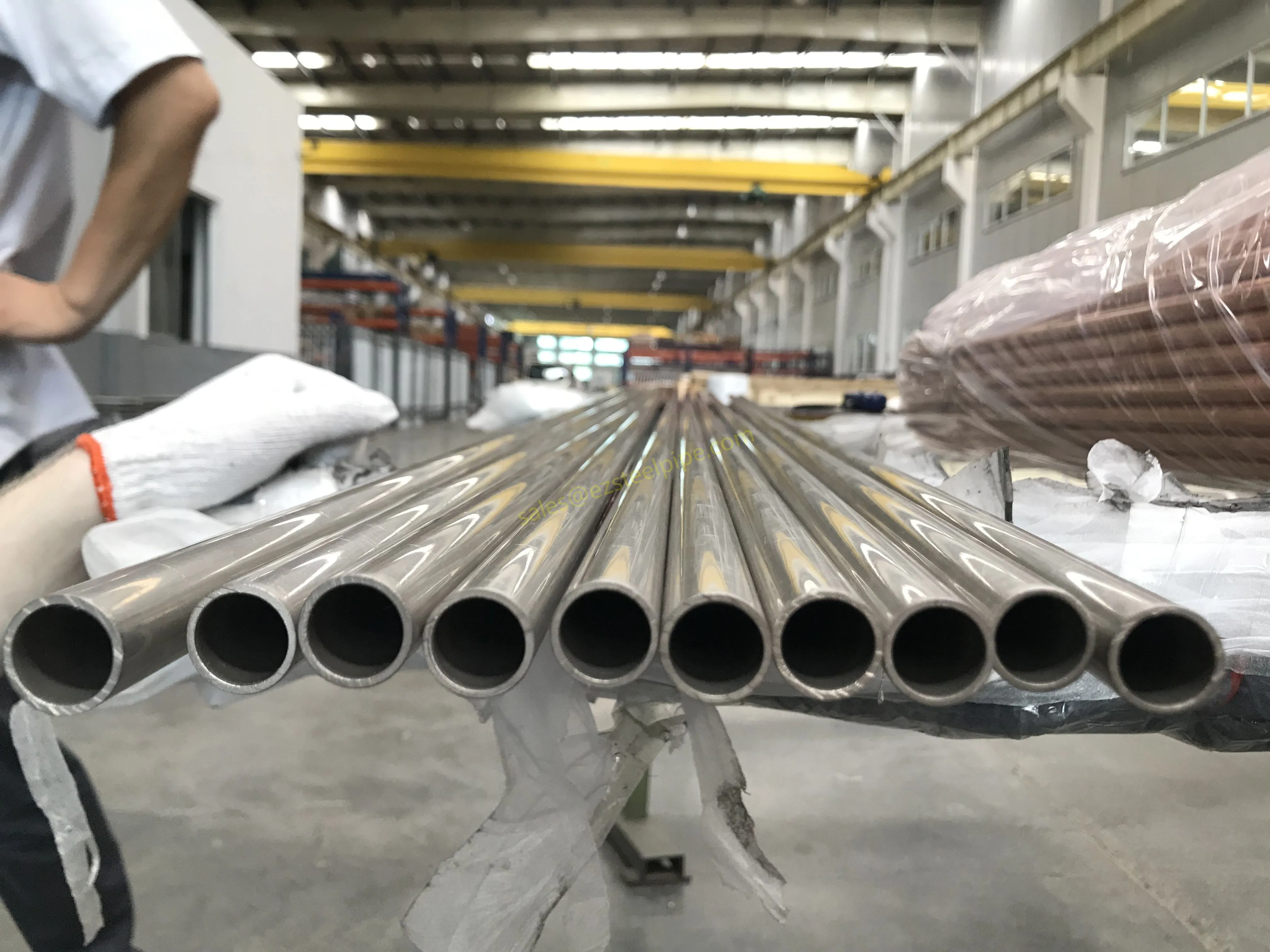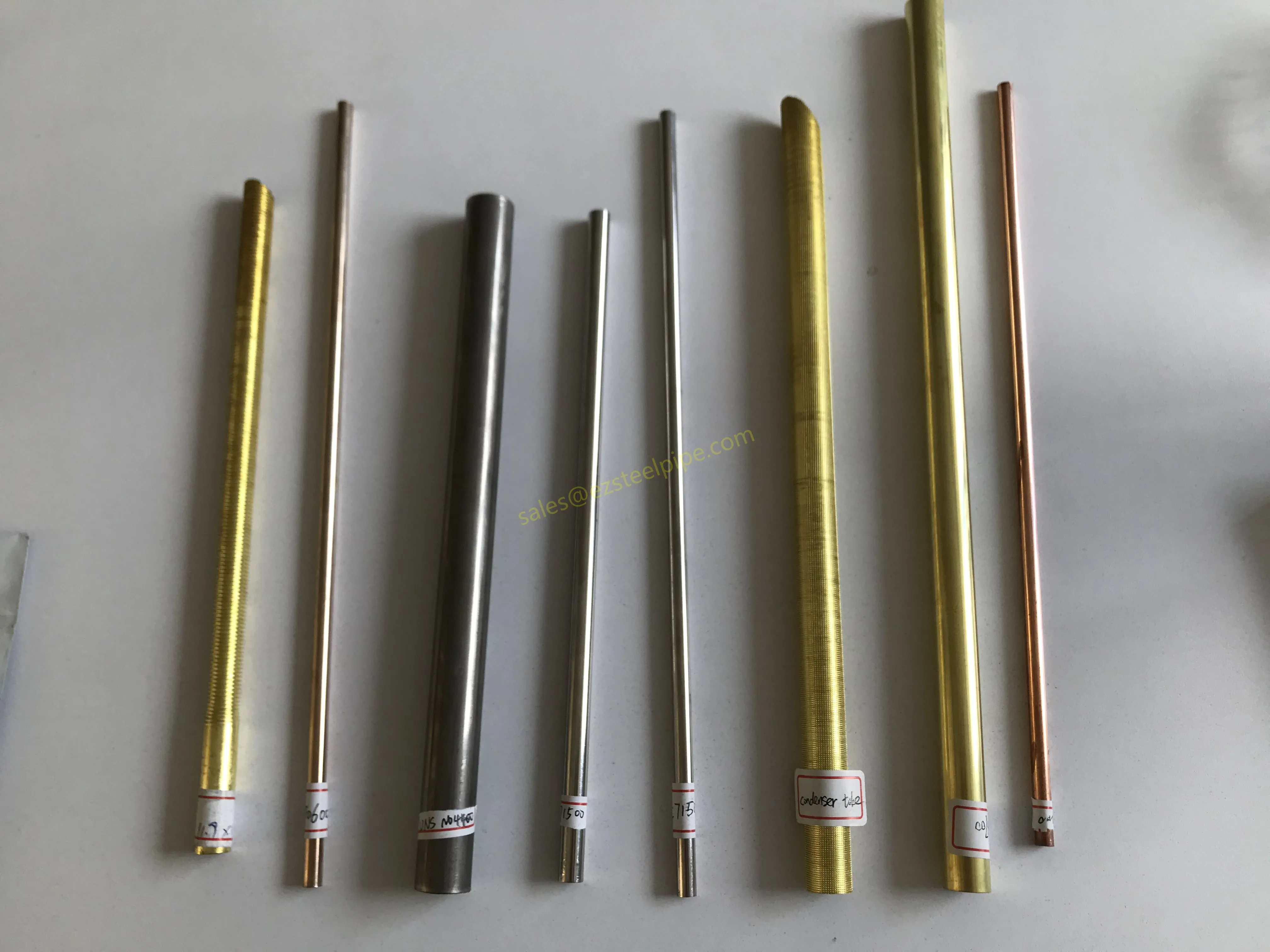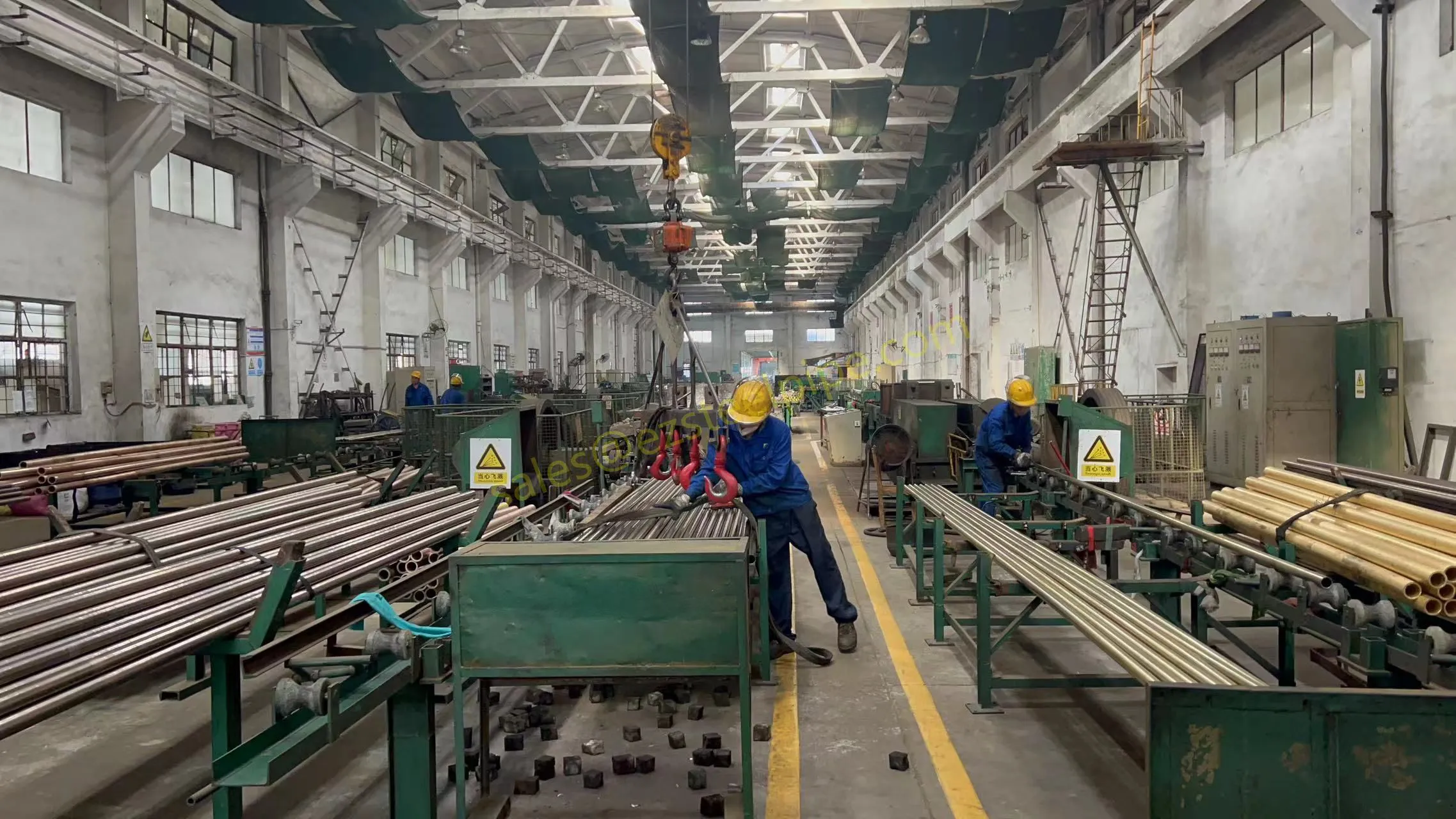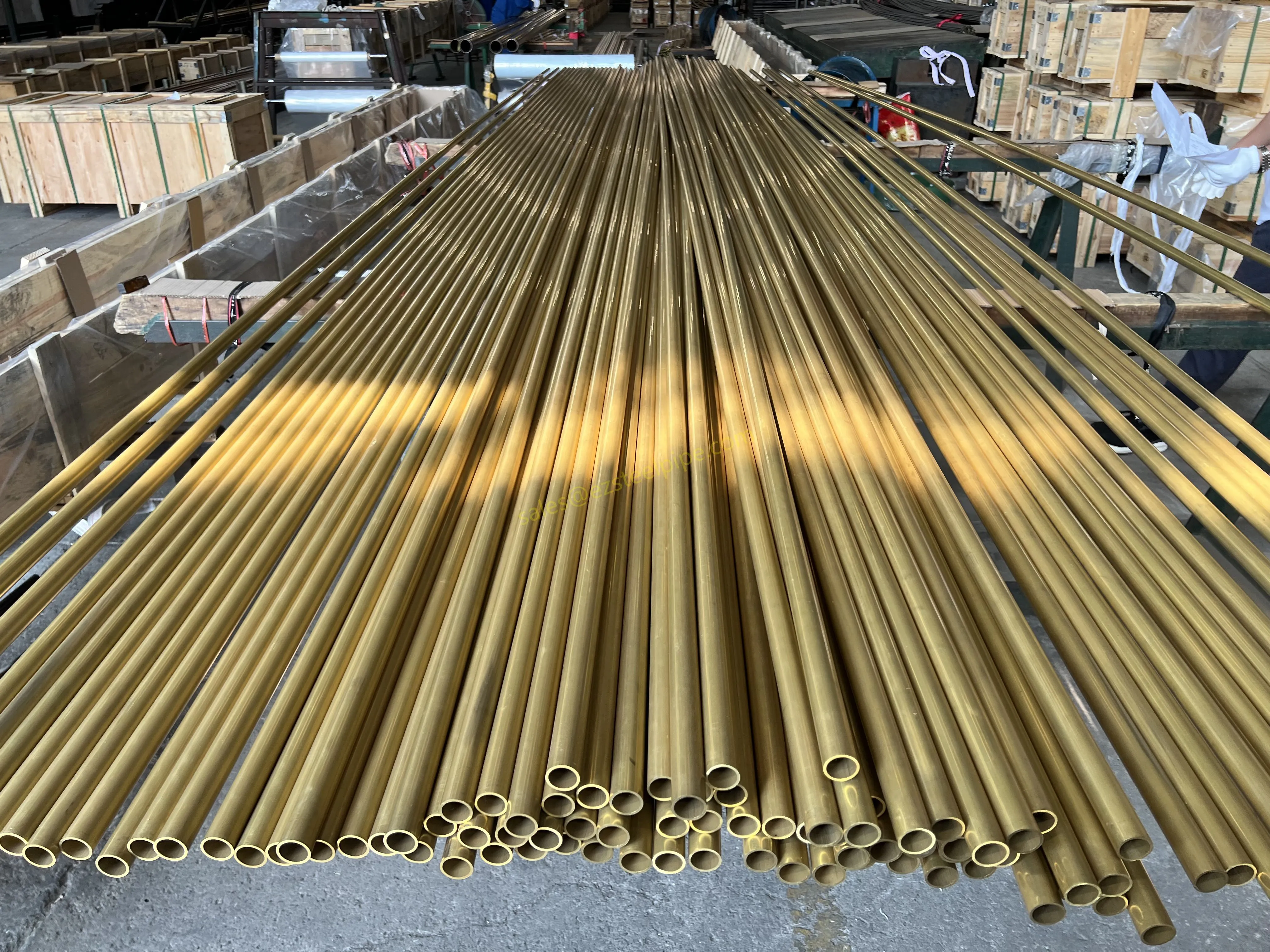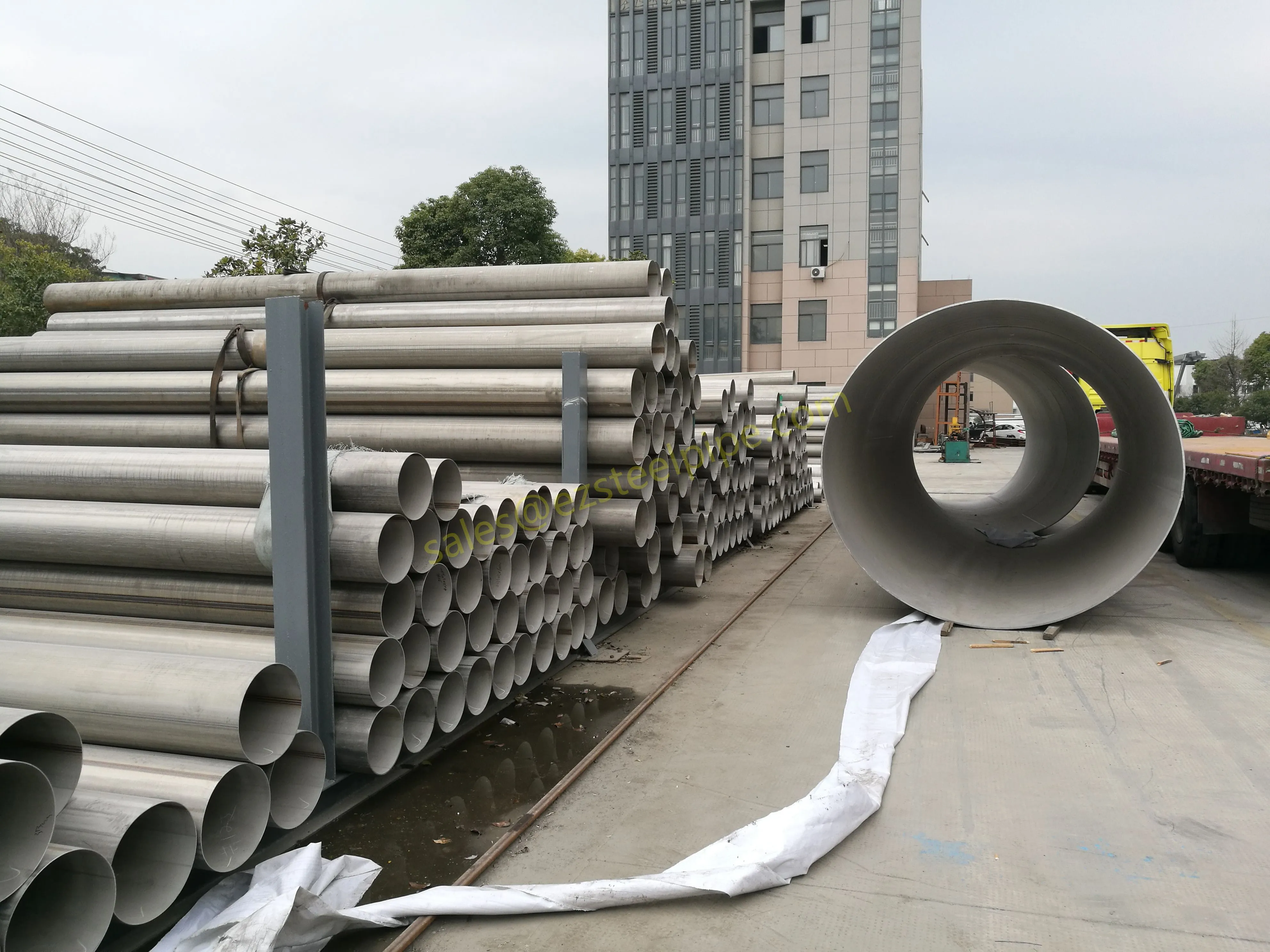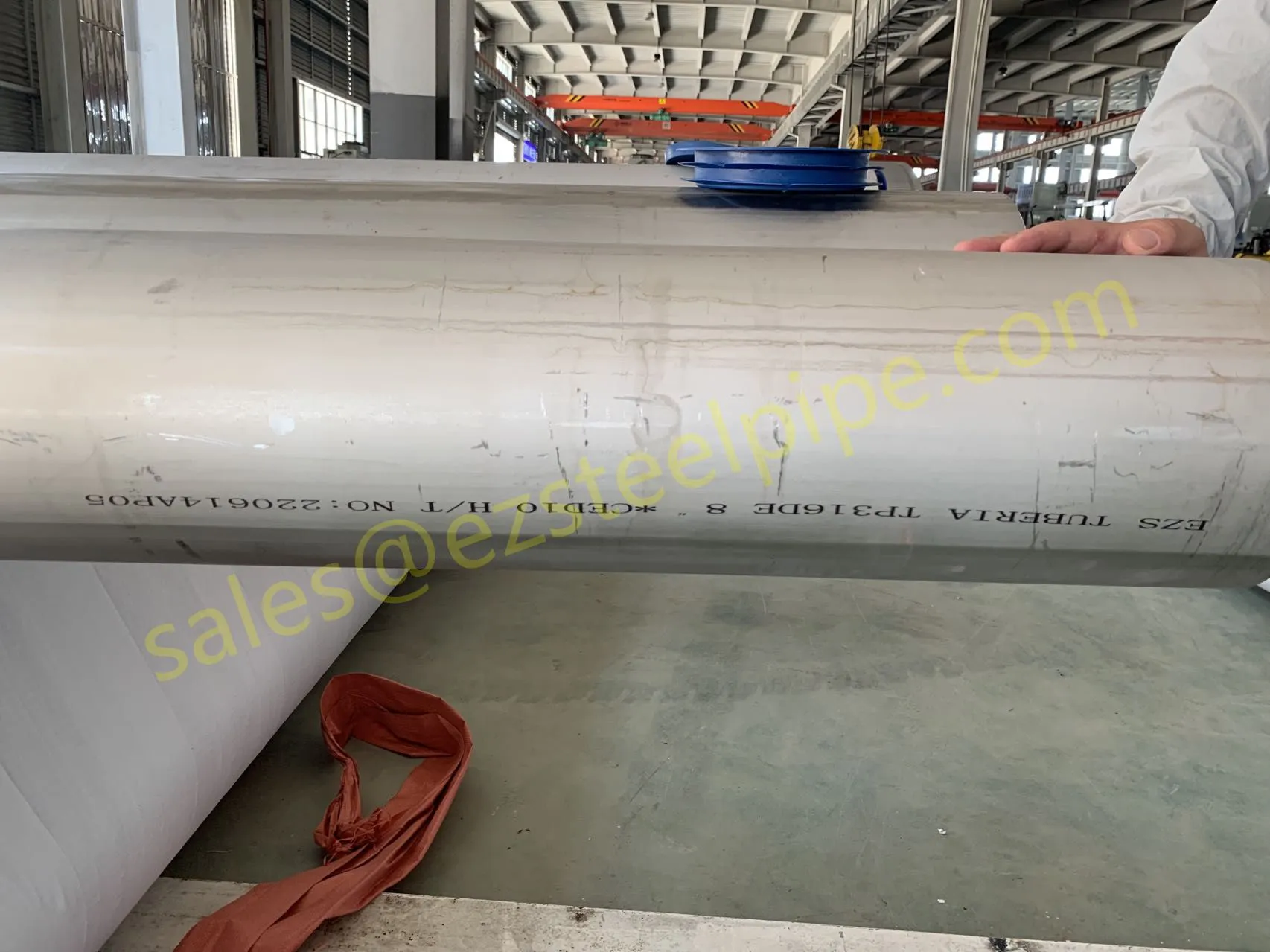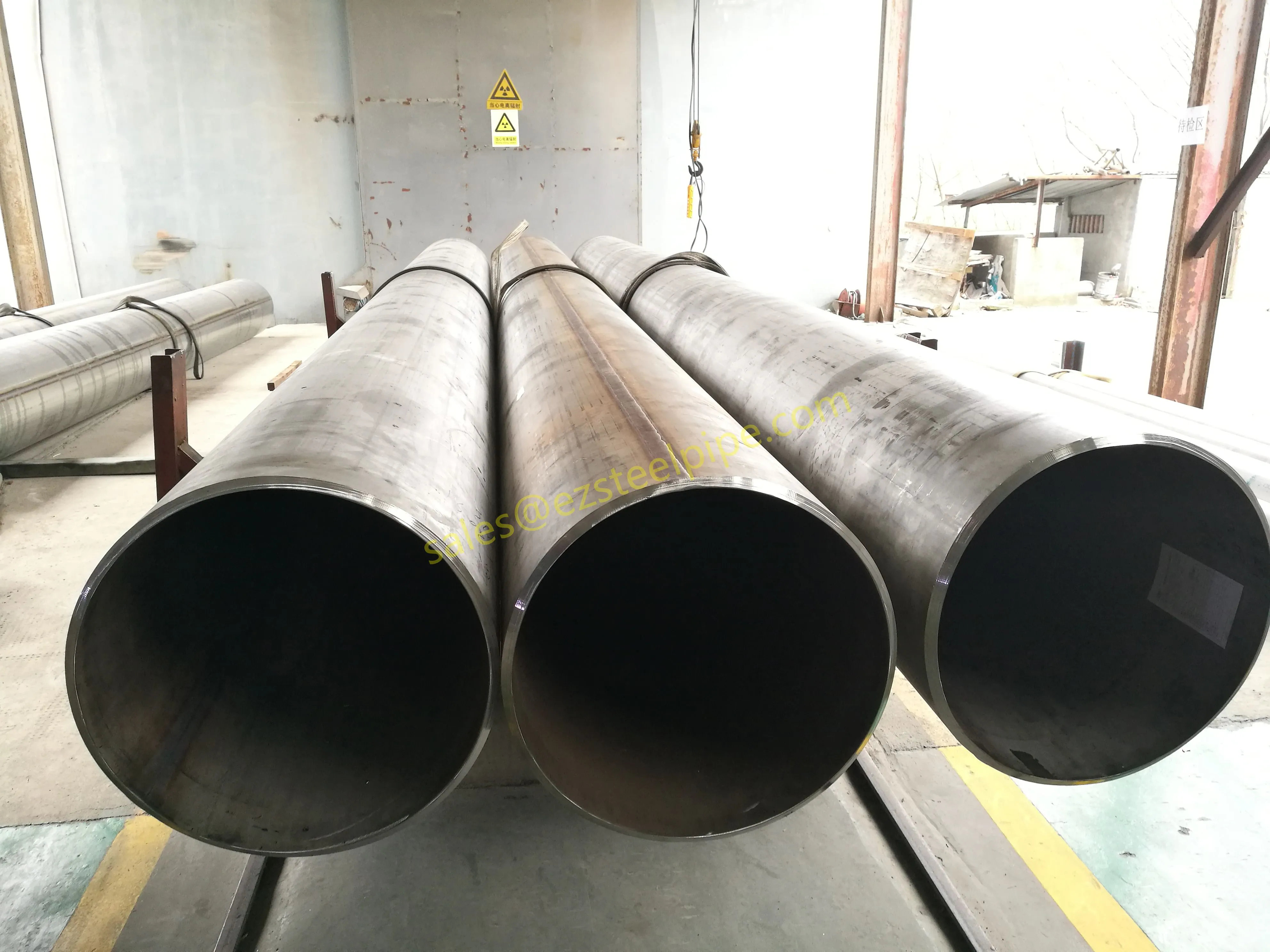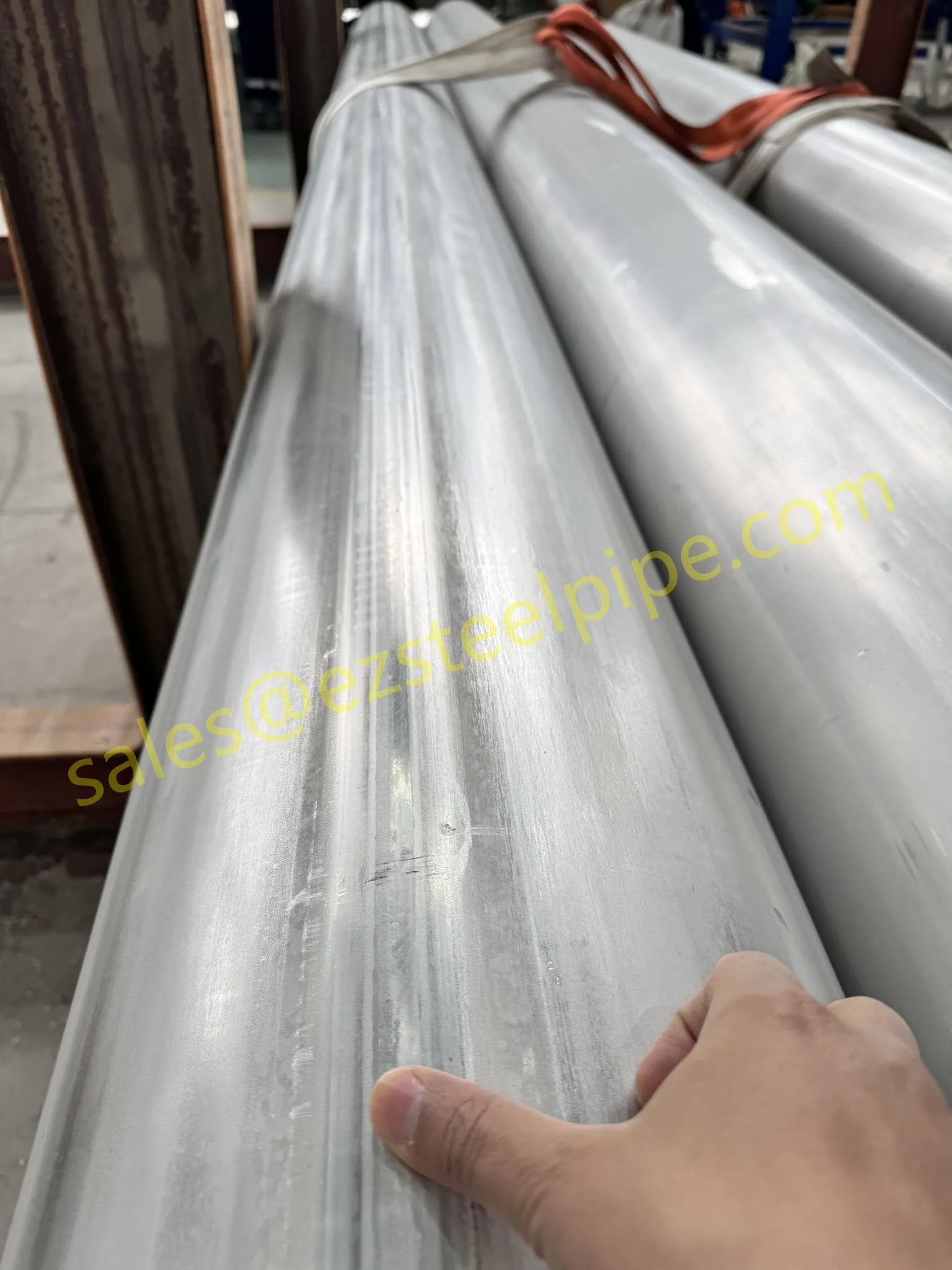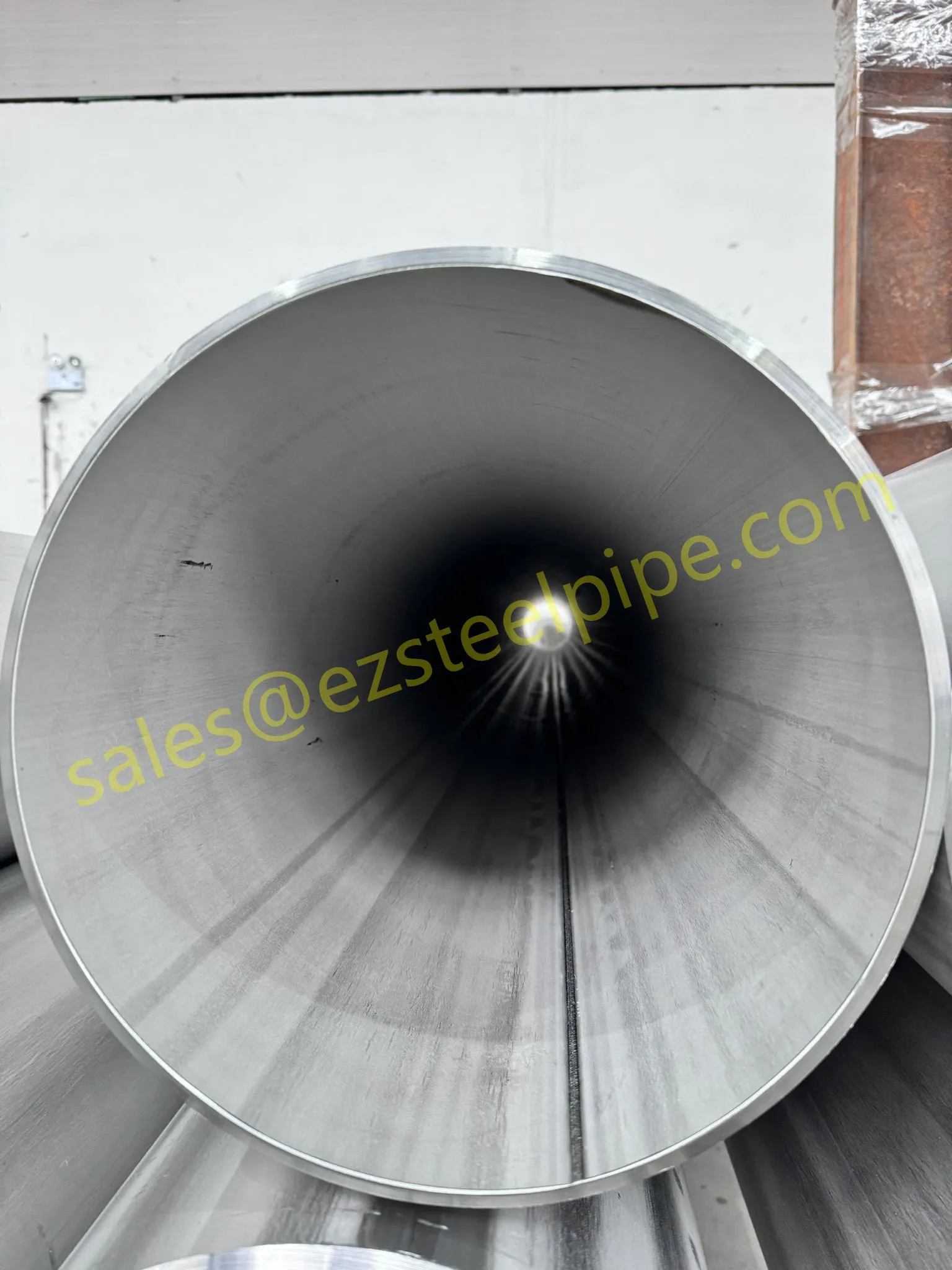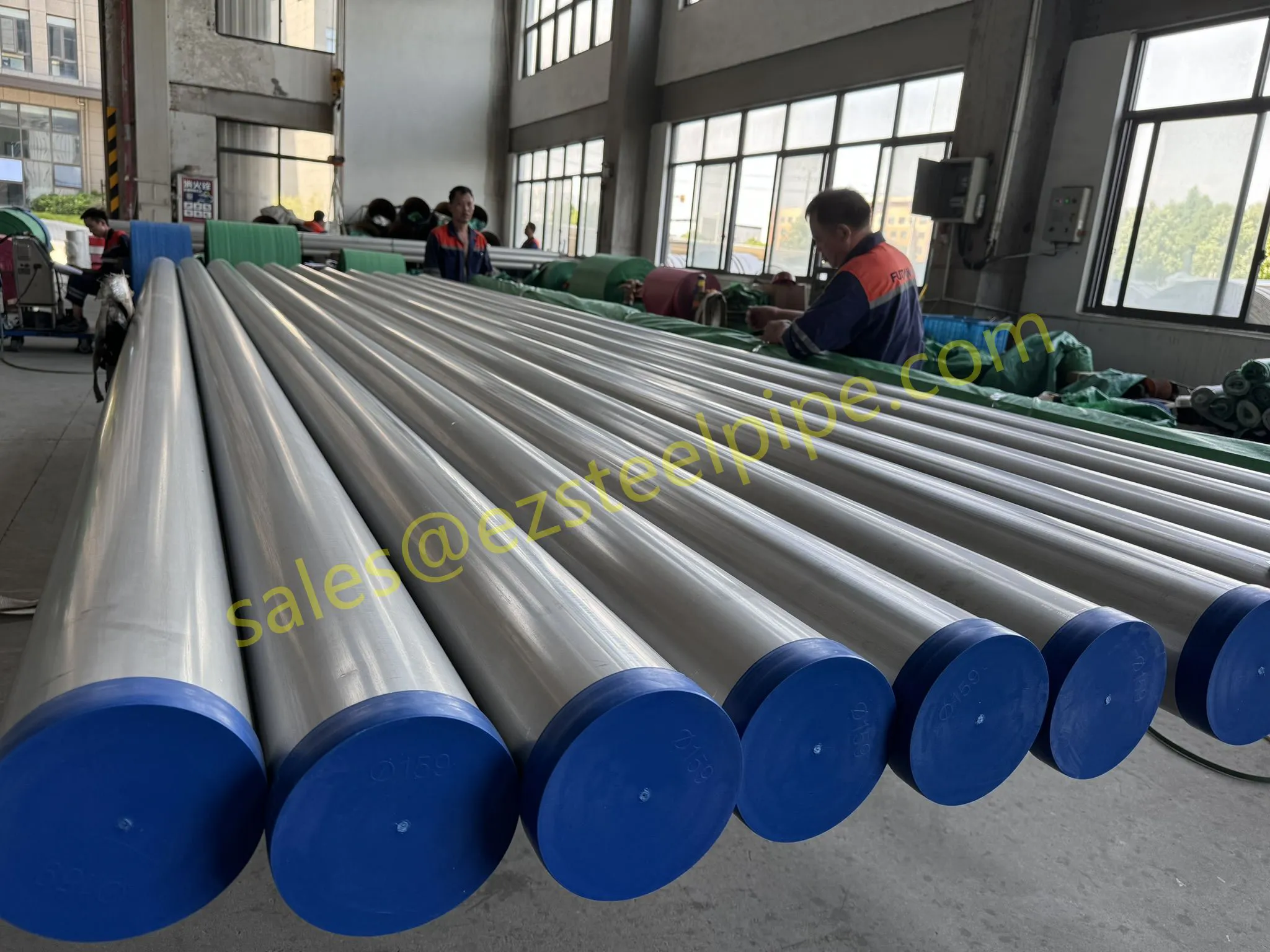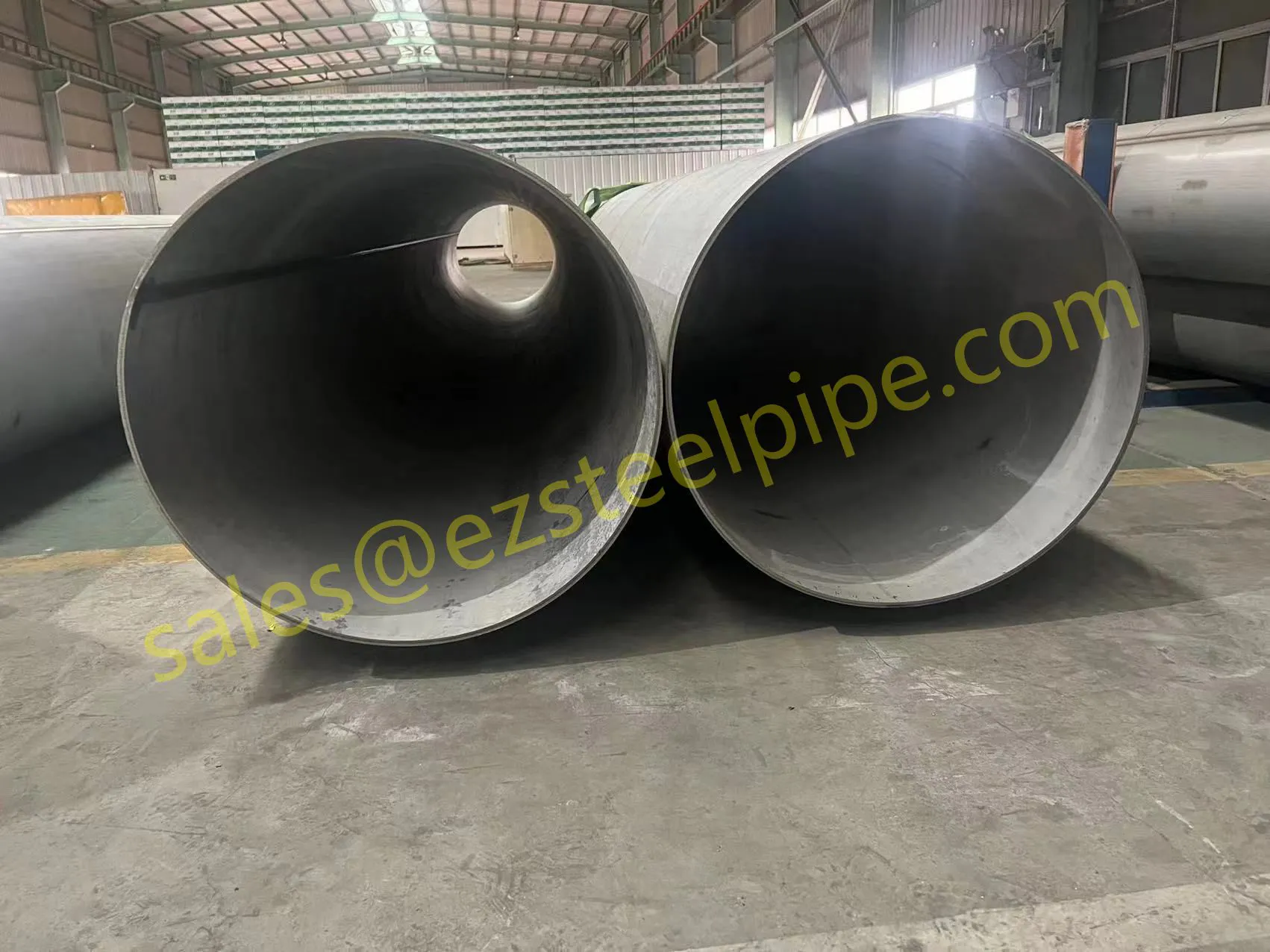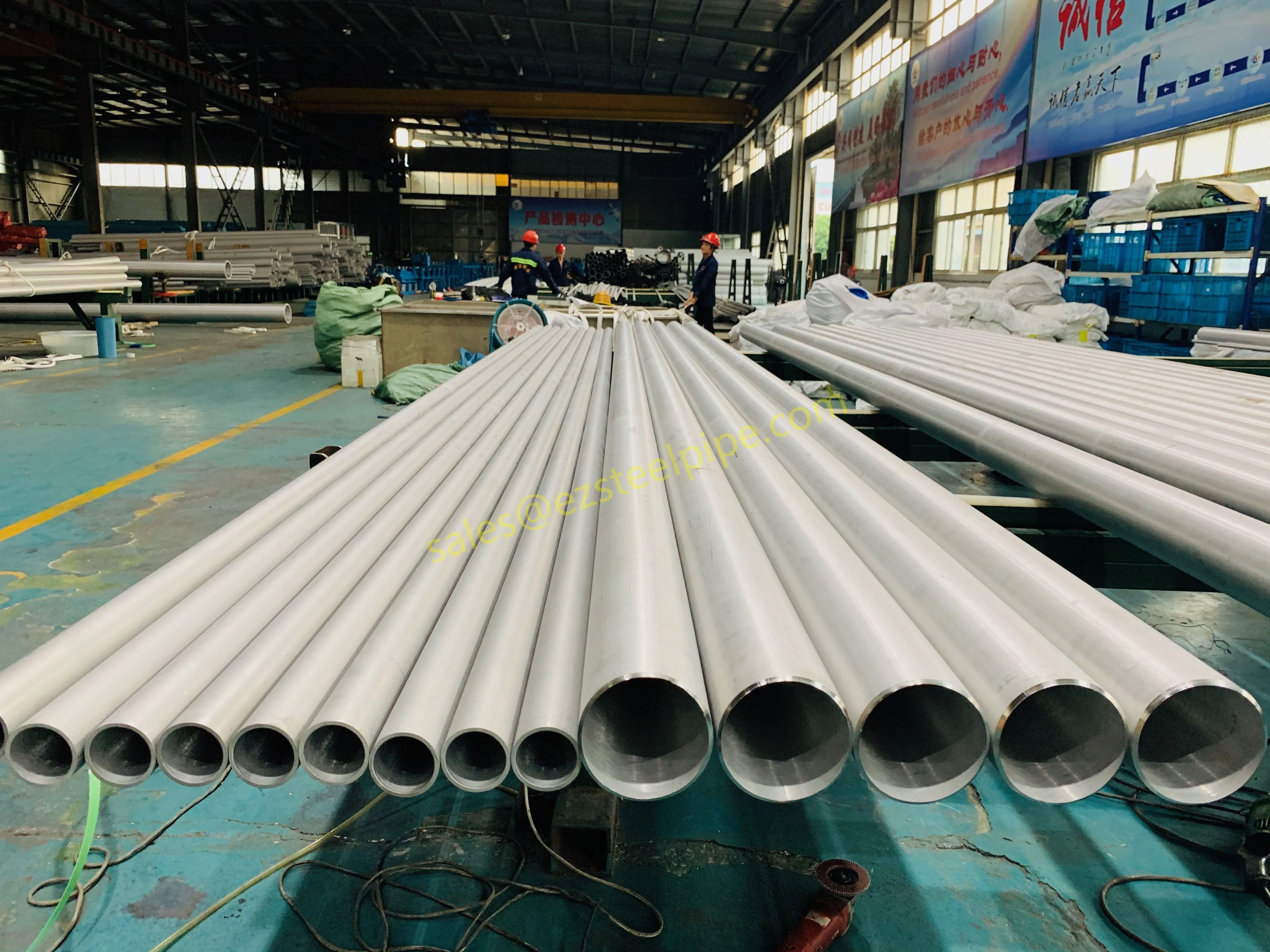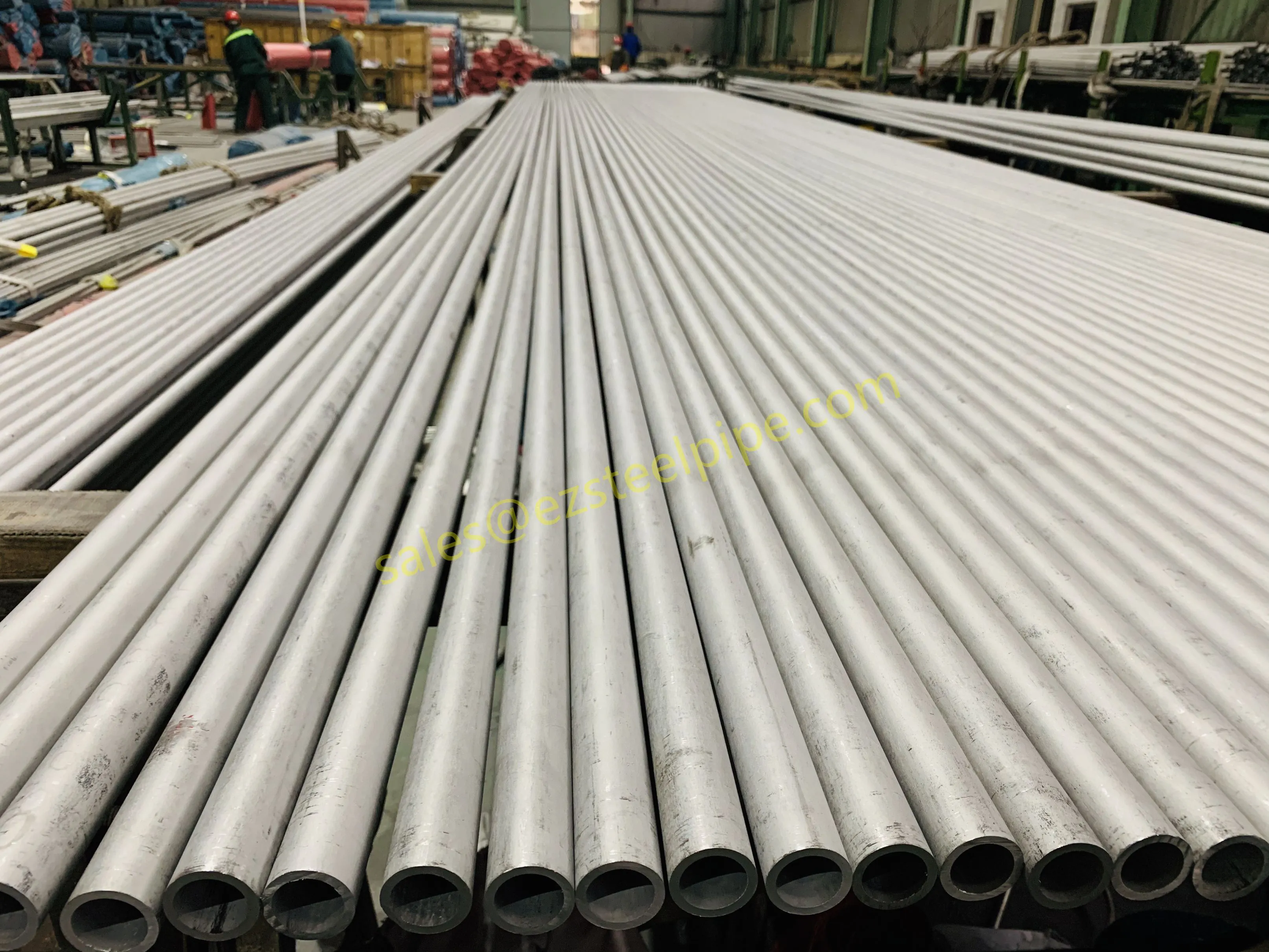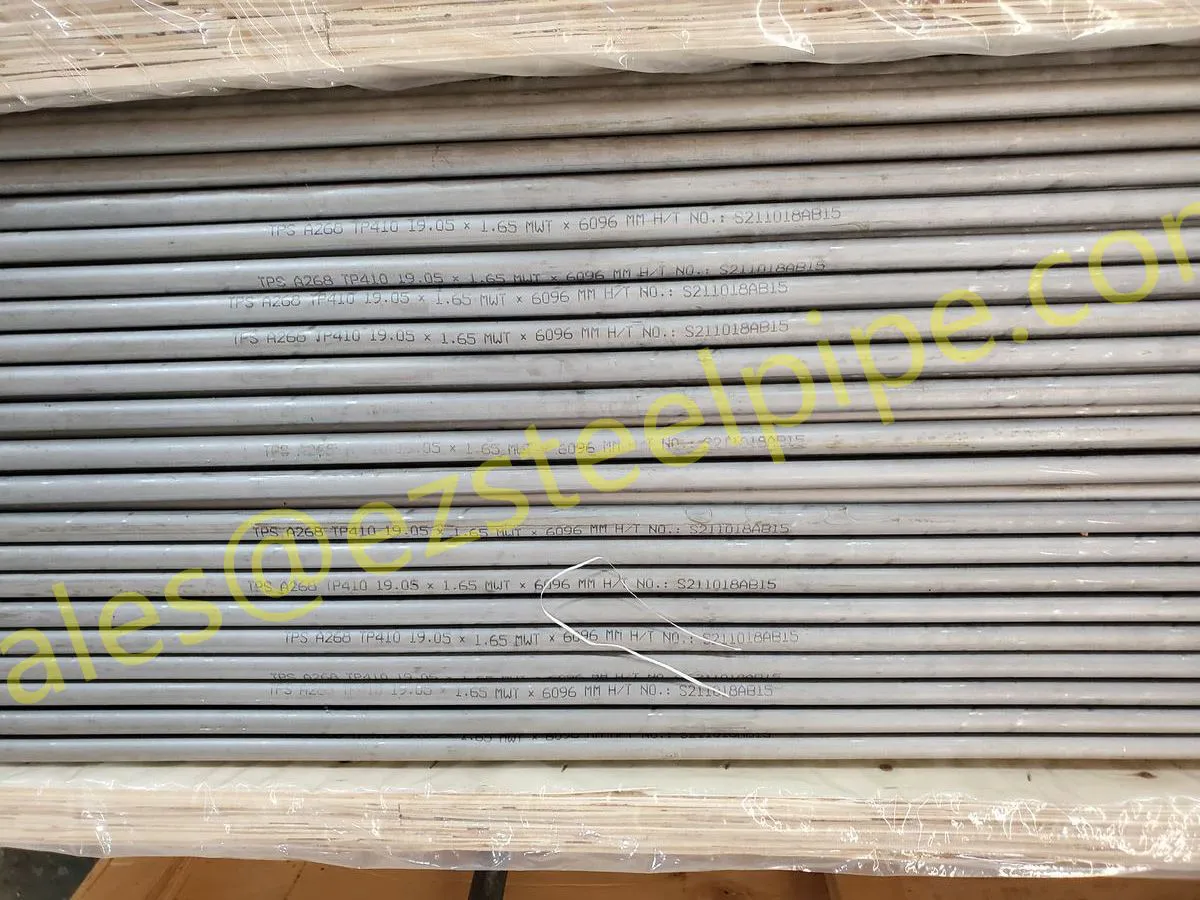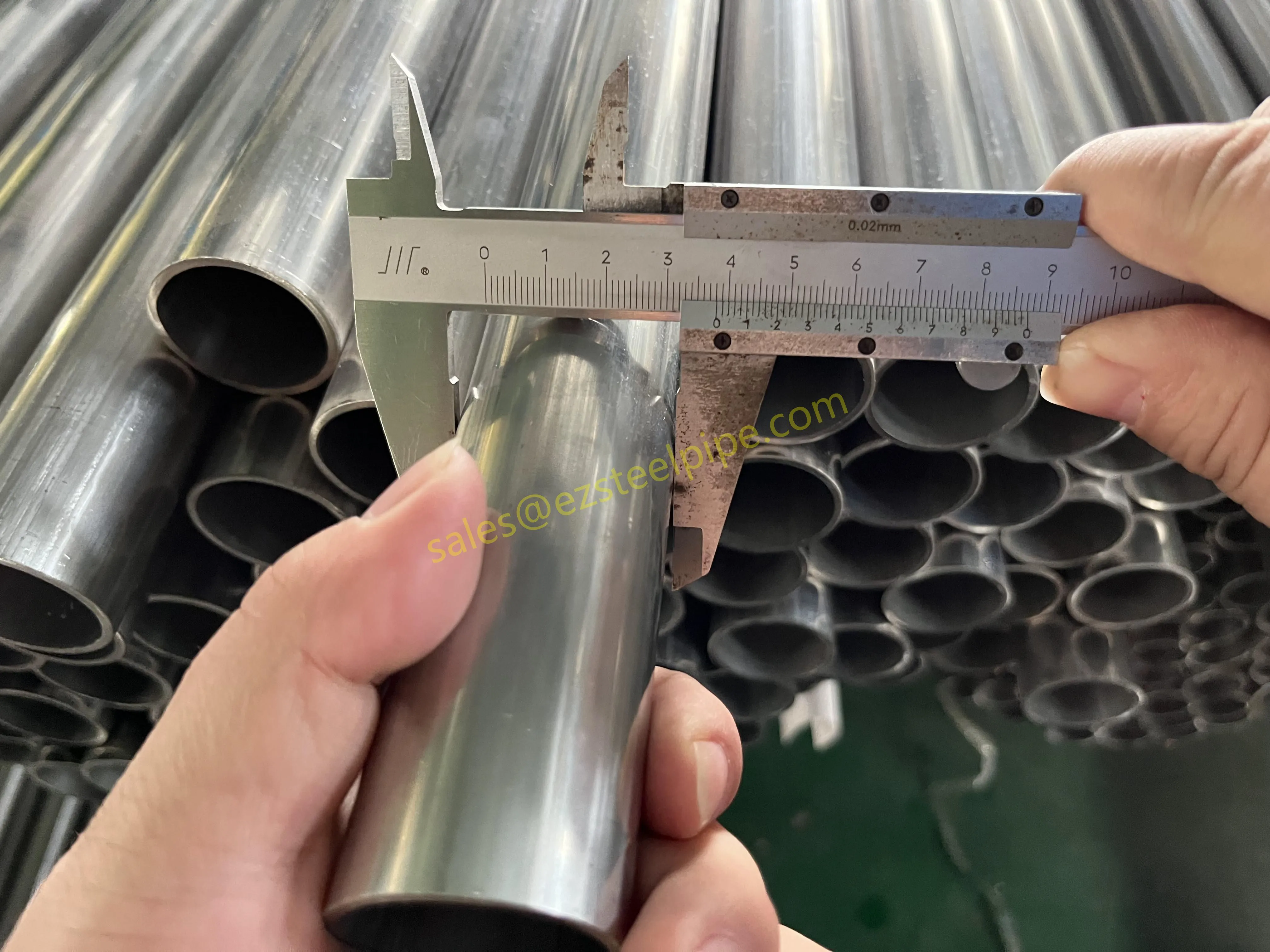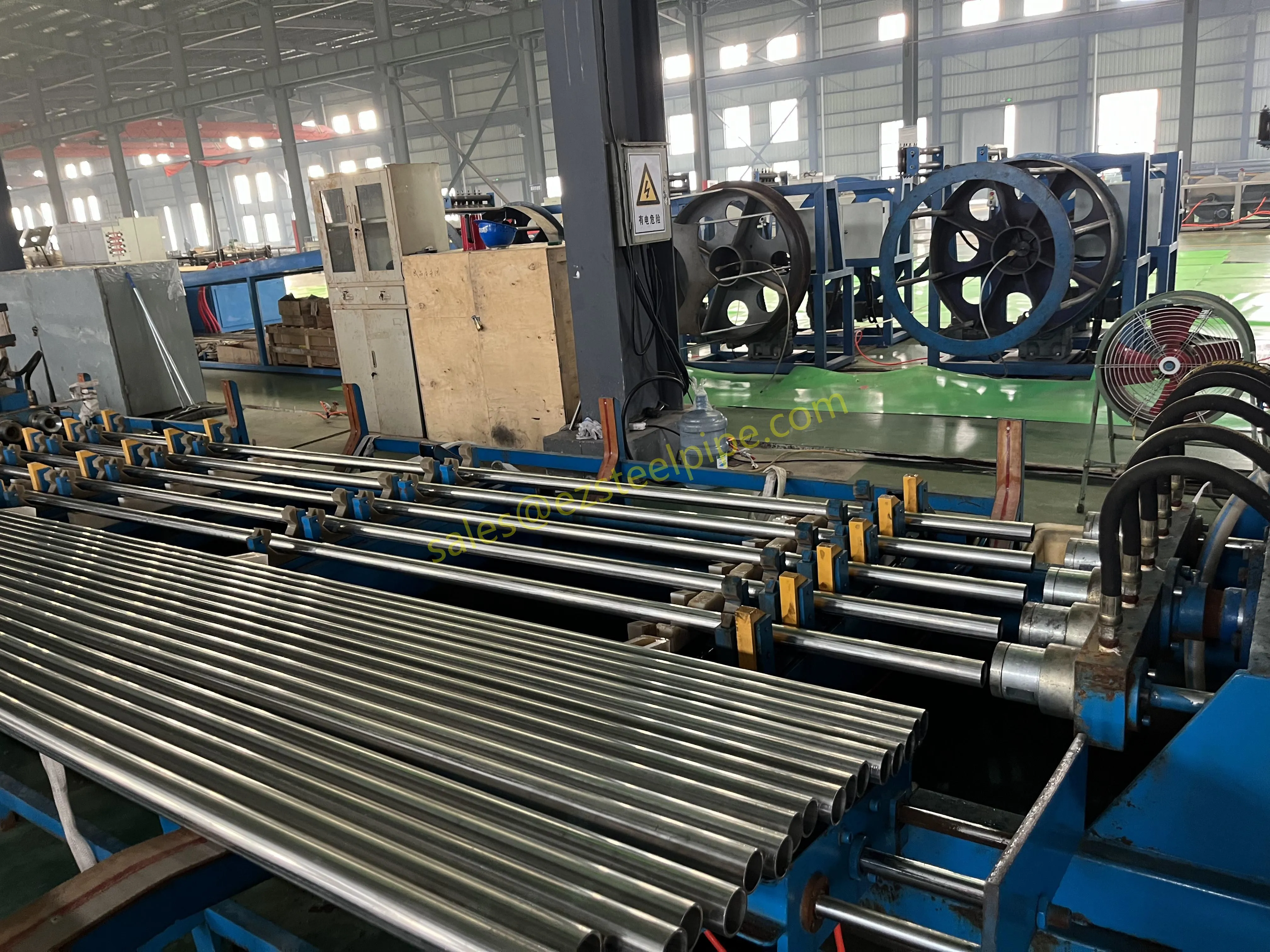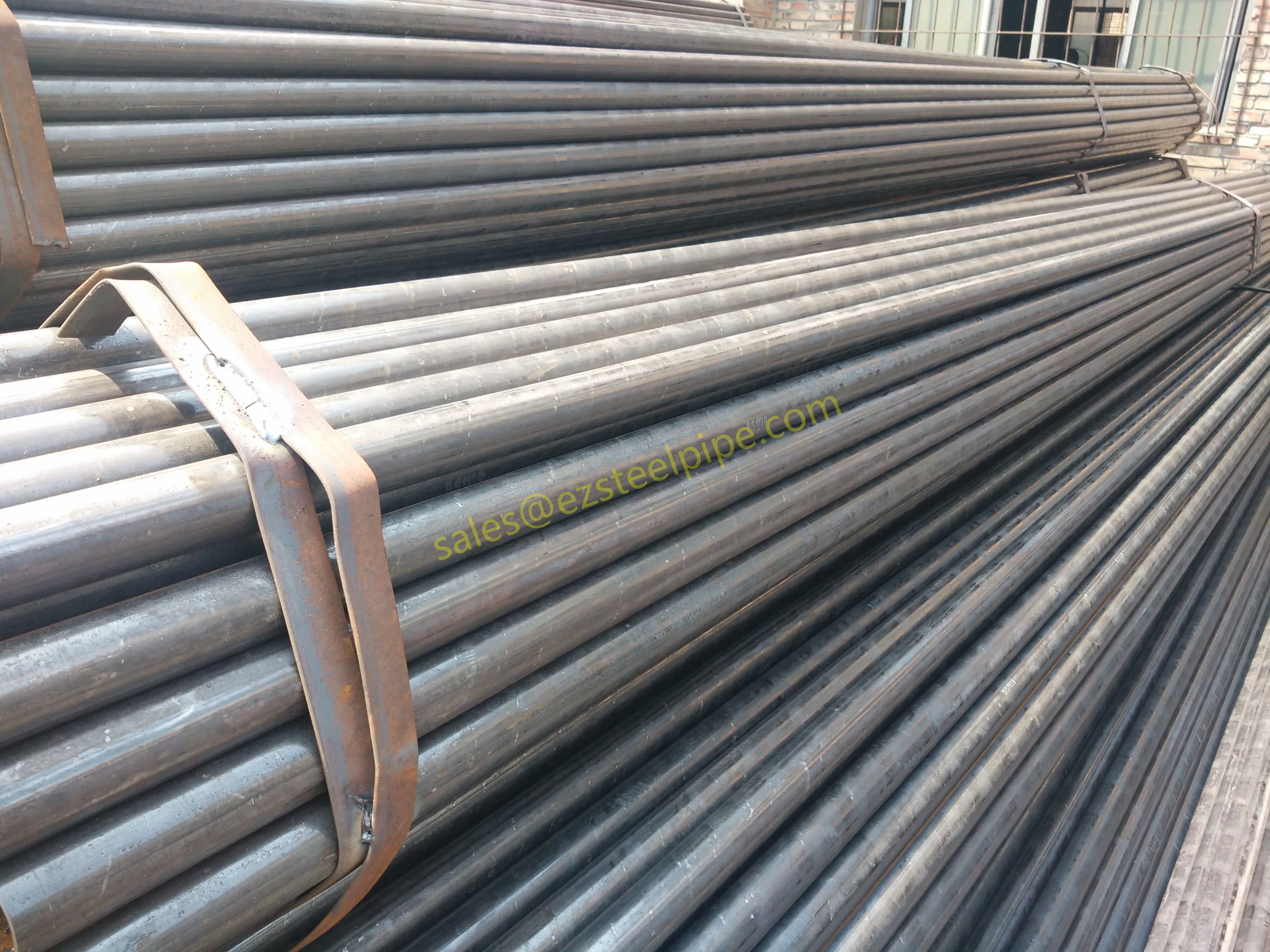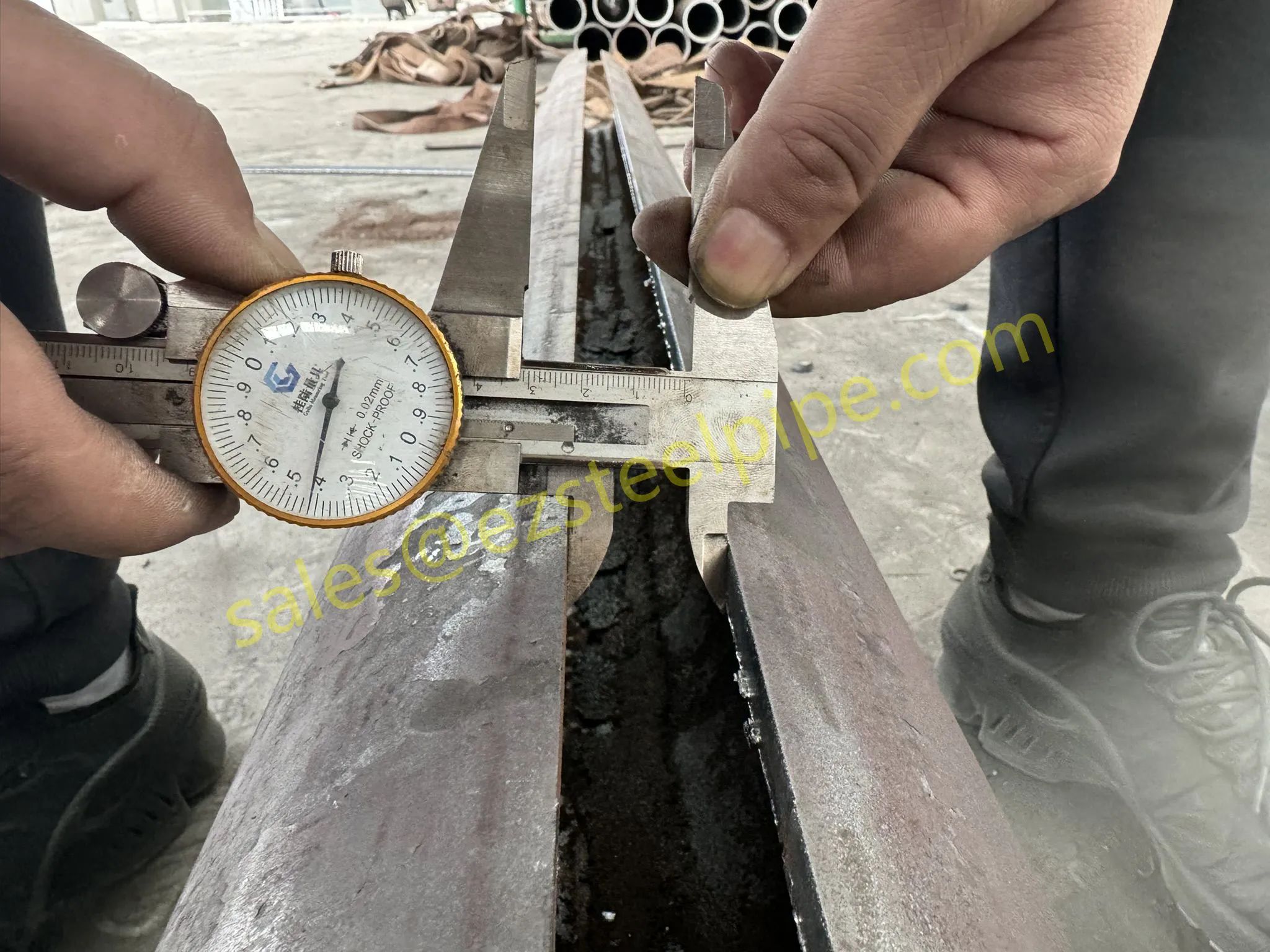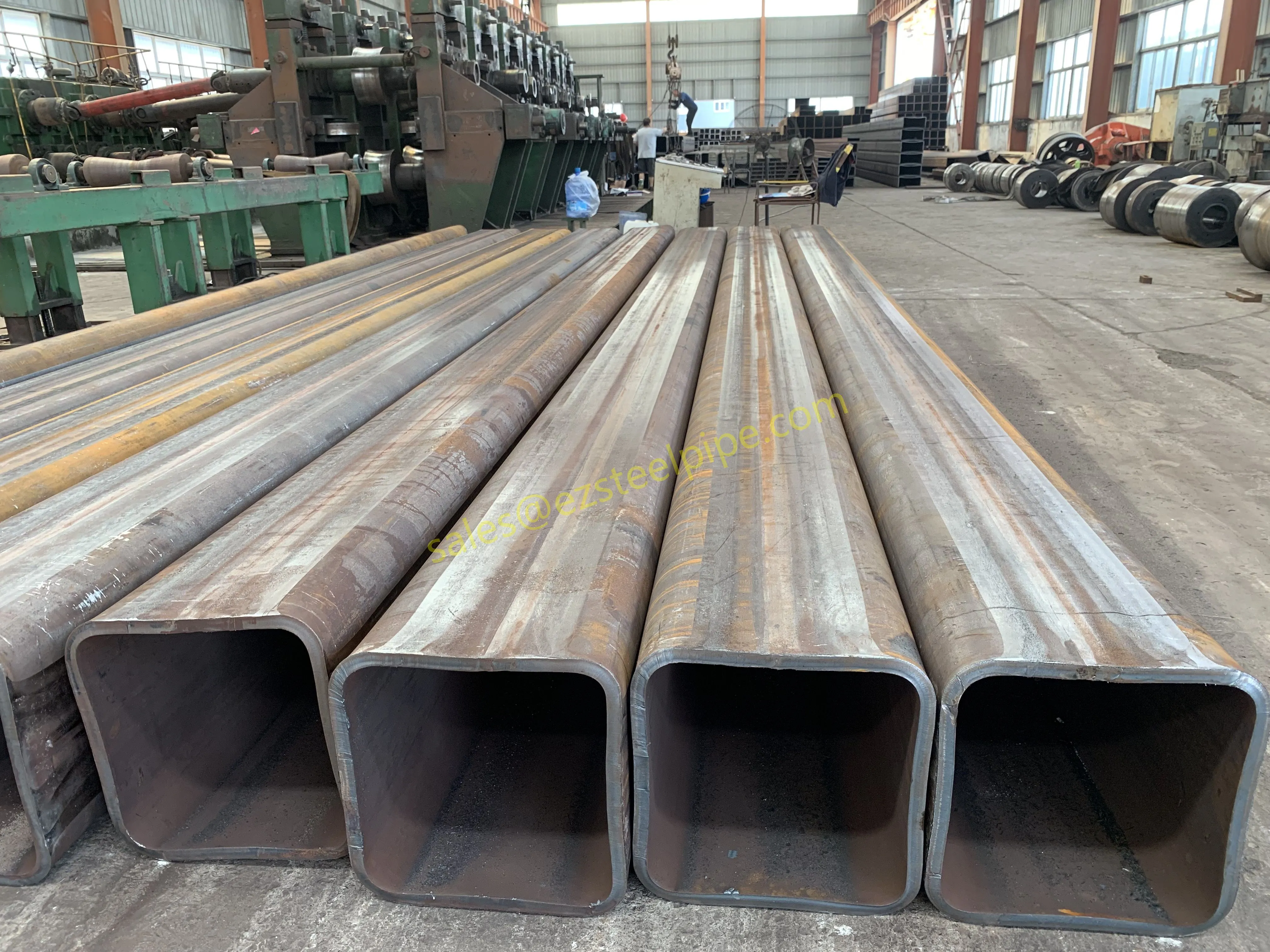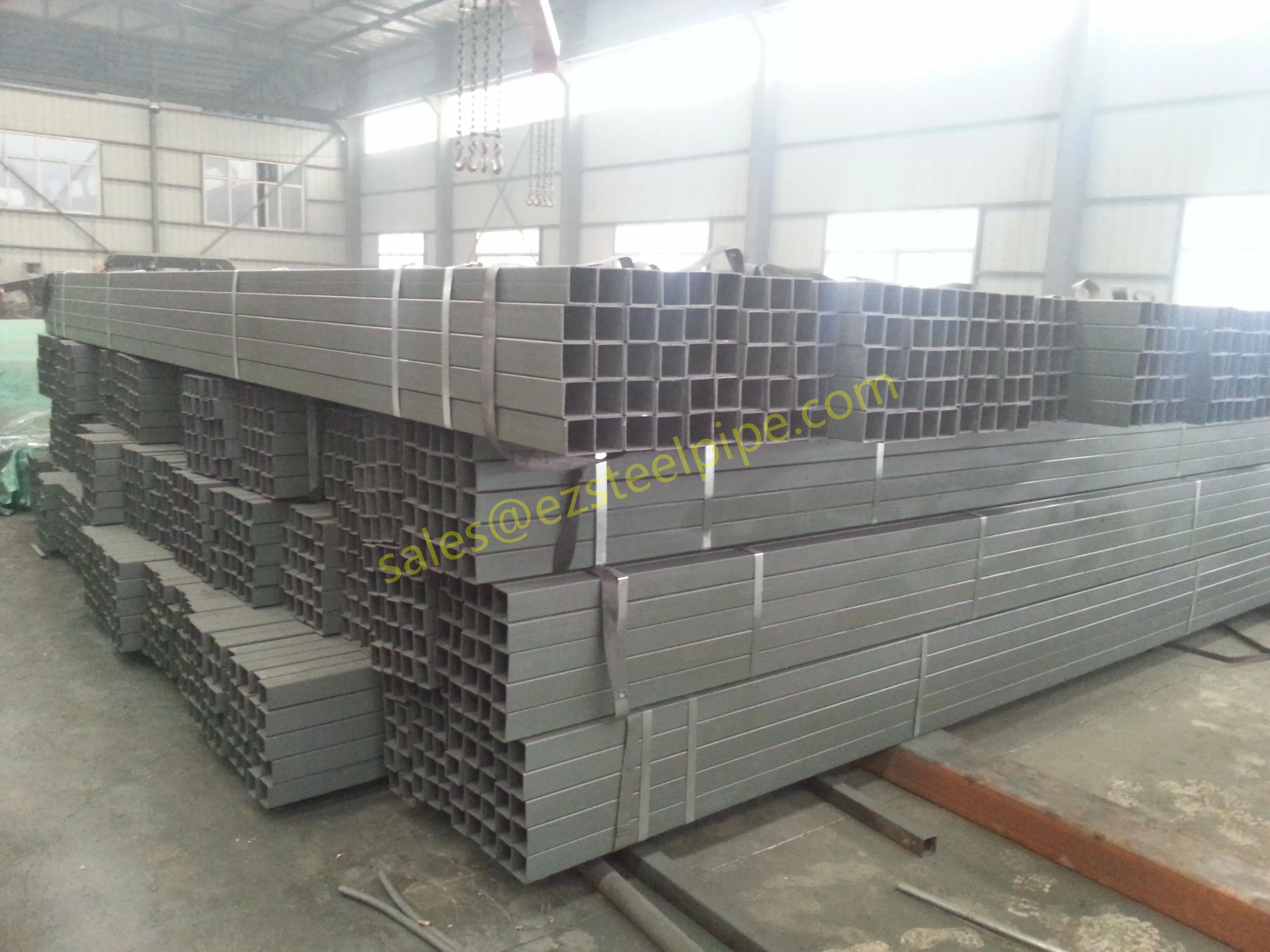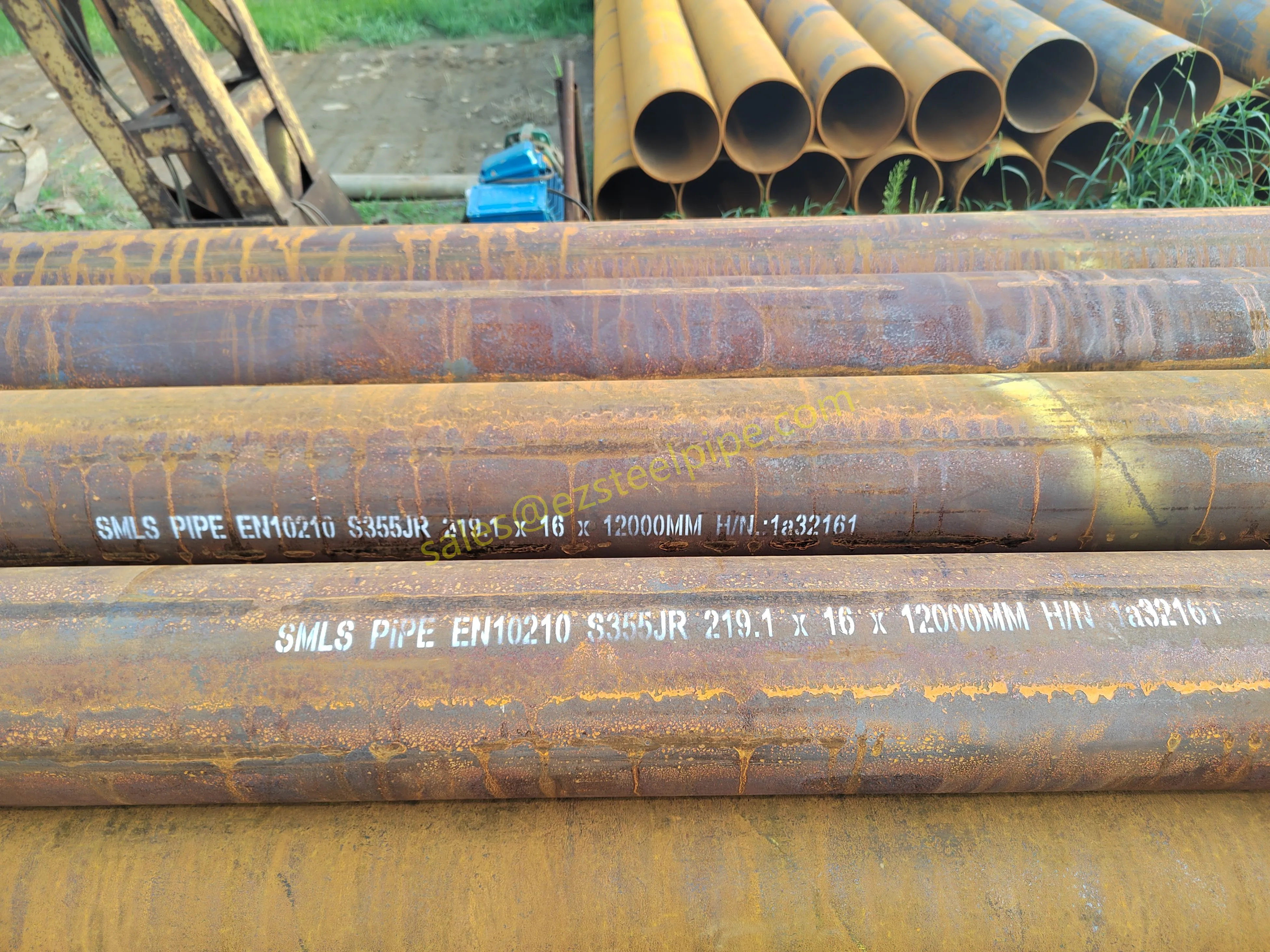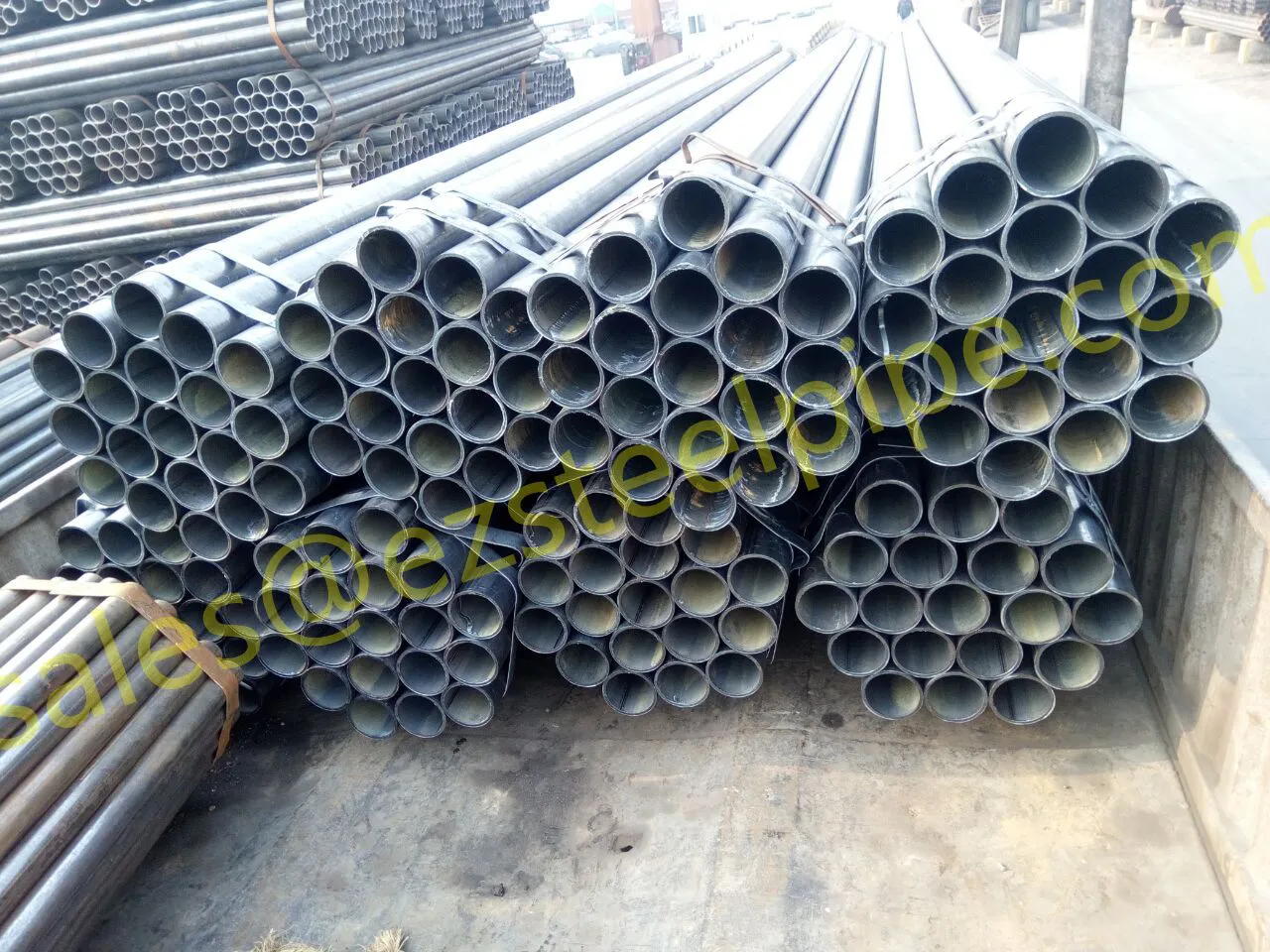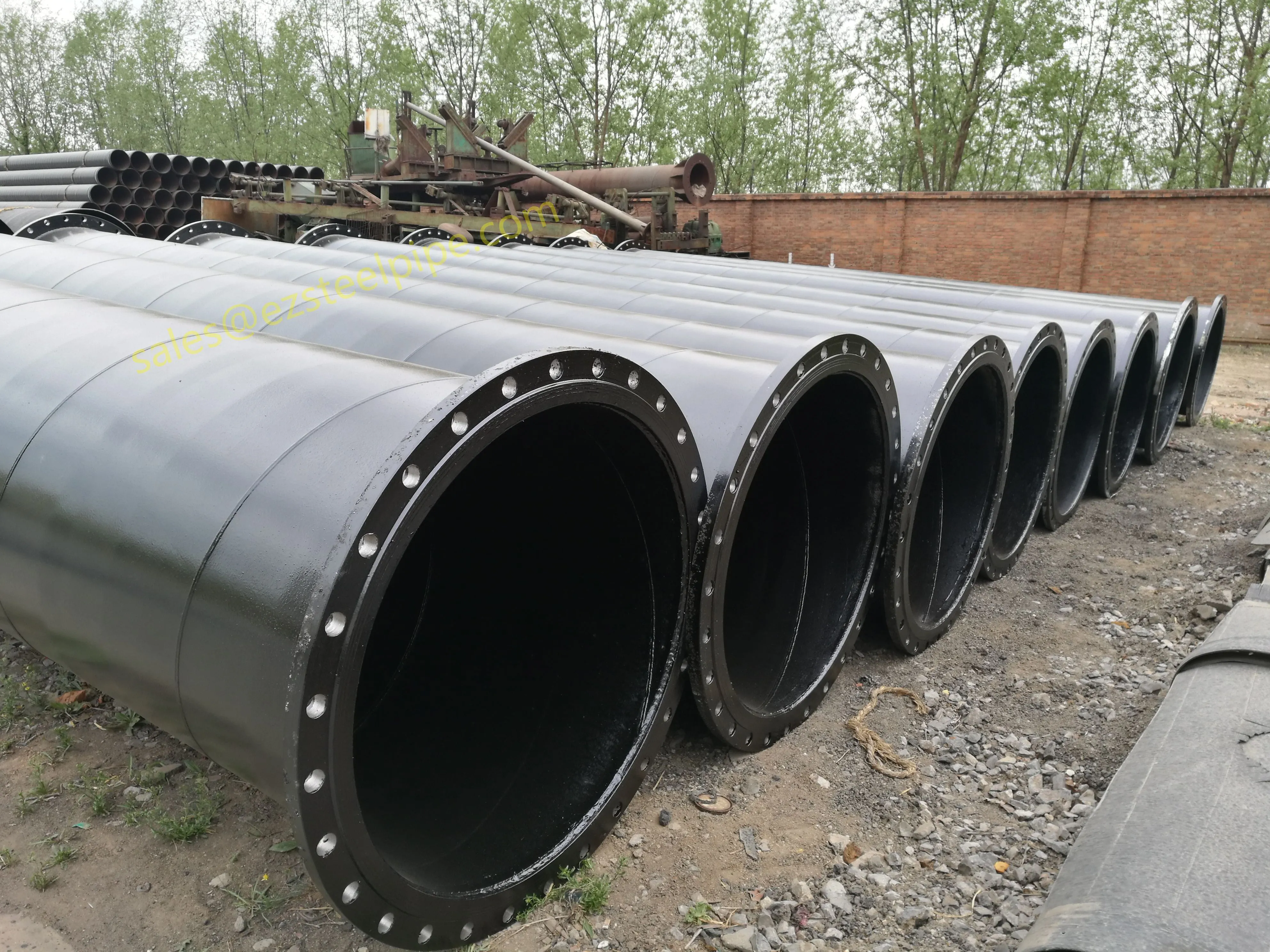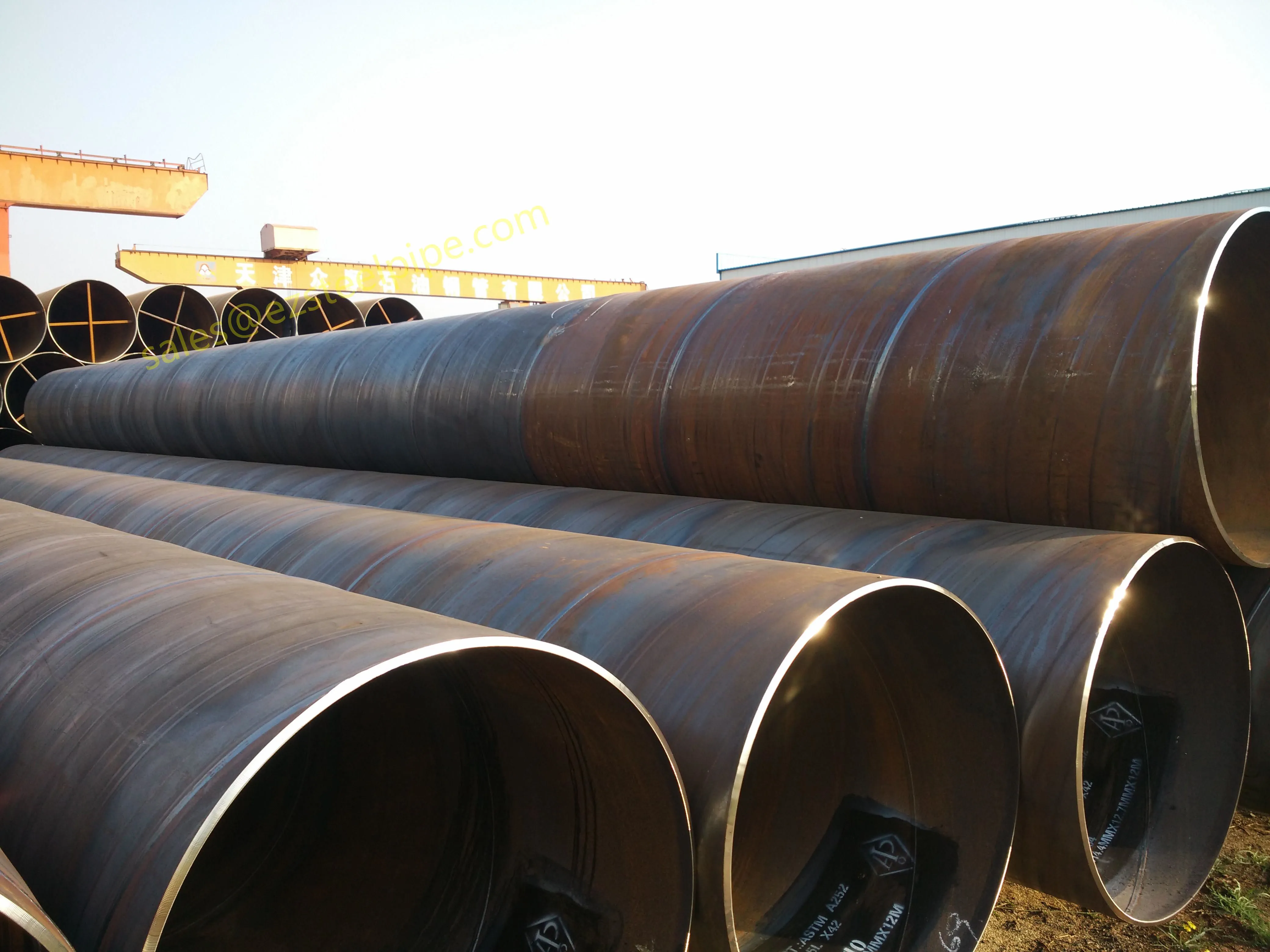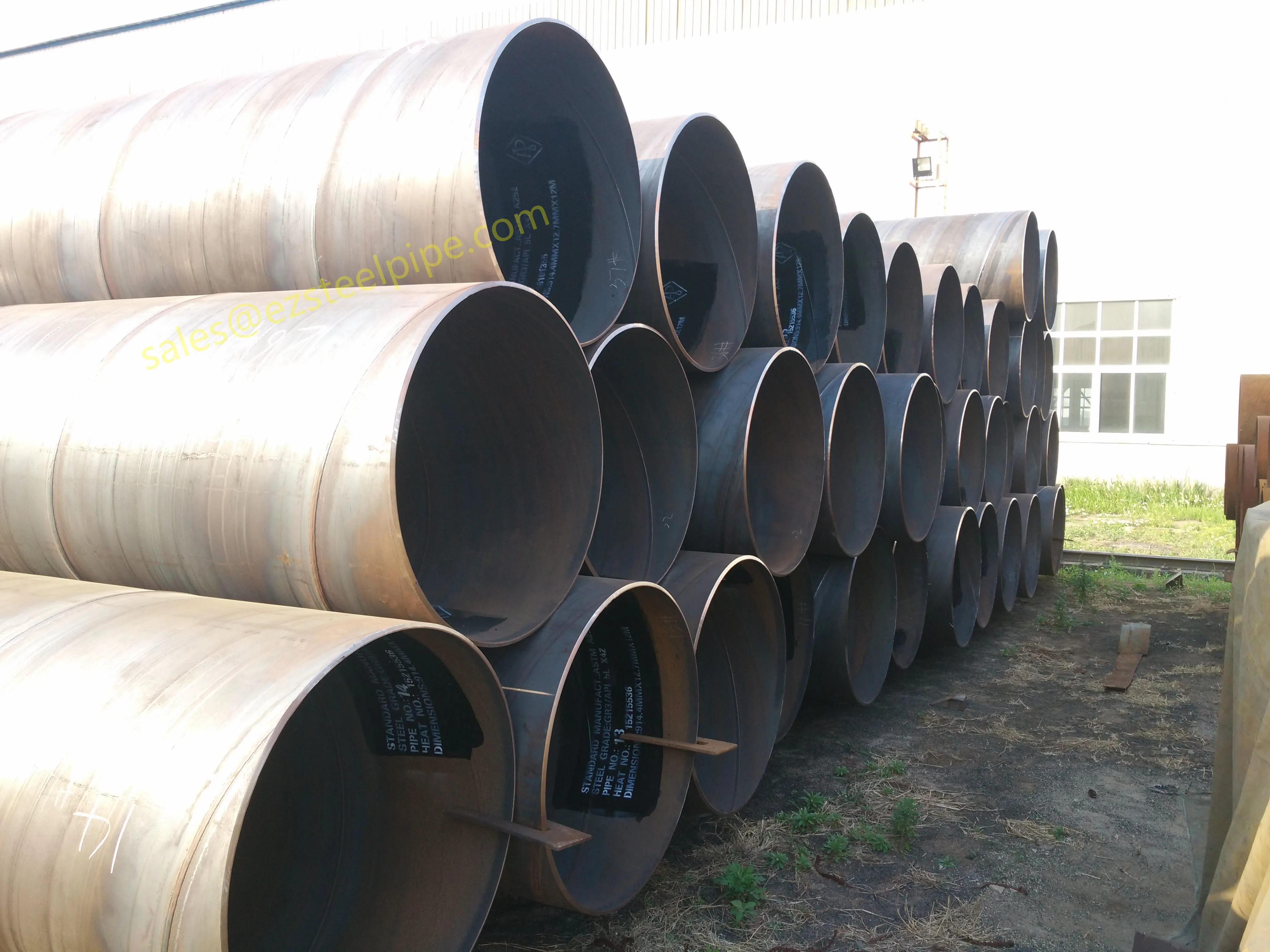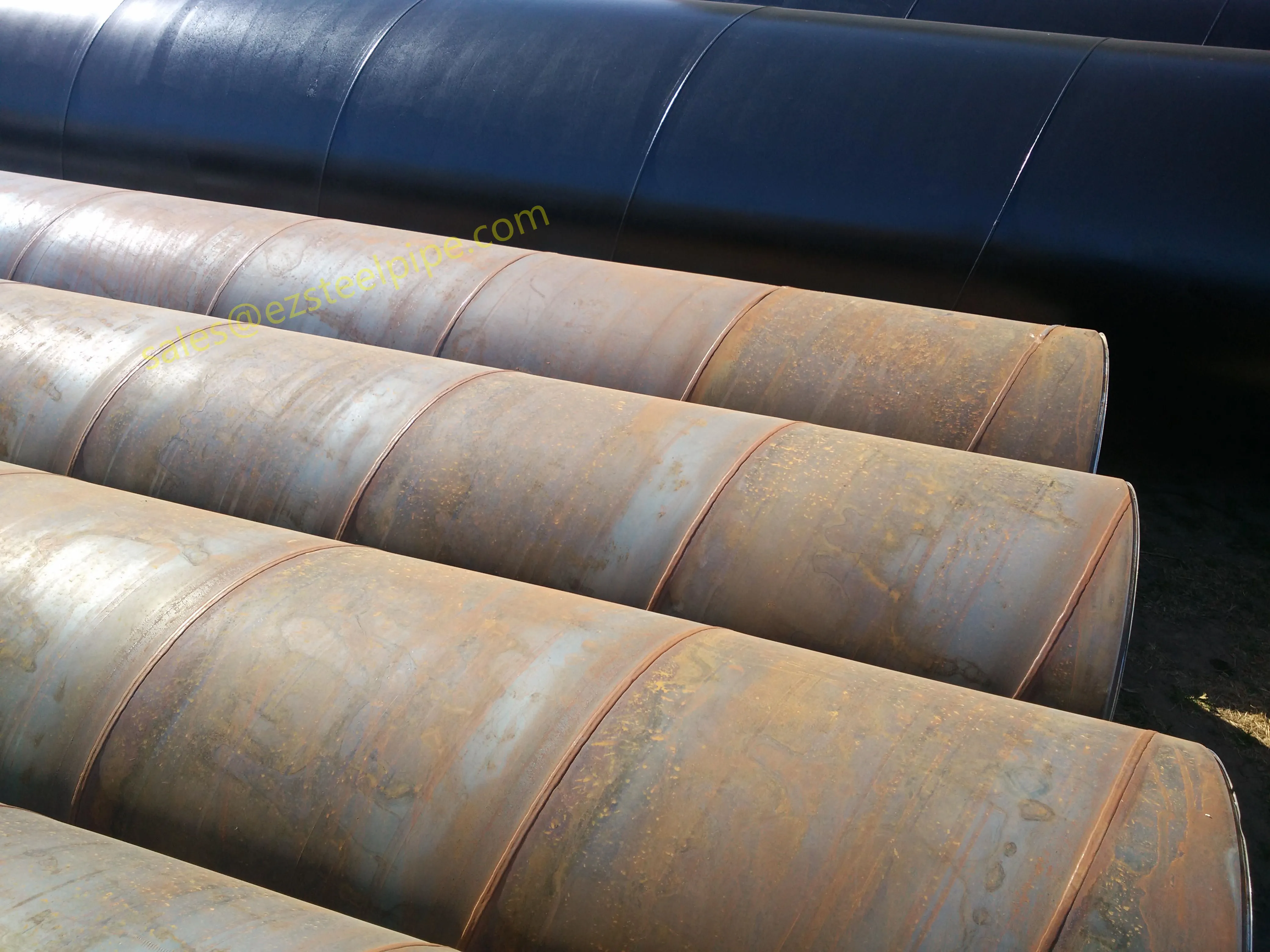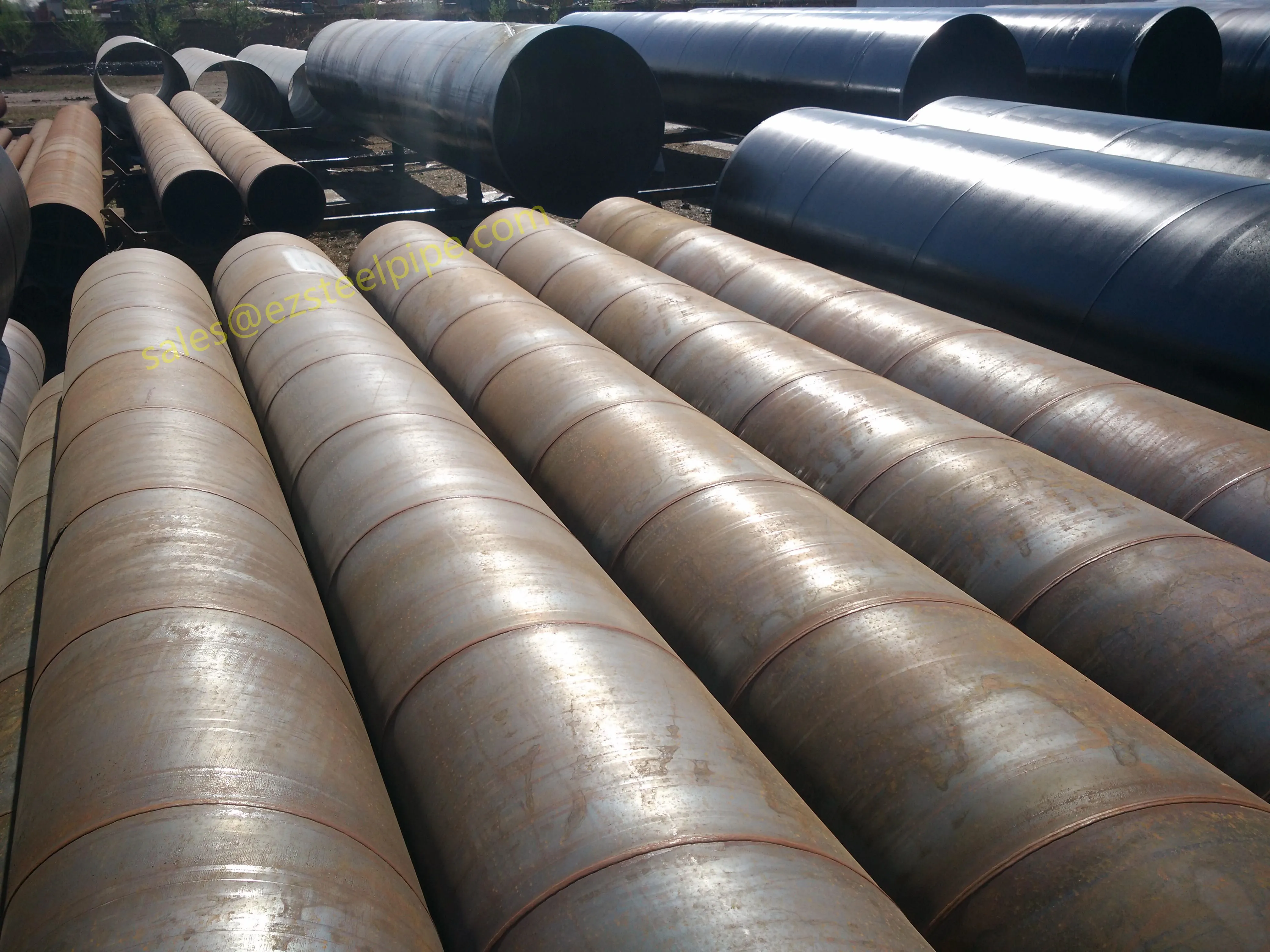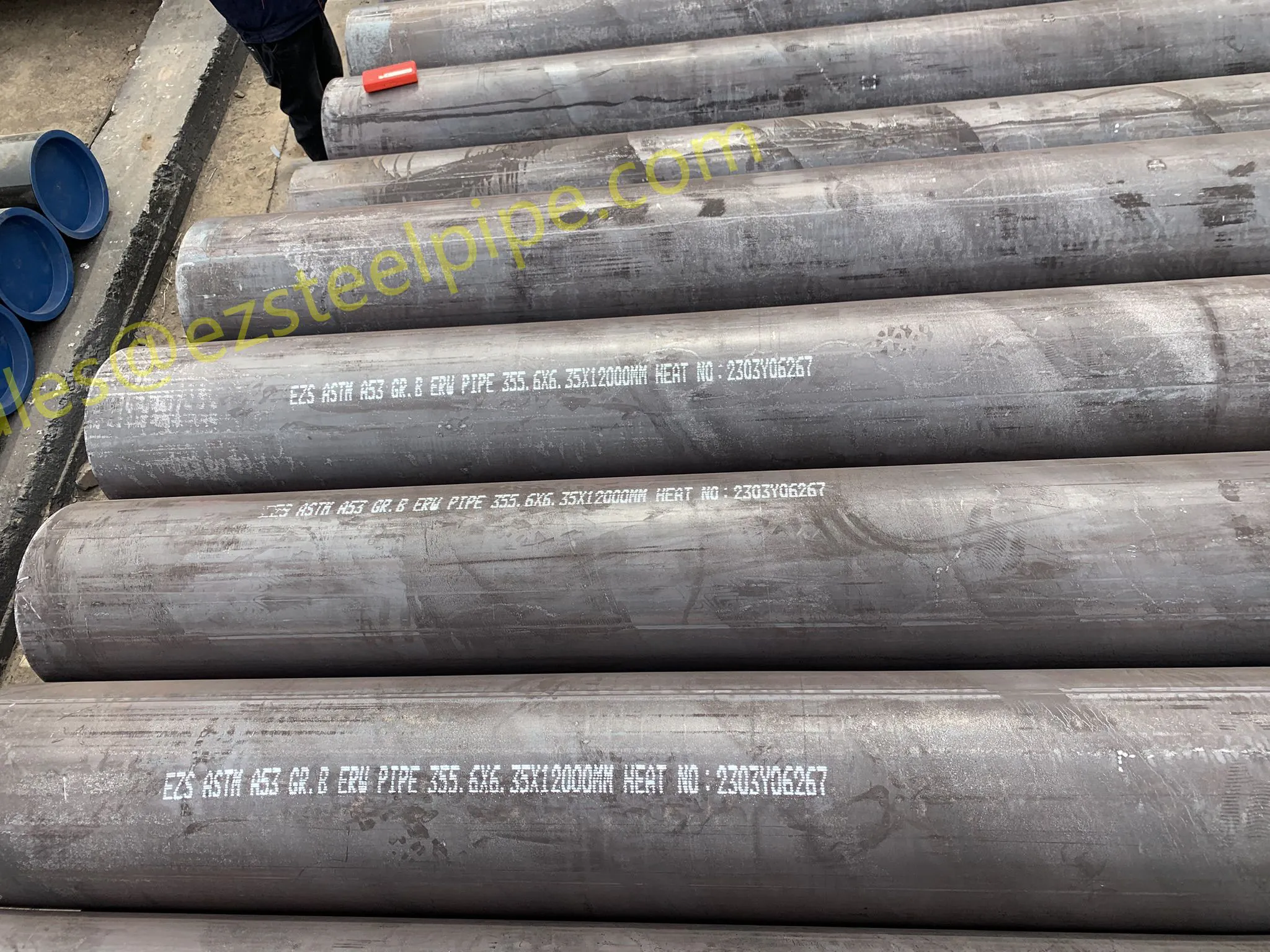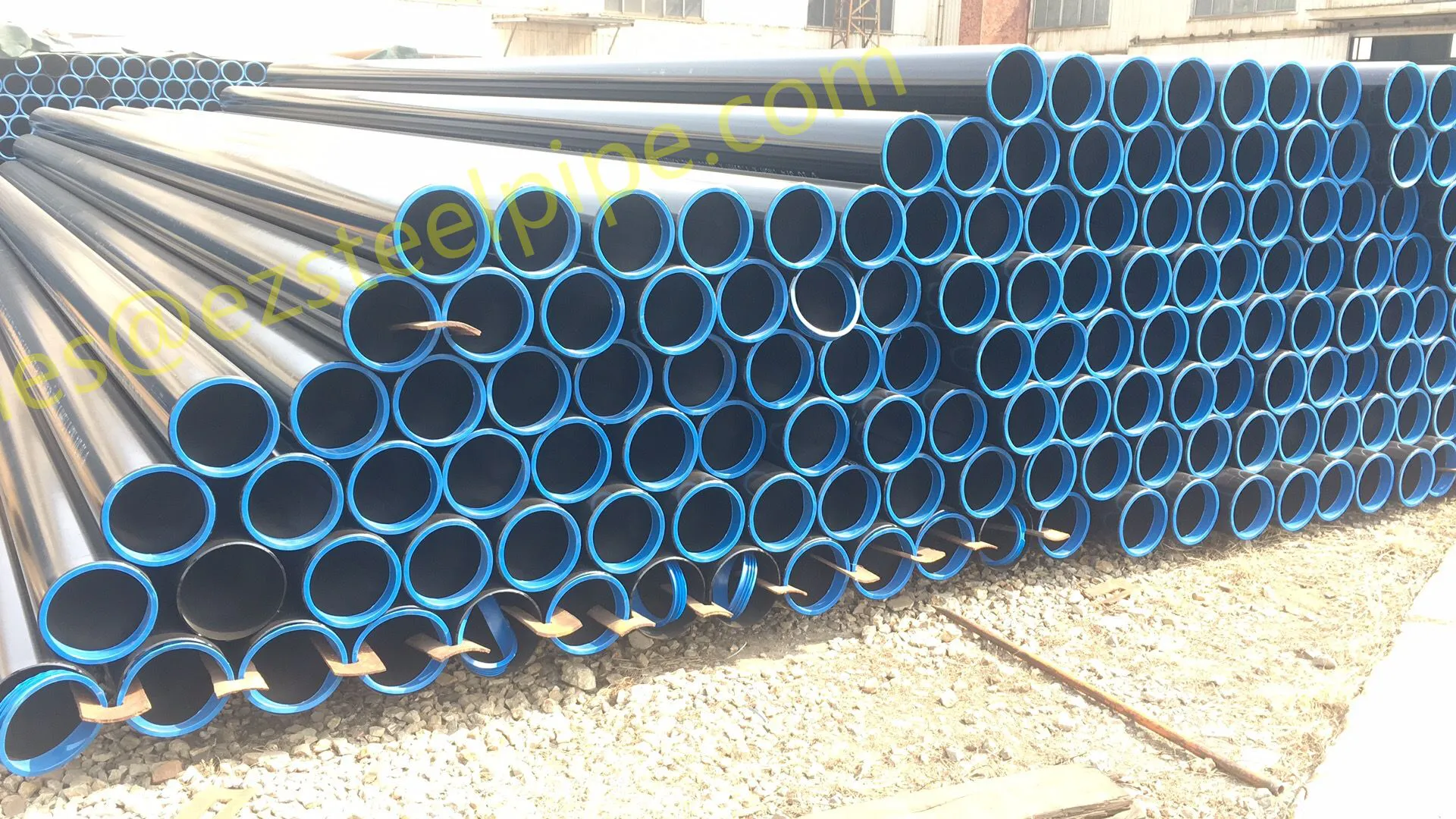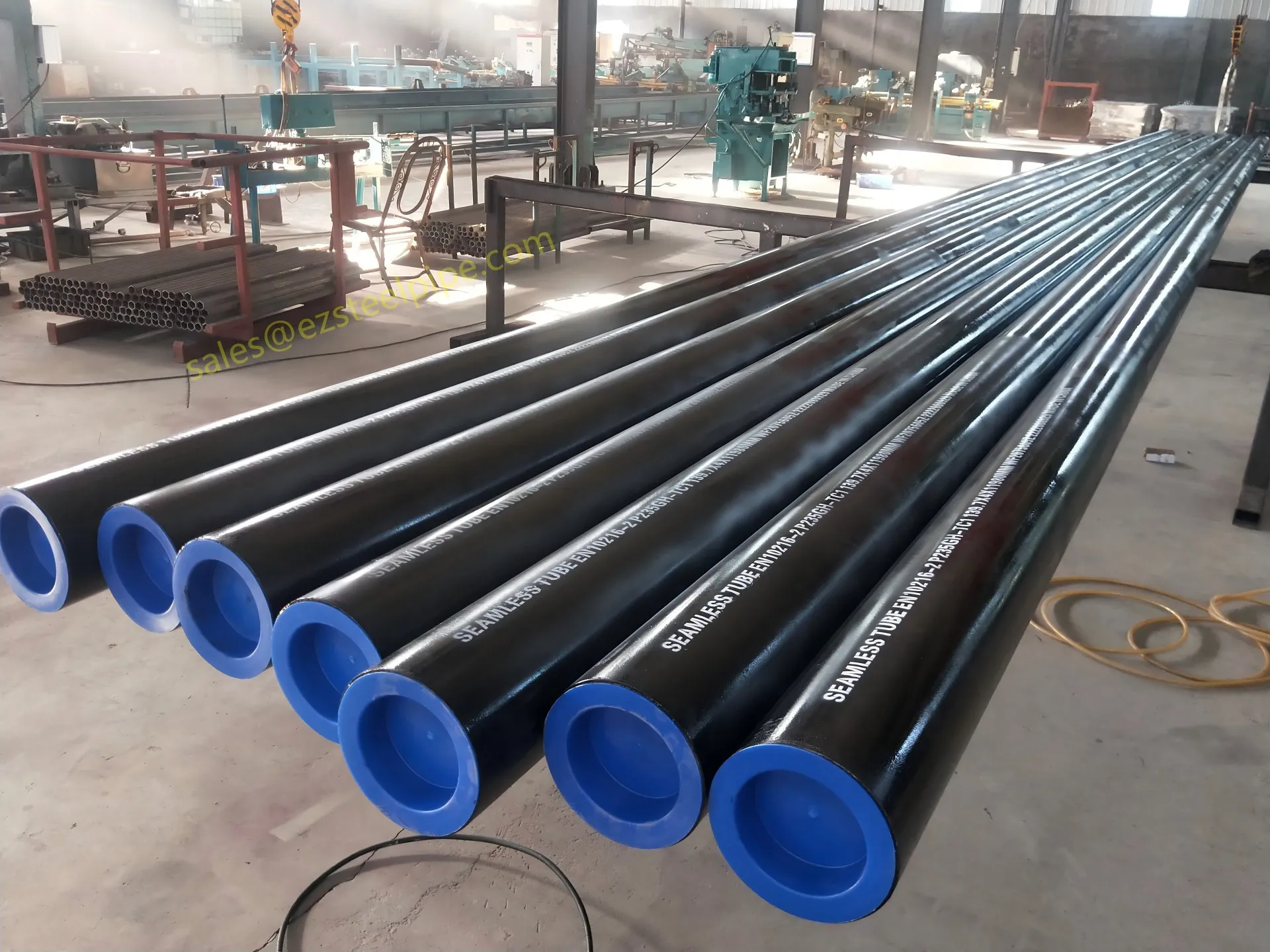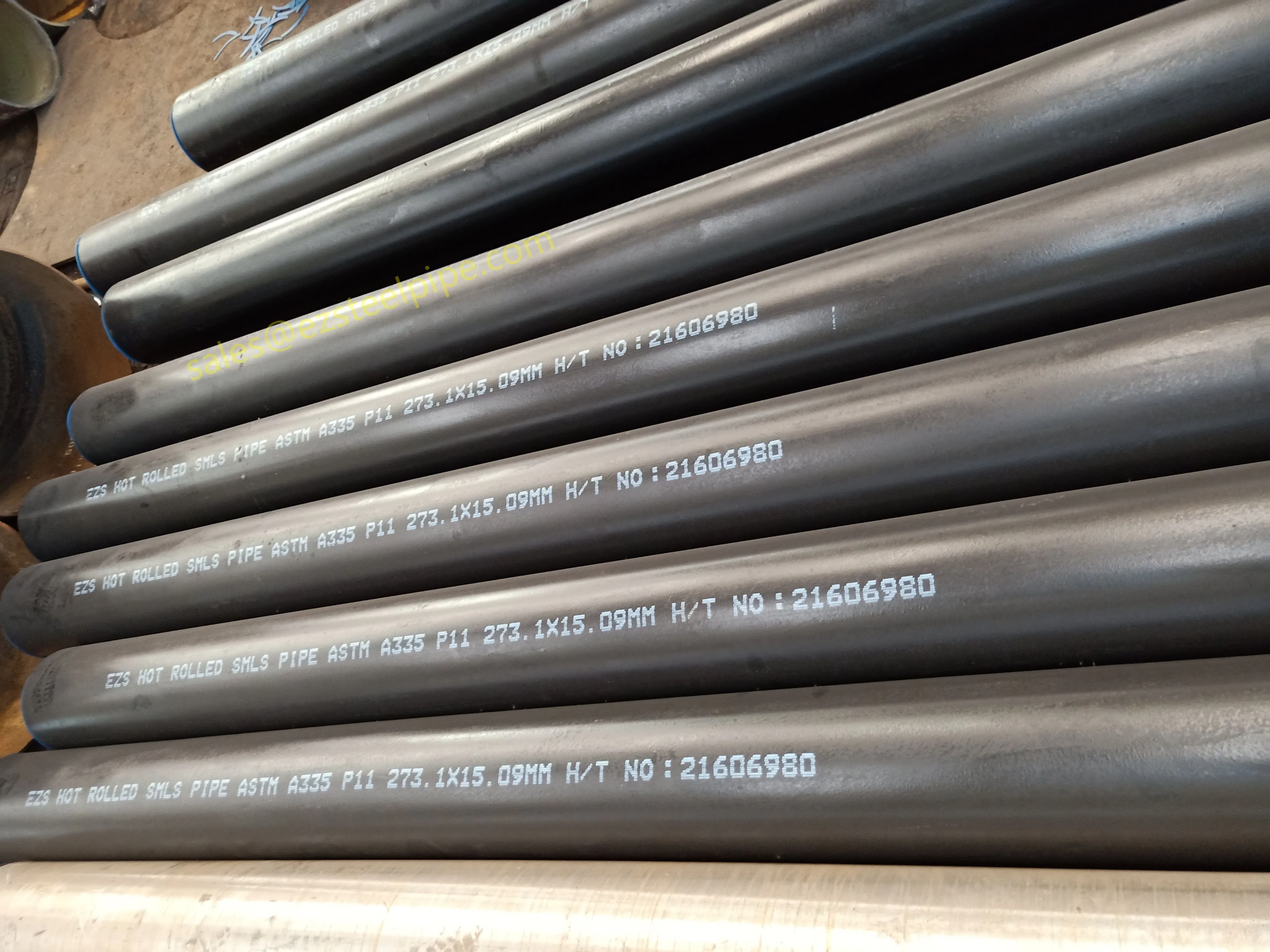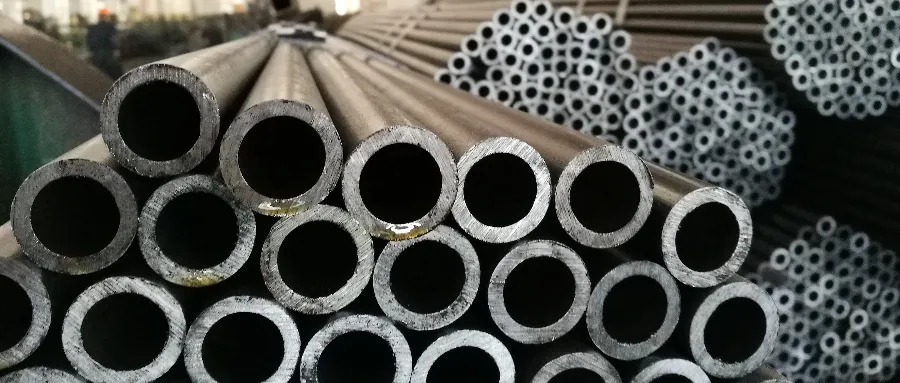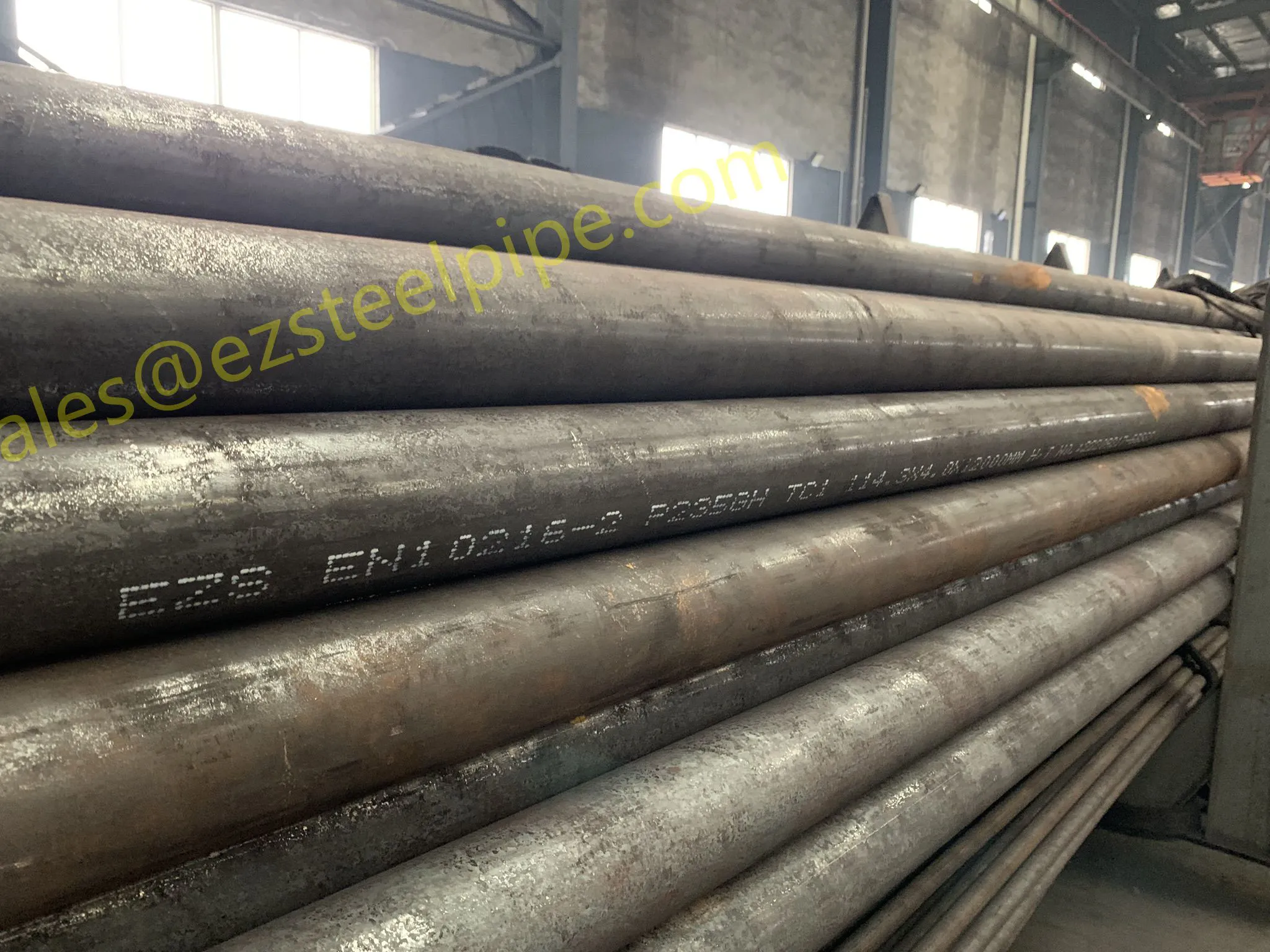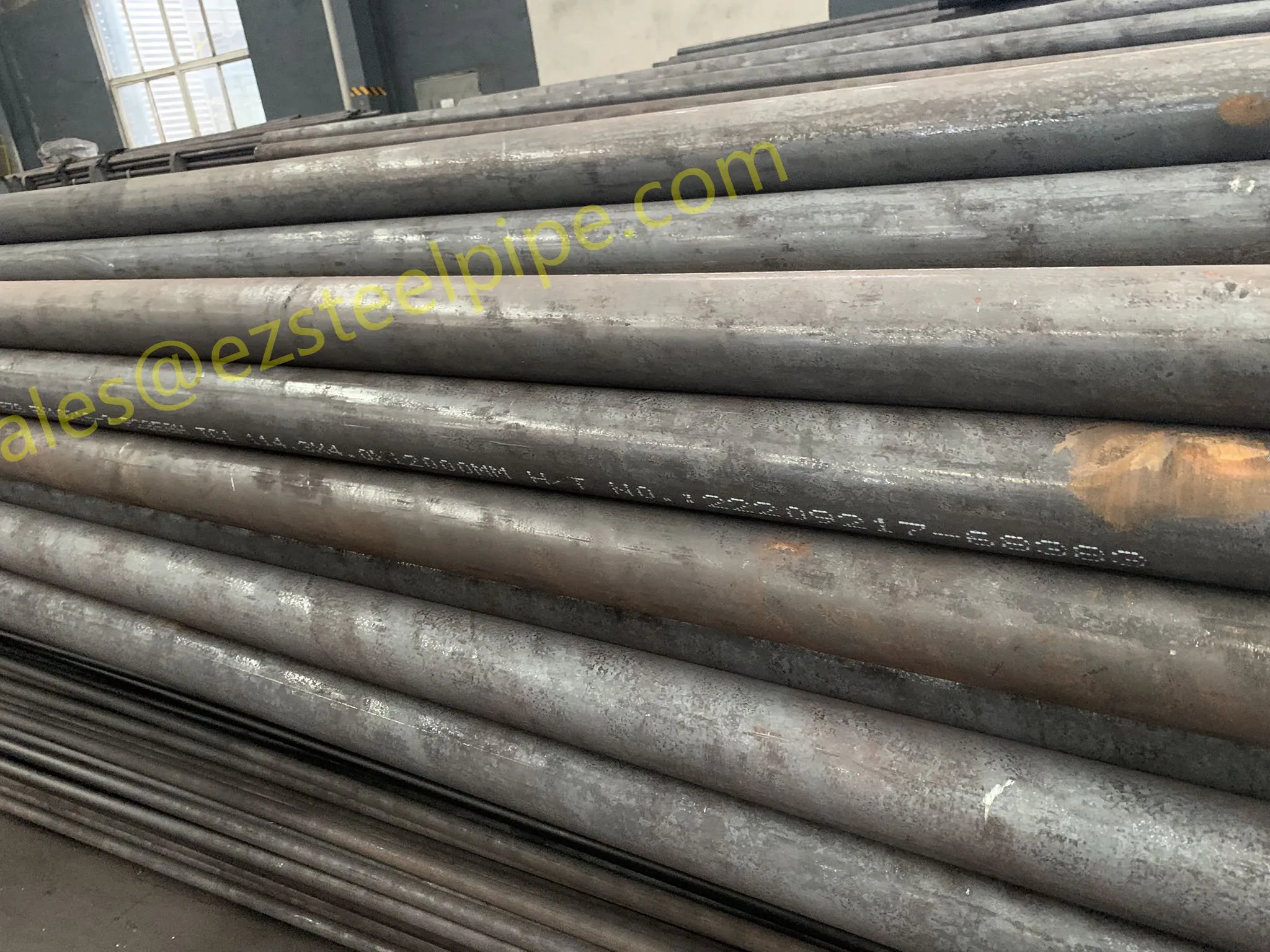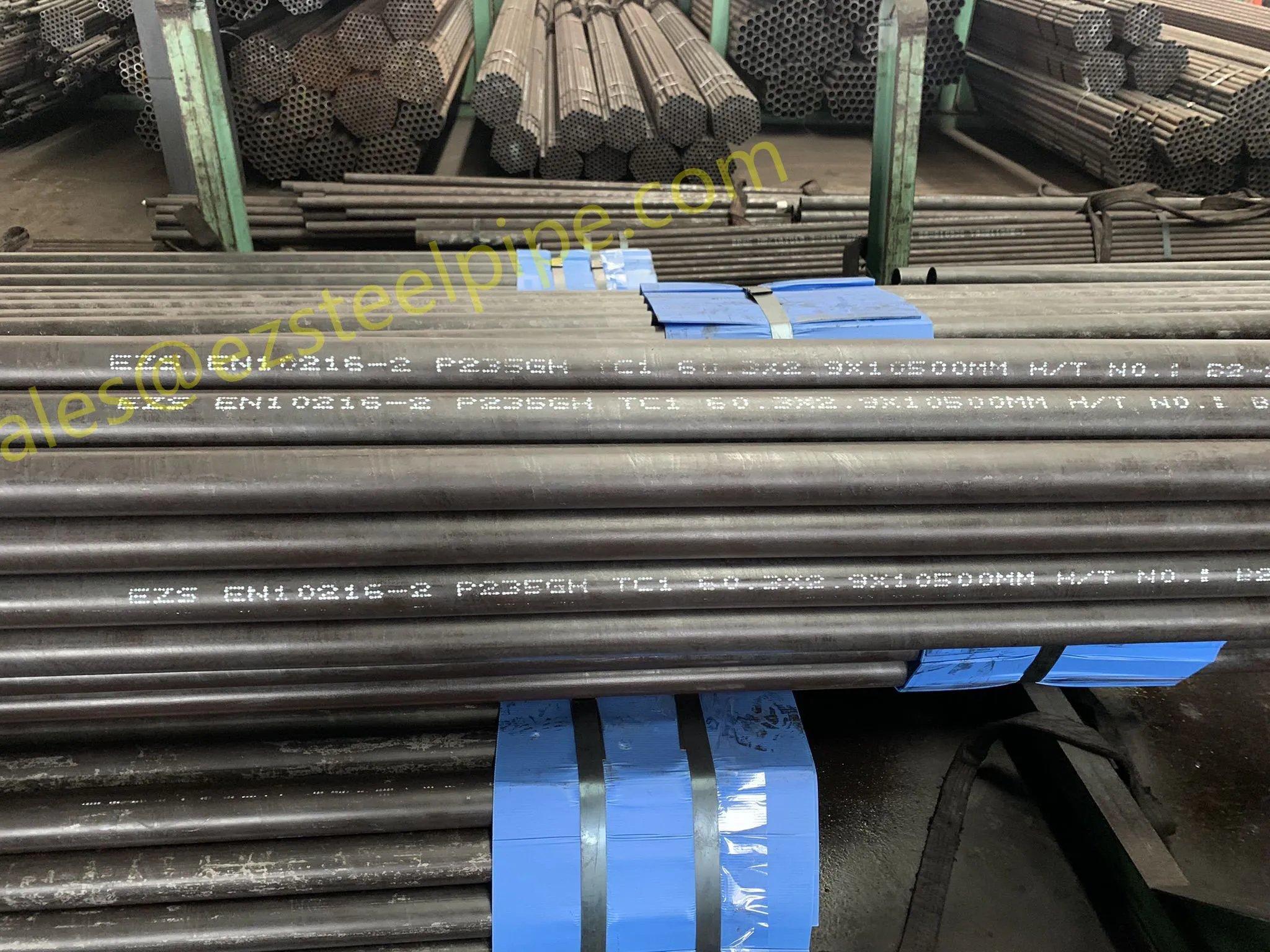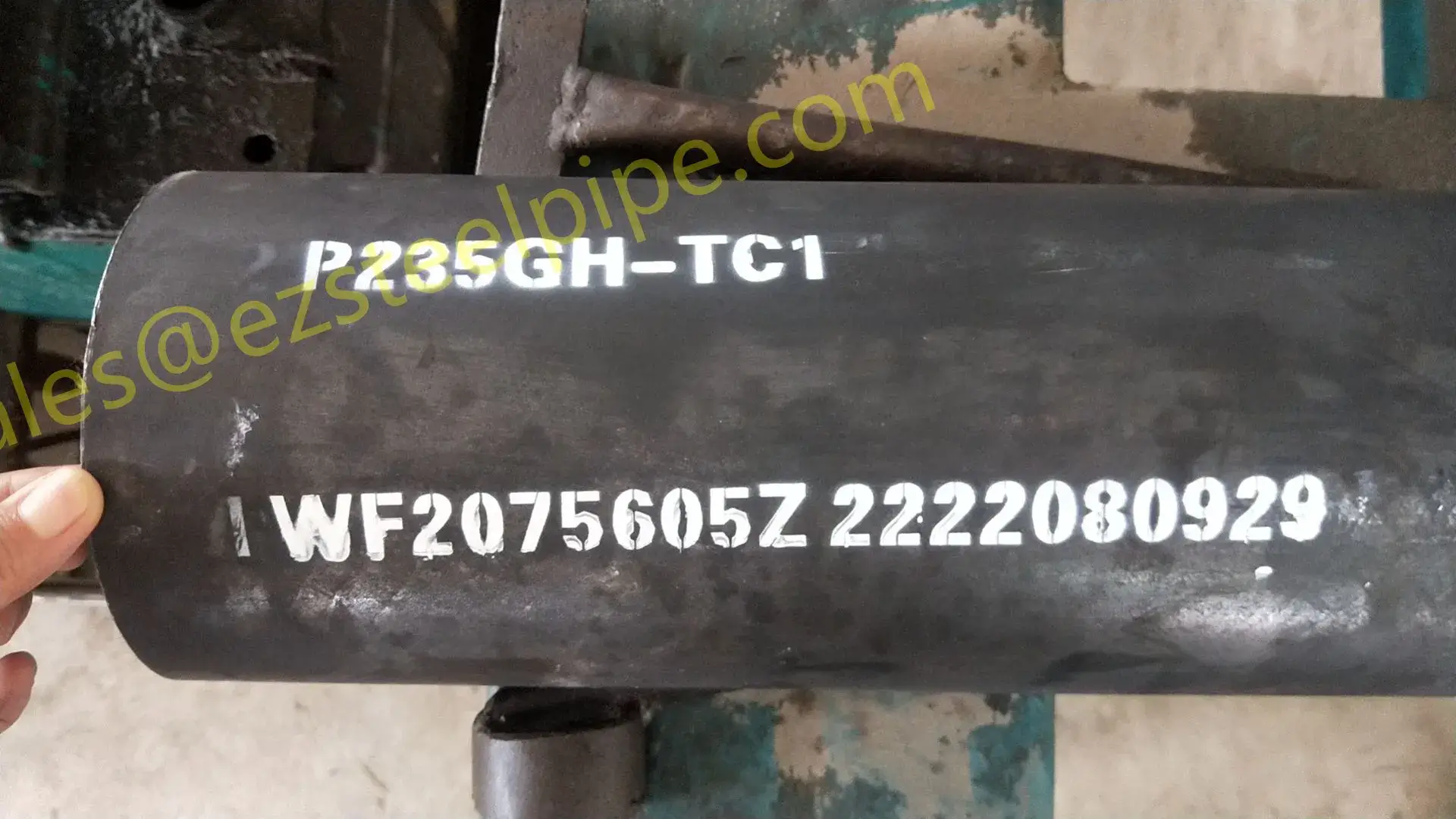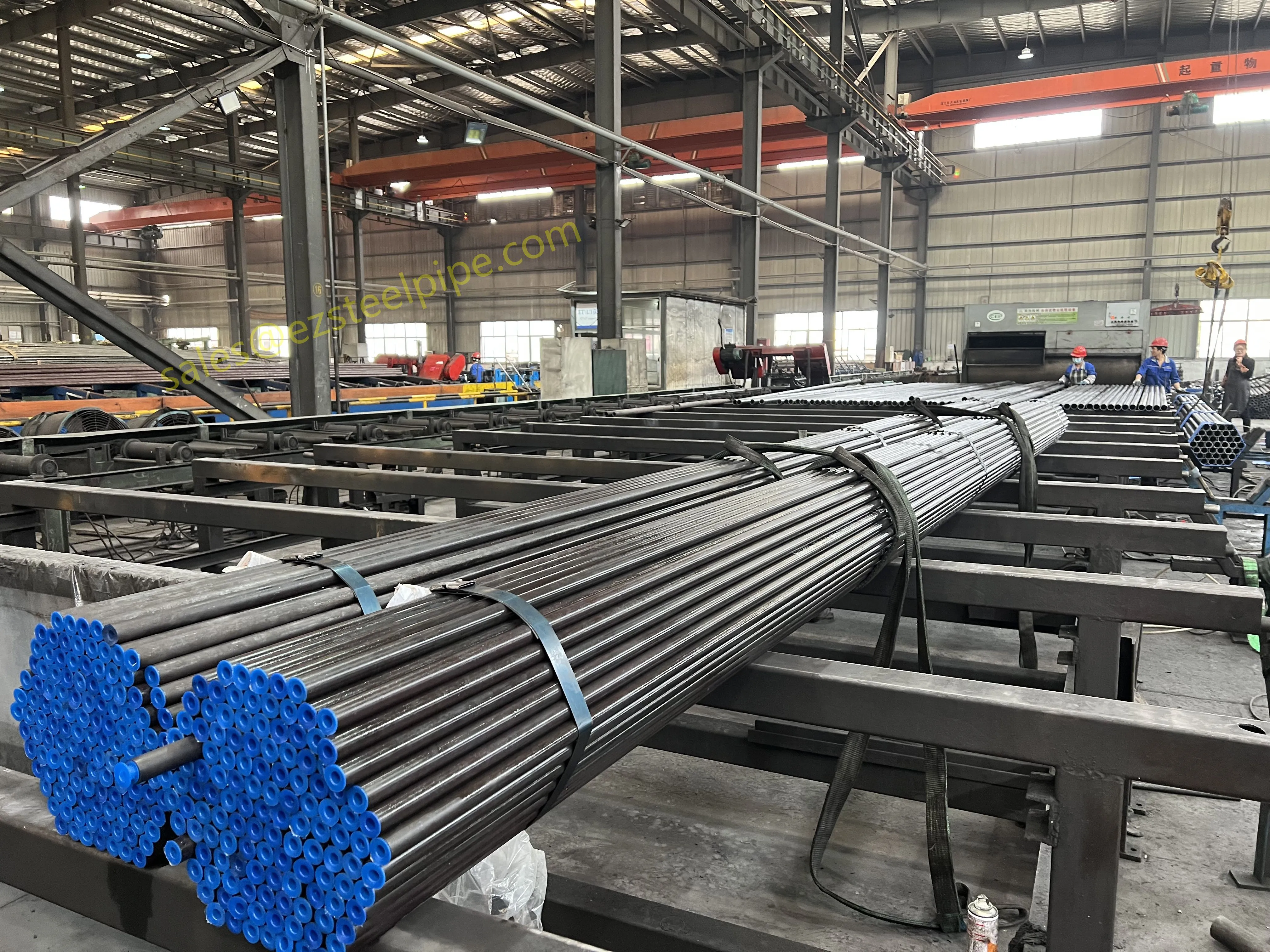At first glance, "stainless" might sound like a simple promise—no rust, no stains. But the reality is a marvel of materials science, rooted in the unique composition of stainless steel. Unlike ordinary carbon steel, which succumbs to rust when exposed to oxygen and moisture, stainless steel owes its resilience to a carefully balanced alloy of elements: primarily iron, but with crucial additions of chromium, nickel, and often molybdenum or titanium. These elements work in harmony to create a protective shield that actively fights corrosion.
The star player here is chromium . When stainless steel contains at least 10.5% chromium (the minimum for most grades), something extraordinary happens: the chromium reacts with oxygen in the air (or water) to form a thin, invisible layer of chromium oxide (Cr₂O₃) on the surface. This layer, called a "passive film," is just a few nanometers thick—thinner than a human hair—but it's incredibly dense and tightly bonded to the metal. It acts as a barrier, preventing oxygen and moisture from reaching the underlying iron, thus stopping rust in its tracks. What's even more impressive? If the passive film gets scratched or damaged (say, during installation or impact), the chromium in the steel immediately reacts with oxygen again to repair the layer, self-healing the protection.
But chromium isn't alone. Nickel is often added to enhance the steel's ductility and toughness, making it easier to form into fasteners like bolts, nuts, or washers without cracking. It also stabilizes the passive film, improving resistance to corrosion in acidic environments. Then there's molybdenum , a key ingredient in higher-grade stainless steels (like 316 or 317). Molybdenum boosts resistance to "pitting corrosion"—small, localized holes caused by chloride ions (found in saltwater, de-icing salts, or industrial chemicals). In environments where chlorides are present, molybdenum forms a more stable oxide layer, preventing these tiny pits from growing into larger, structural failures.
Together, these elements create a material that doesn't just resist corrosion—it outsmarts it. Whether facing rain, salt spray, chemicals, or extreme temperatures, stainless steel fasteners maintain their integrity, ensuring the structures and systems they hold together stay strong for years, even decades.
 export@ezsteelpipe.com
export@ezsteelpipe.com +86 731 8870 6116
+86 731 8870 6116






 Related Products
Related Products

